The Balkan Beat
Croatia’s Adriatic Ease
The beach pebbles dimpled our skin, while the sun beat down relentlessly, driving us into sea-green waters that shimmered from shore to horizon. The cool relief of floating in the salty surf, so clear that we could see the dazzling dance of tiny fish below, was so hypnotic that we were only brought out of our summery spell whenever we raised our heads to peer up at the stunning shoreline in the distance. The towering island cliffs, garlanded in lush pine, gave way to the jagged, chalky rock-face that crashed down to the craggy shore. There was hardly a need to move a muscle, the pristine yet briny water keeping us afloat, while a feeling of complete and utter joy enveloped us. We're in heaven. We'd arrived to Croatia’s beautiful coast.
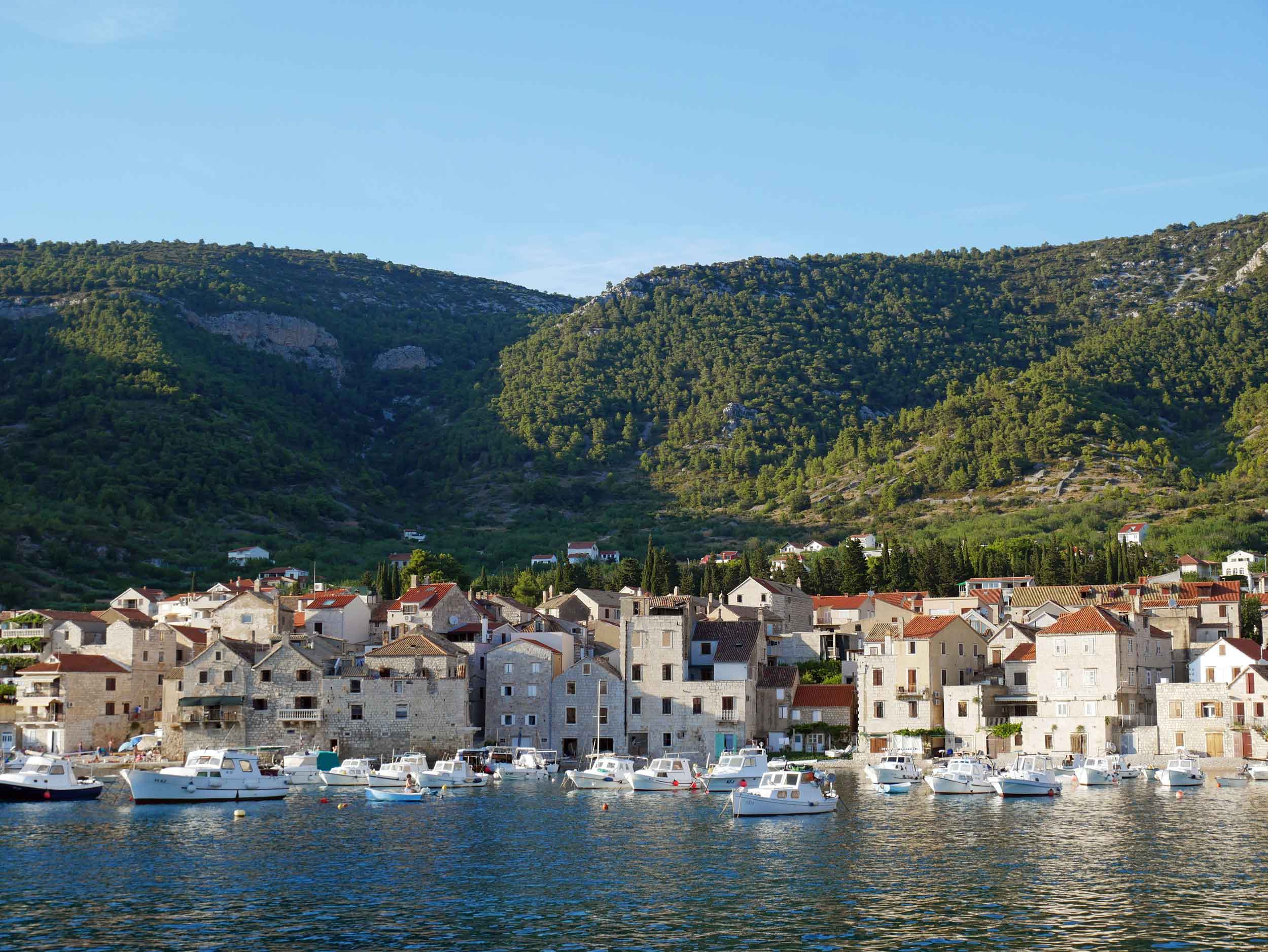
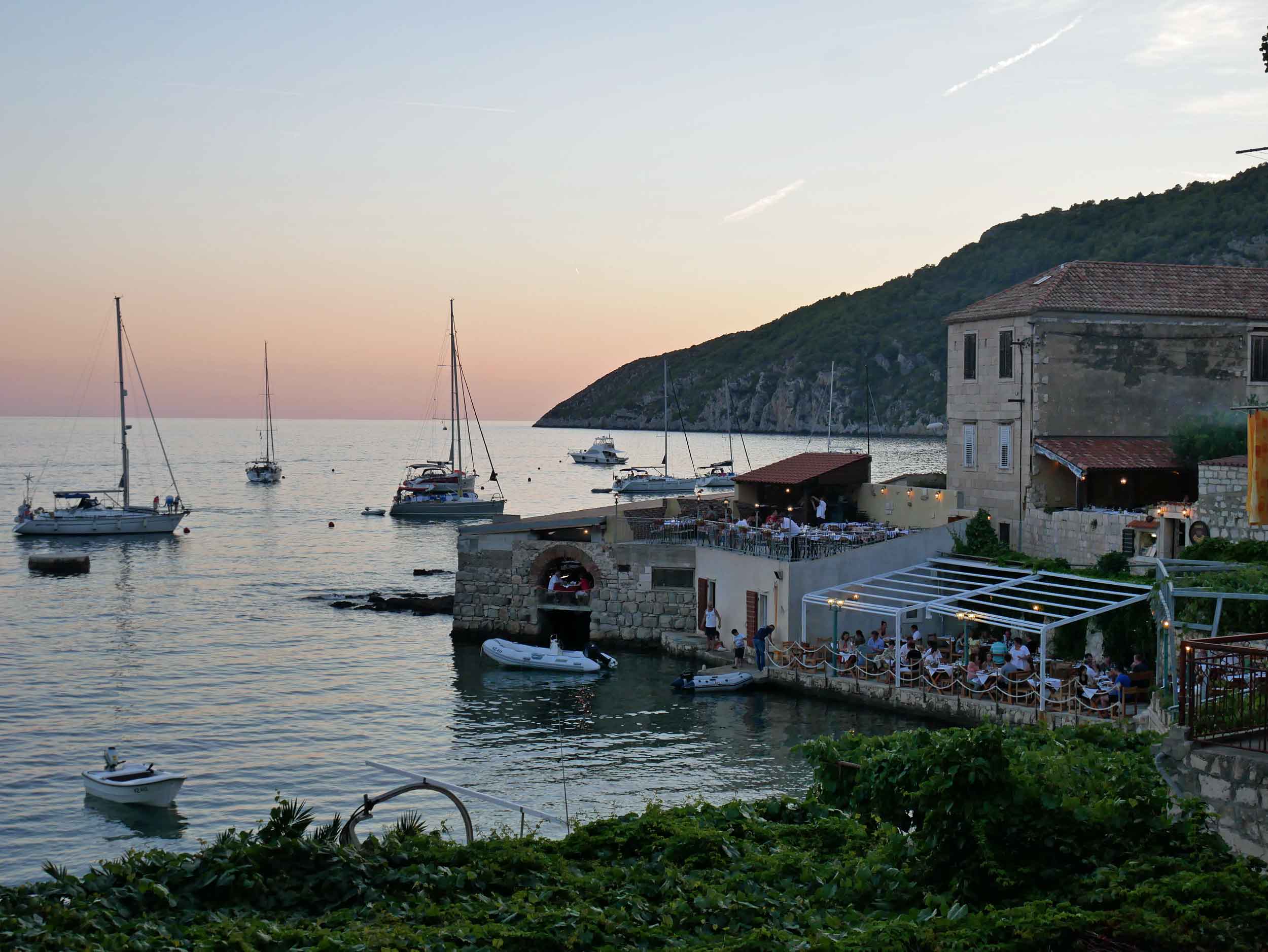
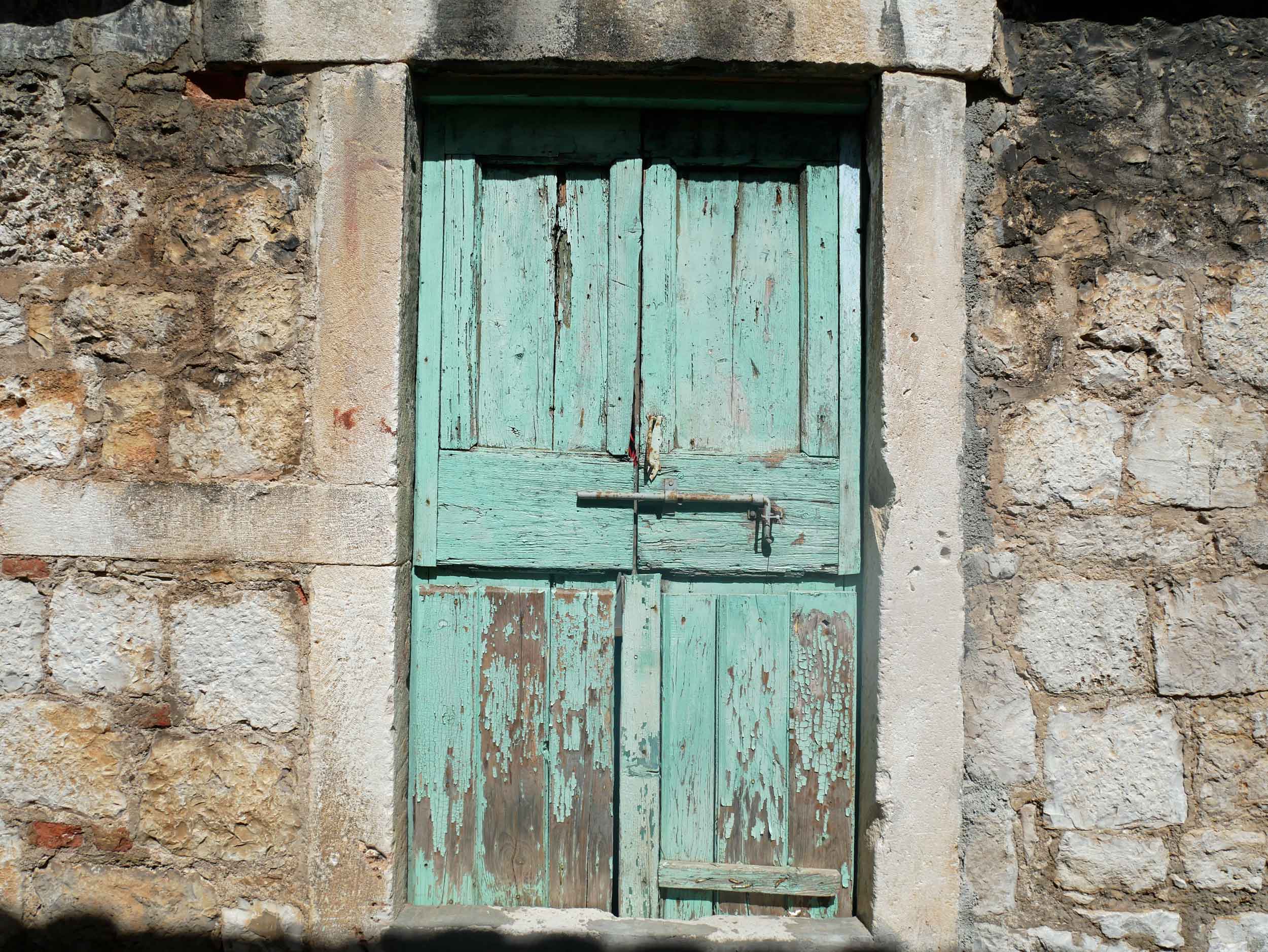
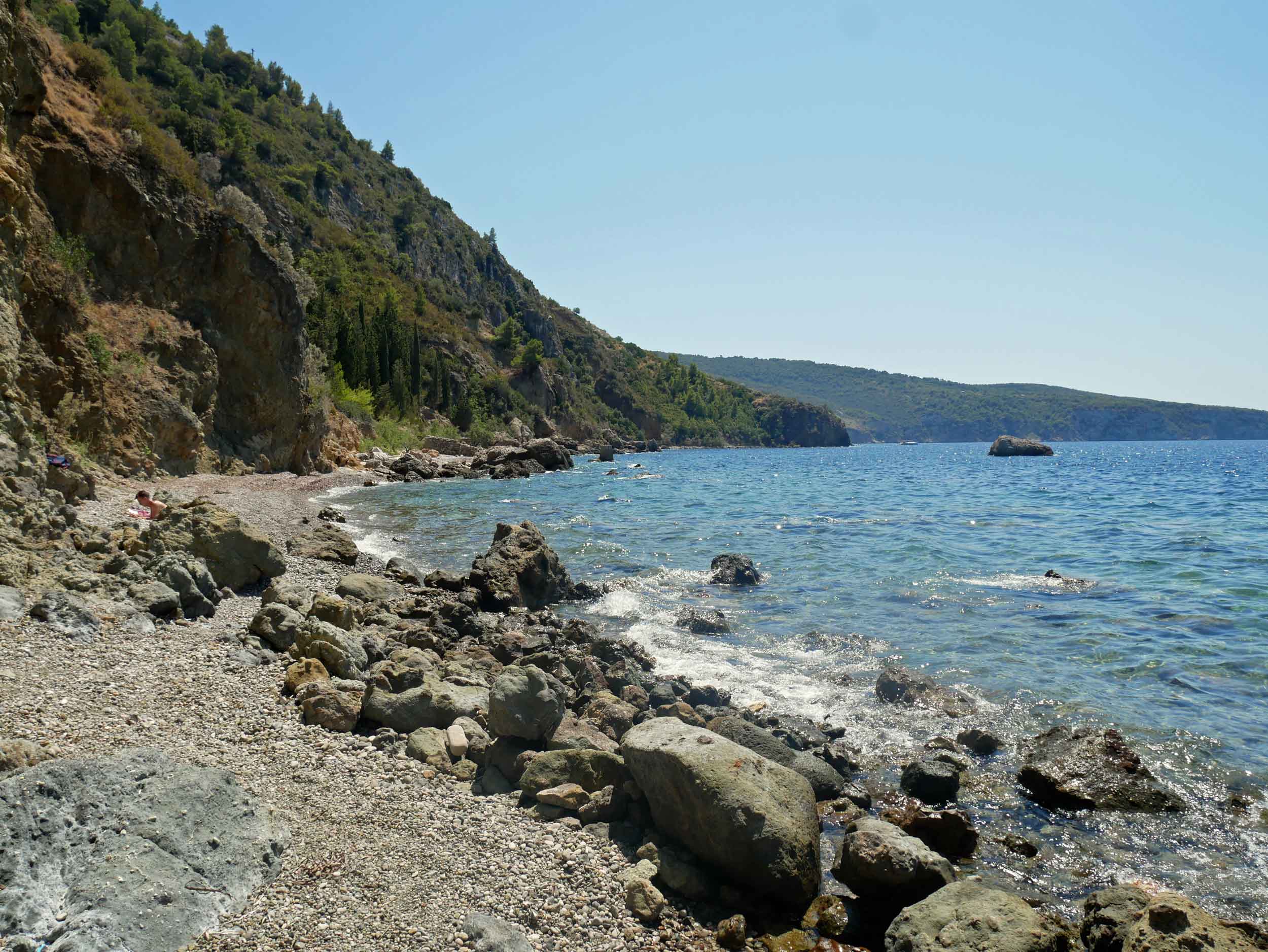
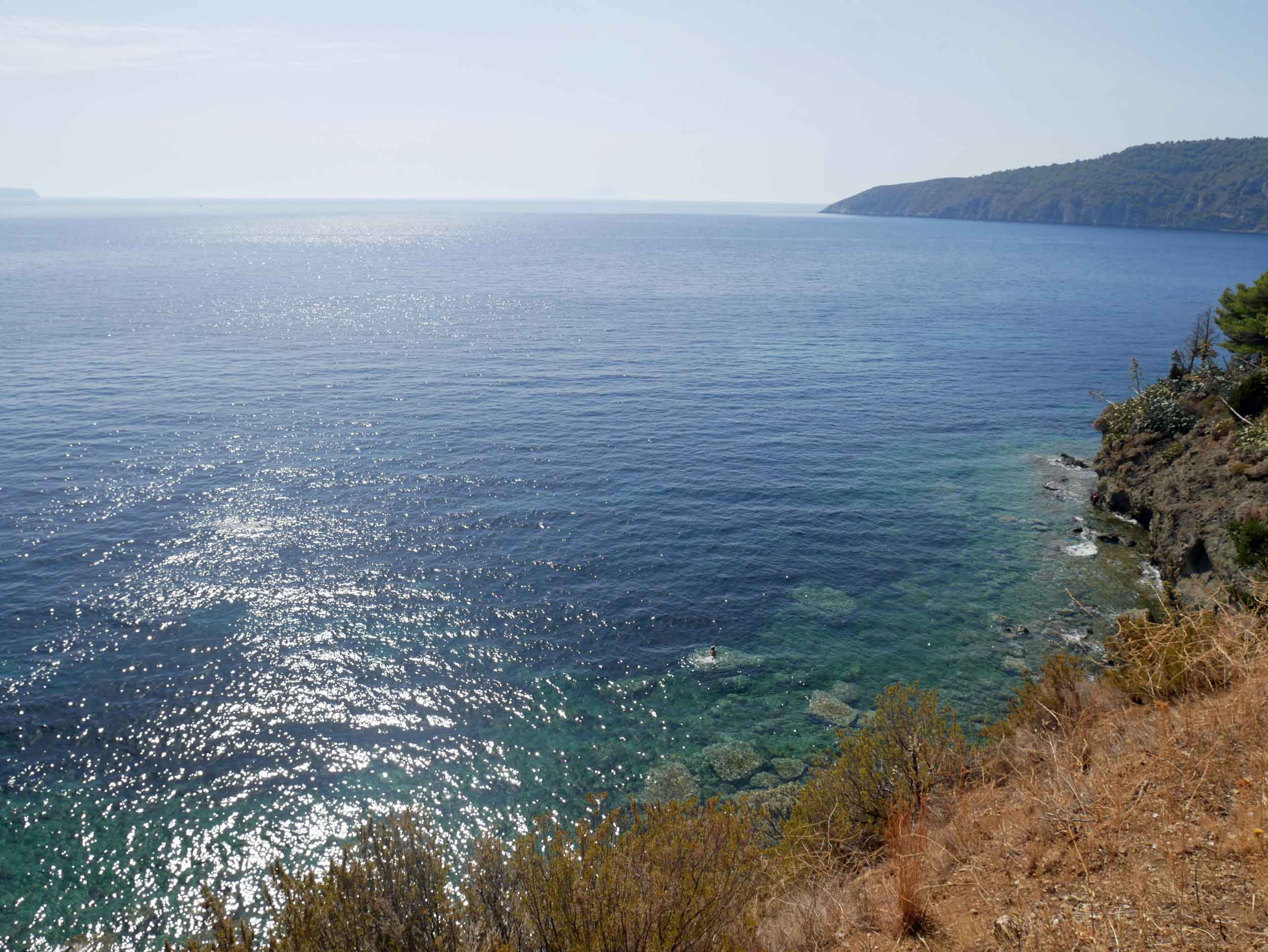
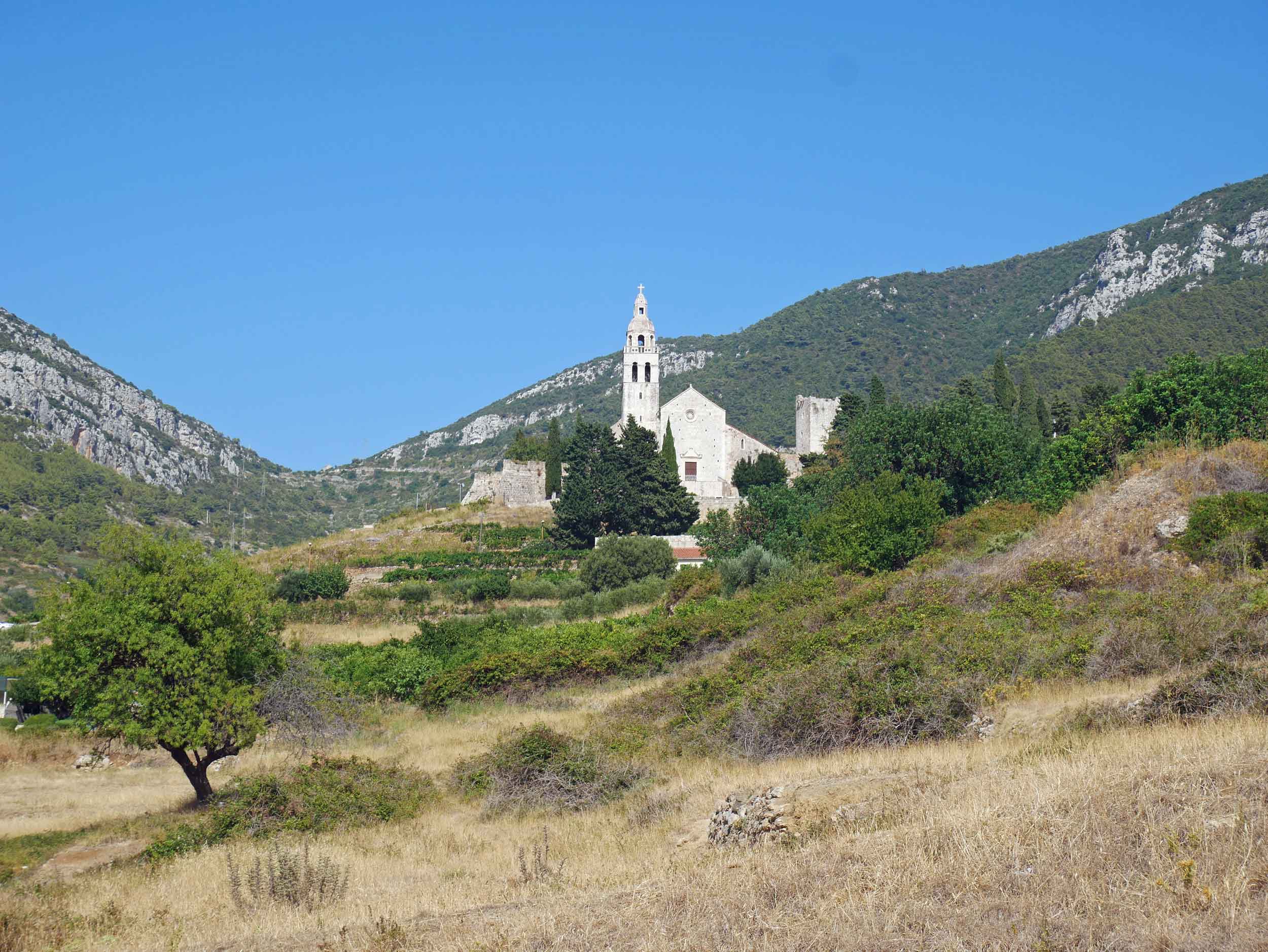
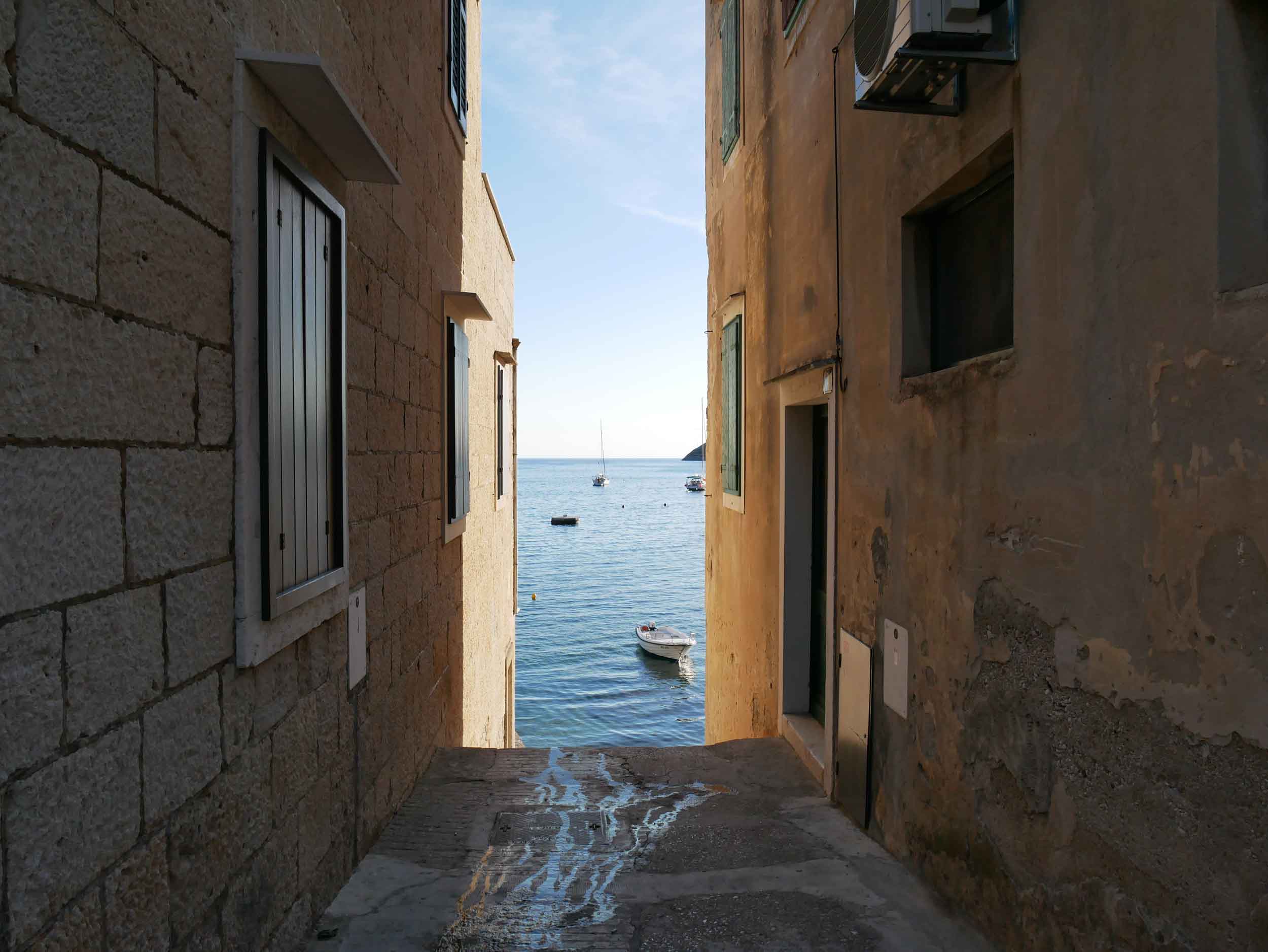
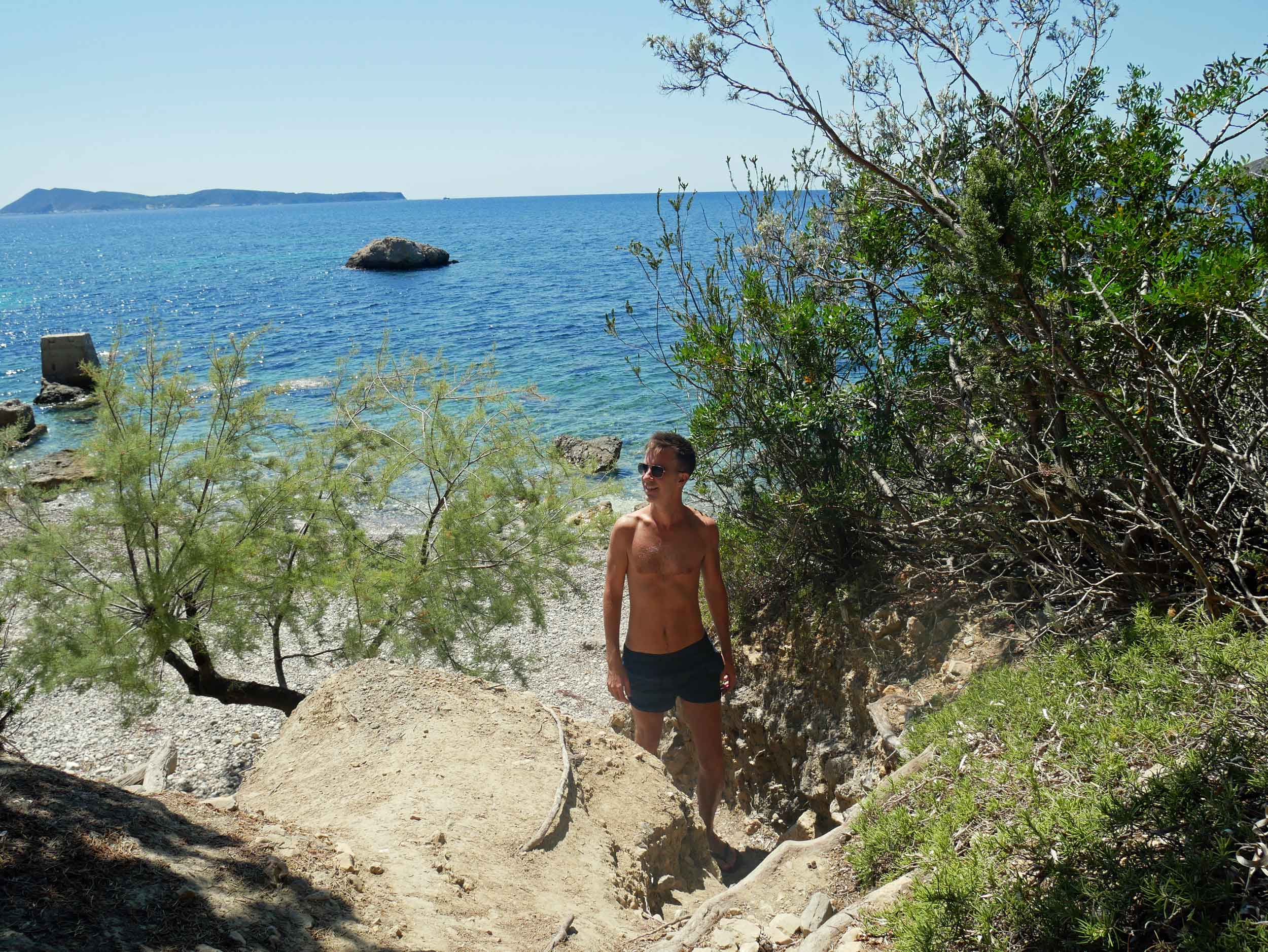
For many years, we had both heard about the beauty of Croatia’s stunning beaches and striking waters along its famed Dalmatian Coast. What was once an emerging destination should now be considered fully developed, a feat accomplished in no more than a decade due to the great publicity that this European gem has received. While we were thrilled to finally explore this Balkan paradise, we weren’t keen to be in the mix of myriad summer holiday-goers--the season in full swing with our late July arrival. So, instead we opted for the farthest flung island from the mainland, Vis, as we settled in for a week’s retreat in its farthest flung village, Komiža, a quiet-ish centuries-old fishing village. Amidst the bustling cafes, markets and gelato stands of the aged town, we found our home in a private apartment, from which we crafted a regular routine that centered around visits to the aforementioned isolated beach that could only be reached by scaling a seaside cliff. Our daily swims, home-cooked meals and beach reading was the rejuvenation we needed to prepare ourselves for the forthcoming five weeks of more-or-less constant travel through the rest of the Balkans and into Central Europe--all during one of the Continent's hottest summers on record and the infamously named “Lucifer Heatwave”. After a quick Bosnian side-trip, we would head high into the region's hills, desperate to escape the oppressive lowland heat!
Reflections in Bosnia
Both young schoolchildren during the decade-long Yugoslavian conflicts and horrific Bosnian War, we have early memories of television reports and social studies discussions on the carnage and destruction throughout this region; so, it was with heavy hearts that we took a day's detour to Mostar in the former war-ravaged nation of Bosnia and Herzegovina (BiH). Reports of a new Bosnia, emerging from the twenty-year gone conflict, safe enough for outsiders to visit, bringing with them much-needed income of tourism, inspired our brief stopover in the cultural capital of the southern Herzegovina region.
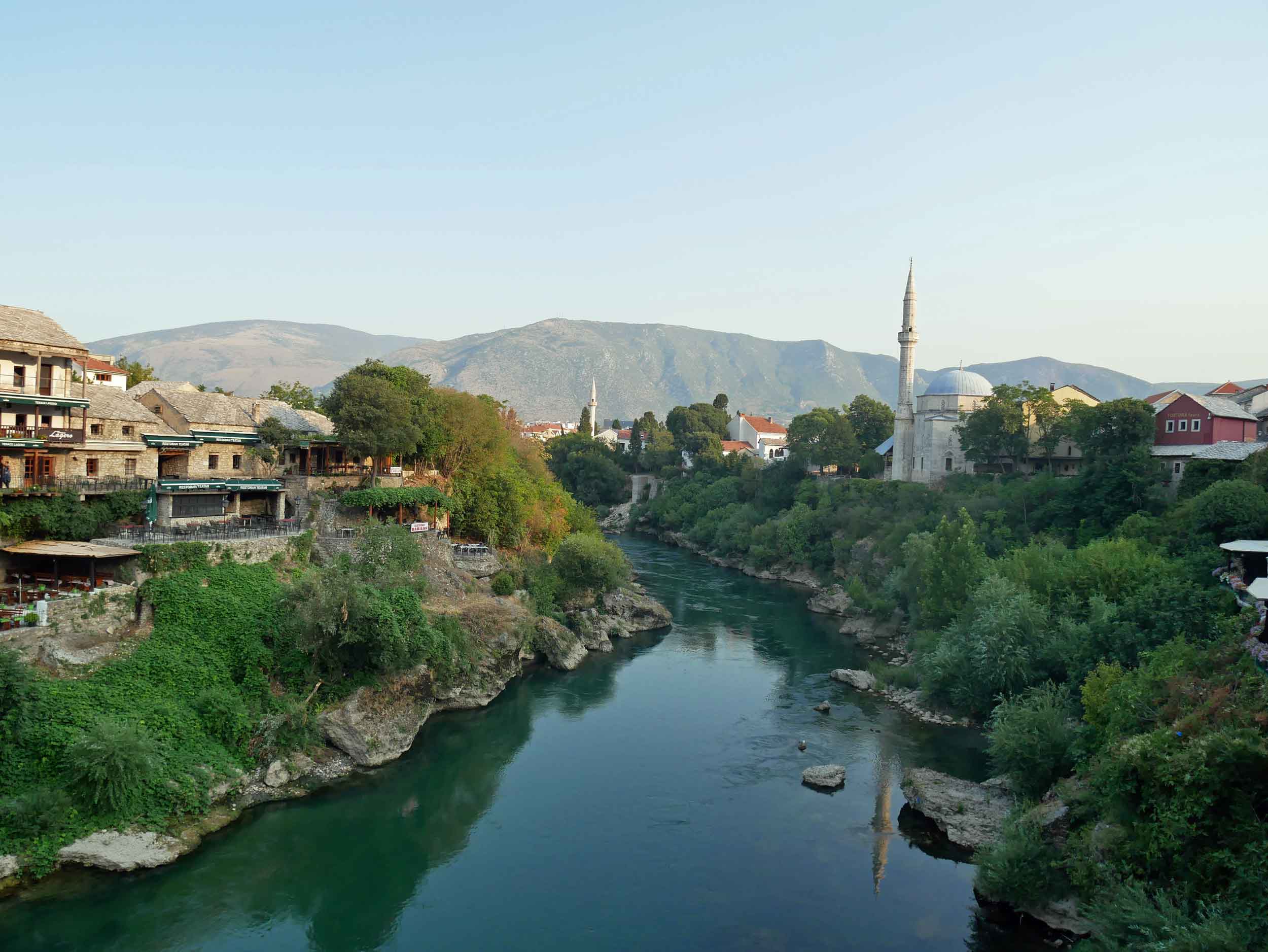

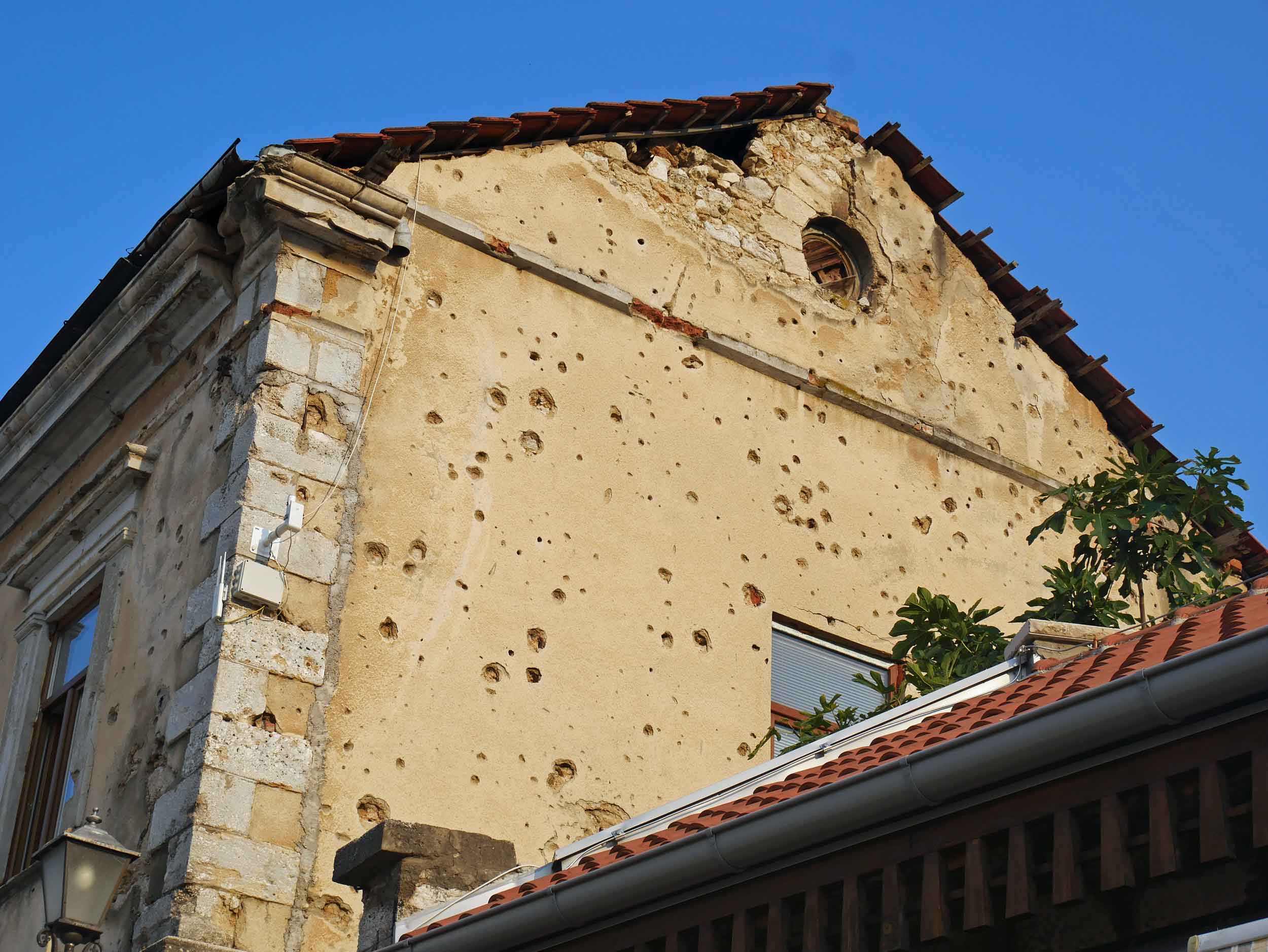
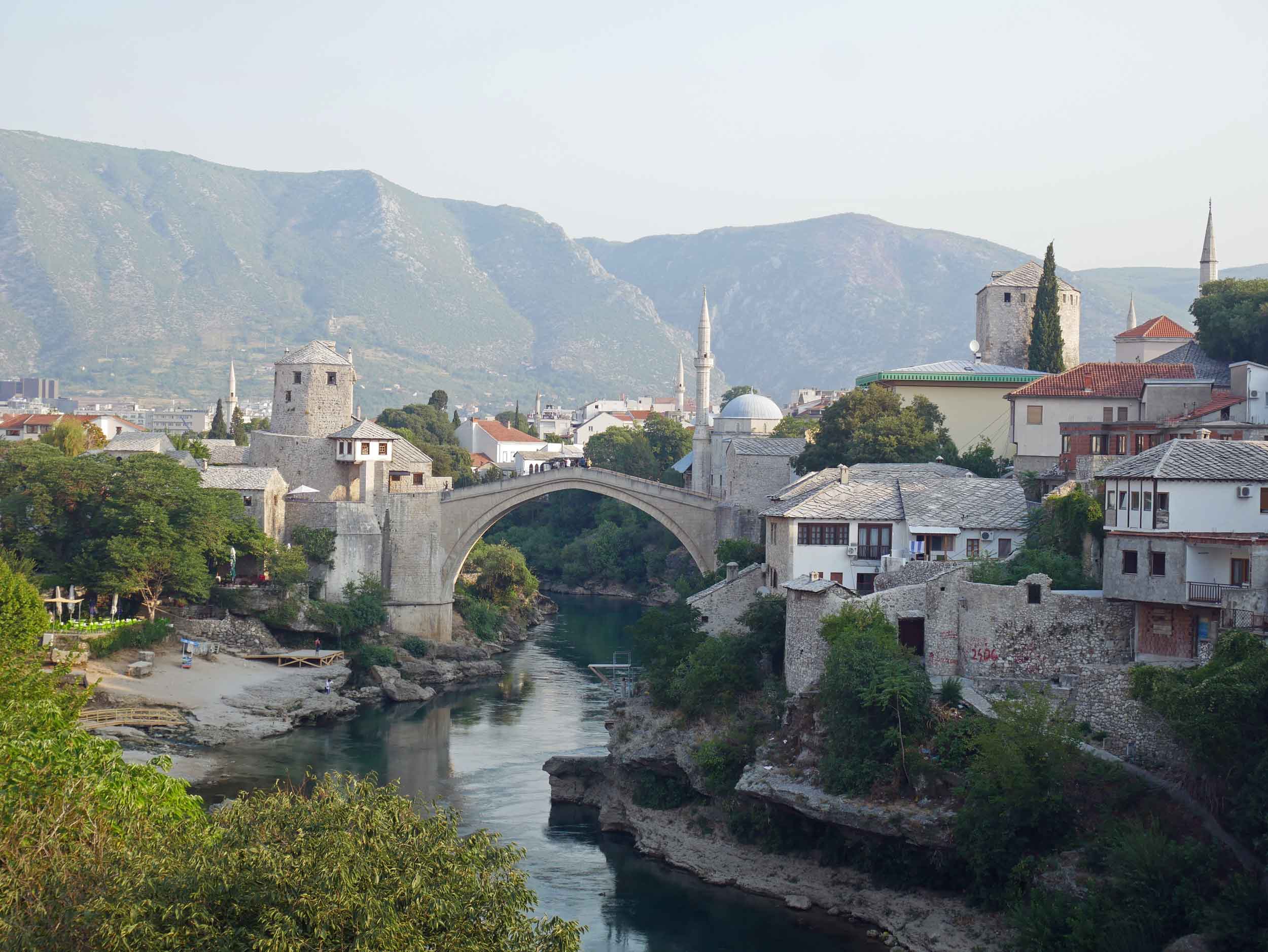

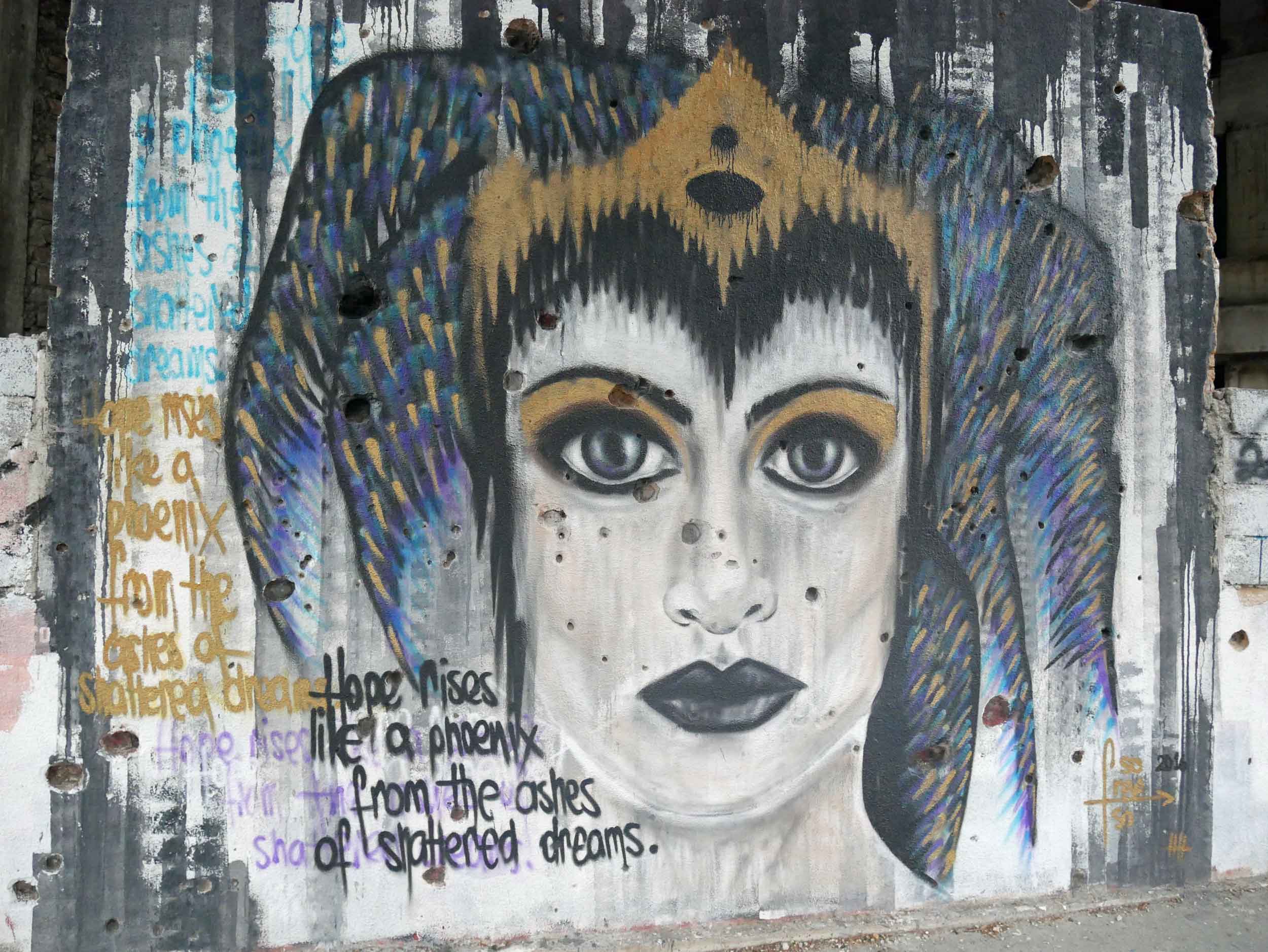
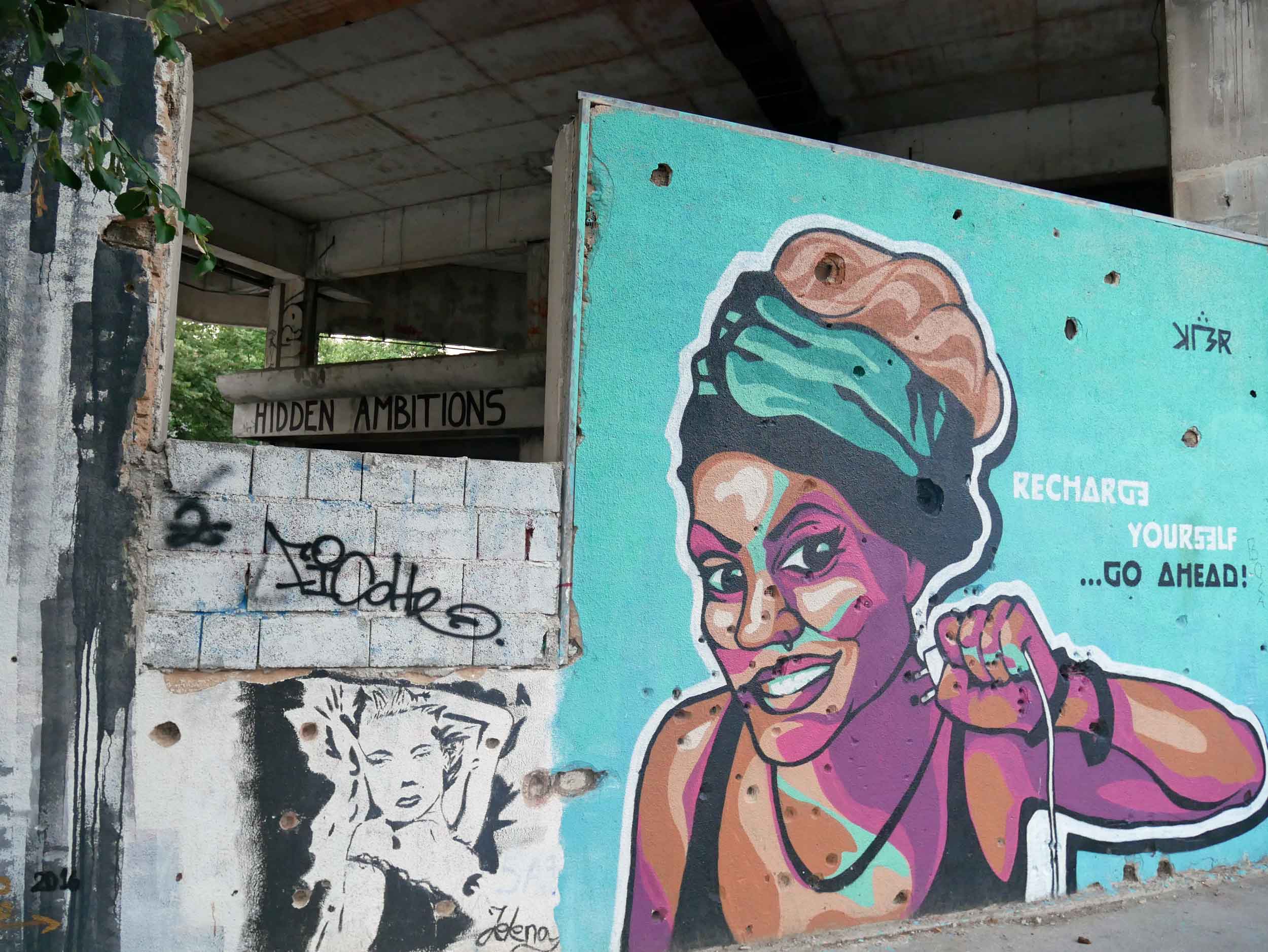

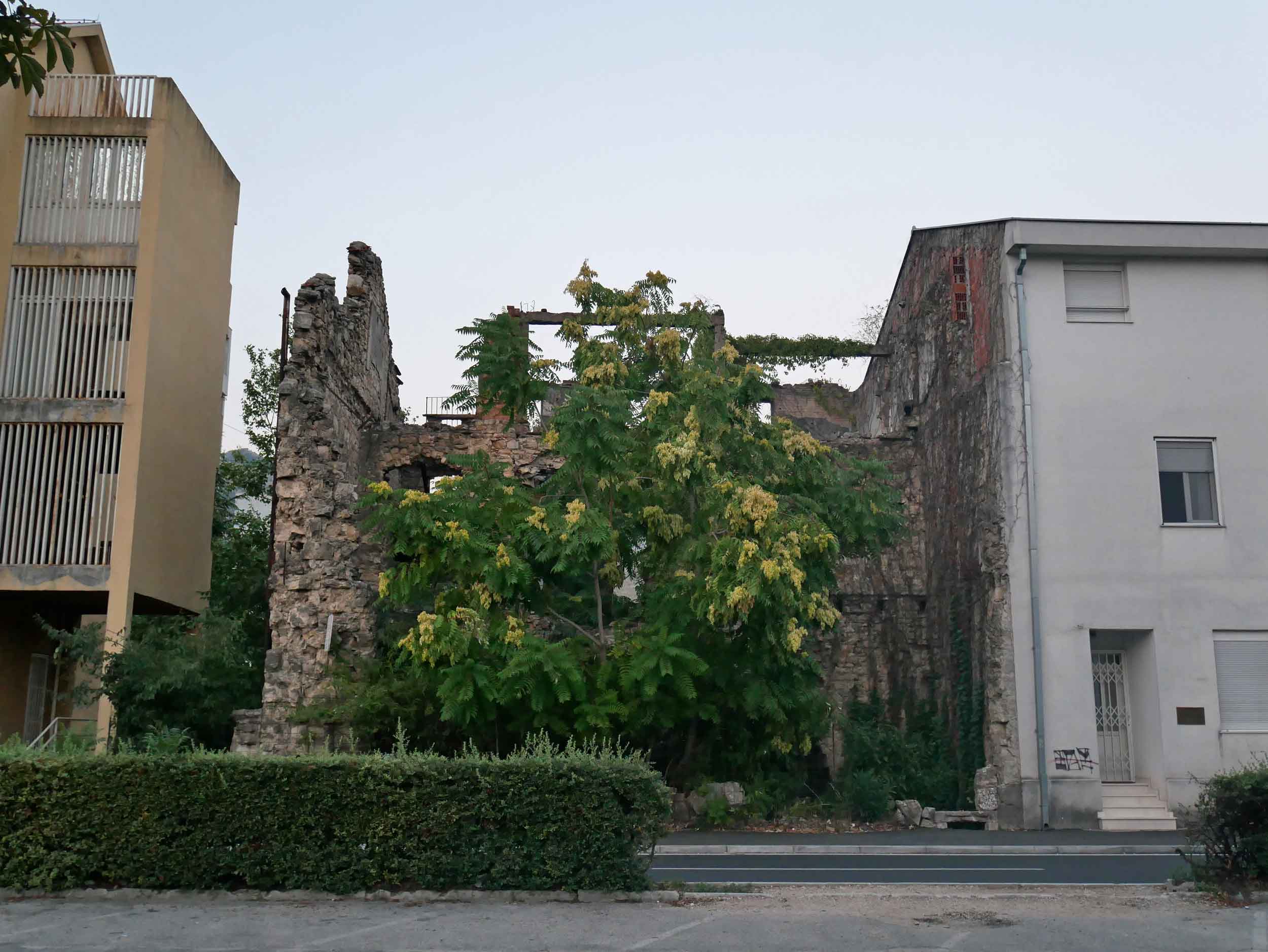
The city of Mostar was, unfortunately, nearly demolished during the conflict, and in fact, the ancient town’s namesake, Stari Most ("Old Bridge"), was destroyed by tankers but subsequently rebuilt in the same style with international funds. Throughout the city, bullet holes still mar and dot the walls of many buildings, a reminder of the lasting impact of the ravages of war. We felt a sense of reverence for the lives lost and impacted by this sad time in history and were grateful for the reminder that time can help heal the wounds of conflict and war.
Circling Montenegro’s National Parks
As we left Bosnia, Lucifer’s blistering breath closed tight around us, and we took the long bus journey back into Croatia, then along the small strip of Bosnian coast, only to re-enter Croatia once more for our overnight stay in beautiful and wildly popular Dubrovnik (made even more in-demand by Game of Thrones fans). The next day, after nearly two days of travel, we arrived to Montenegro, Europe’s newest nation as of 2006, which is about the size of Connecticut and is fast developing an outsized reputation for its stunning coastline and magnificent mountainous parklands. What the country may lack in scale or modern history, it definitely makes up for in its natural beauty and diversity, packing a mighty punch of scenery. Our first point of entry in the country was the winding Bay of Kotor and its historic walled city that is set deep within the massifs of the Dinaric Alps, making it as charming as it is dramatic. It was also our first introduction to the "Balkan Diet" plan: Flintstone-sized platters of various grilled meats and fries, some 500 grams of protein, that while delicious was a bit overwhelming (no wonder the people of this particular region are so big and tall!).
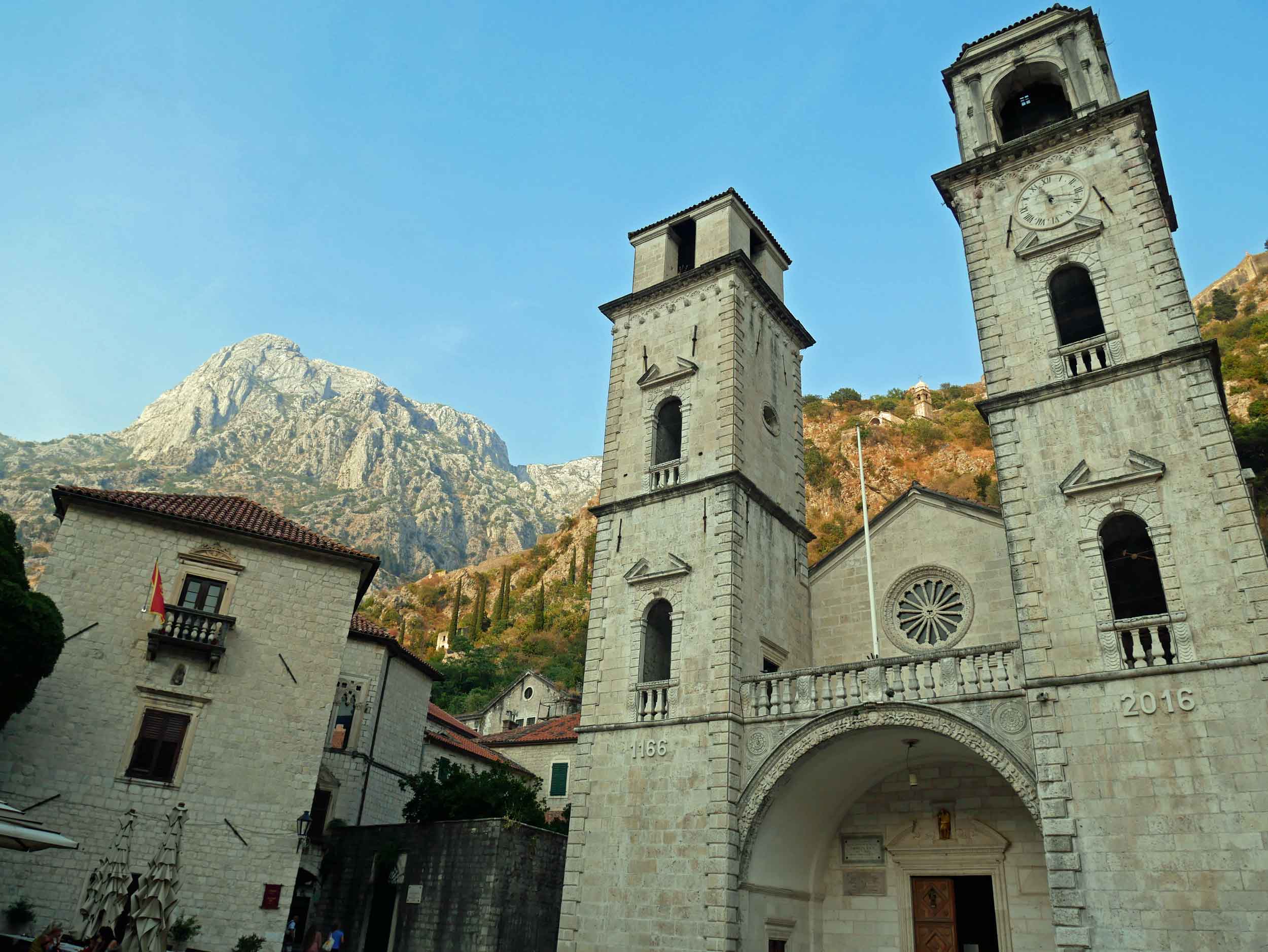
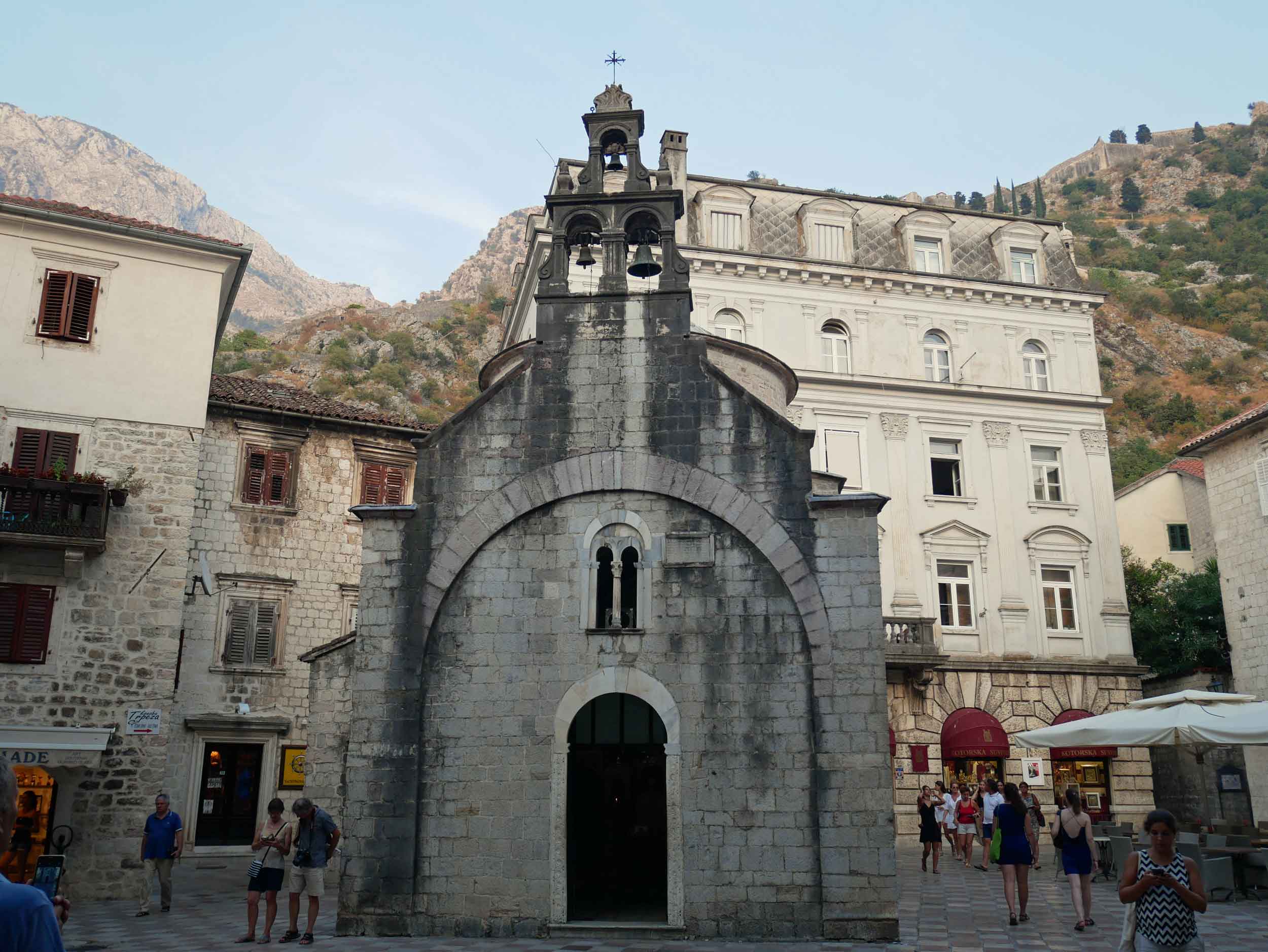
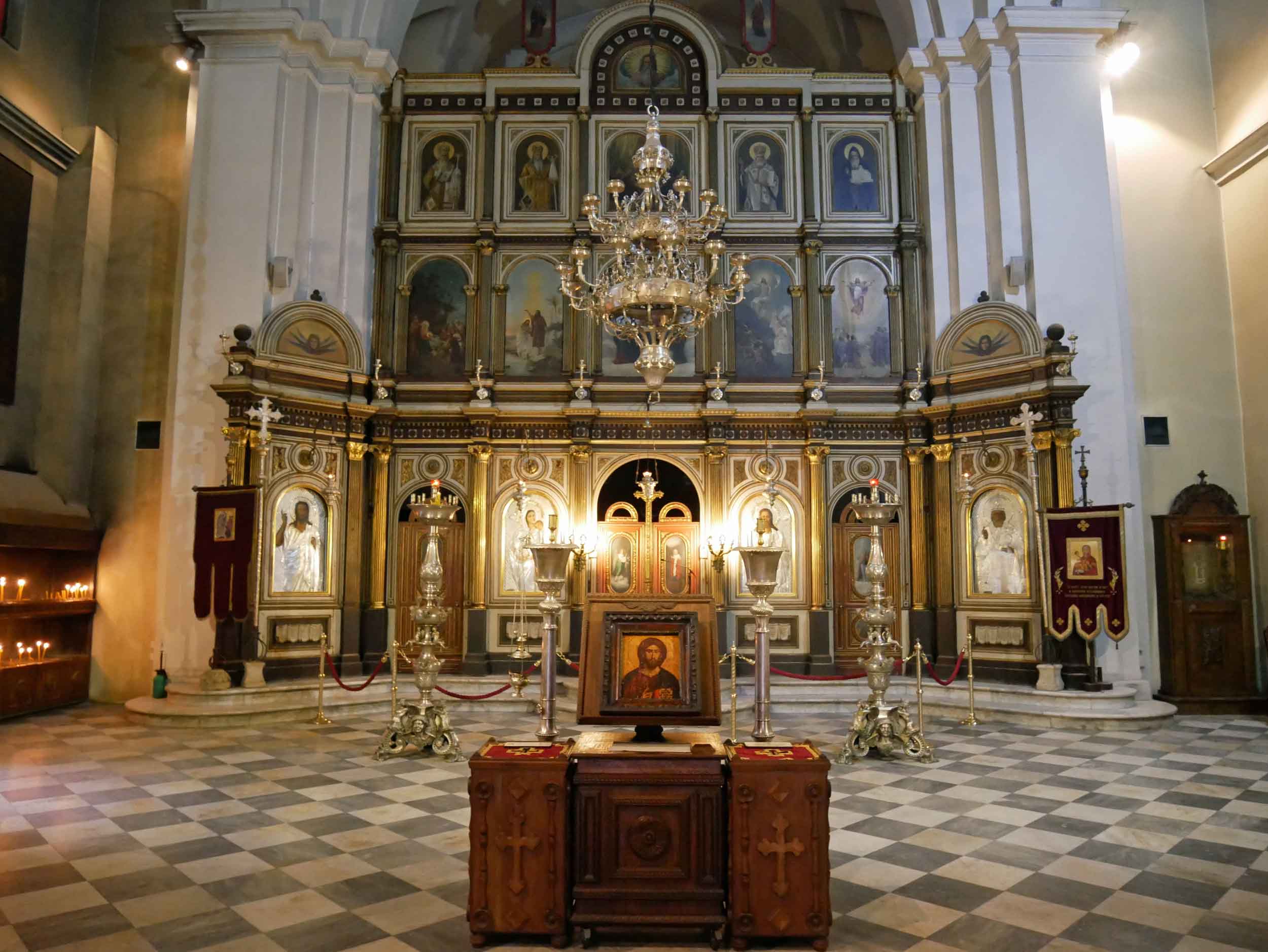
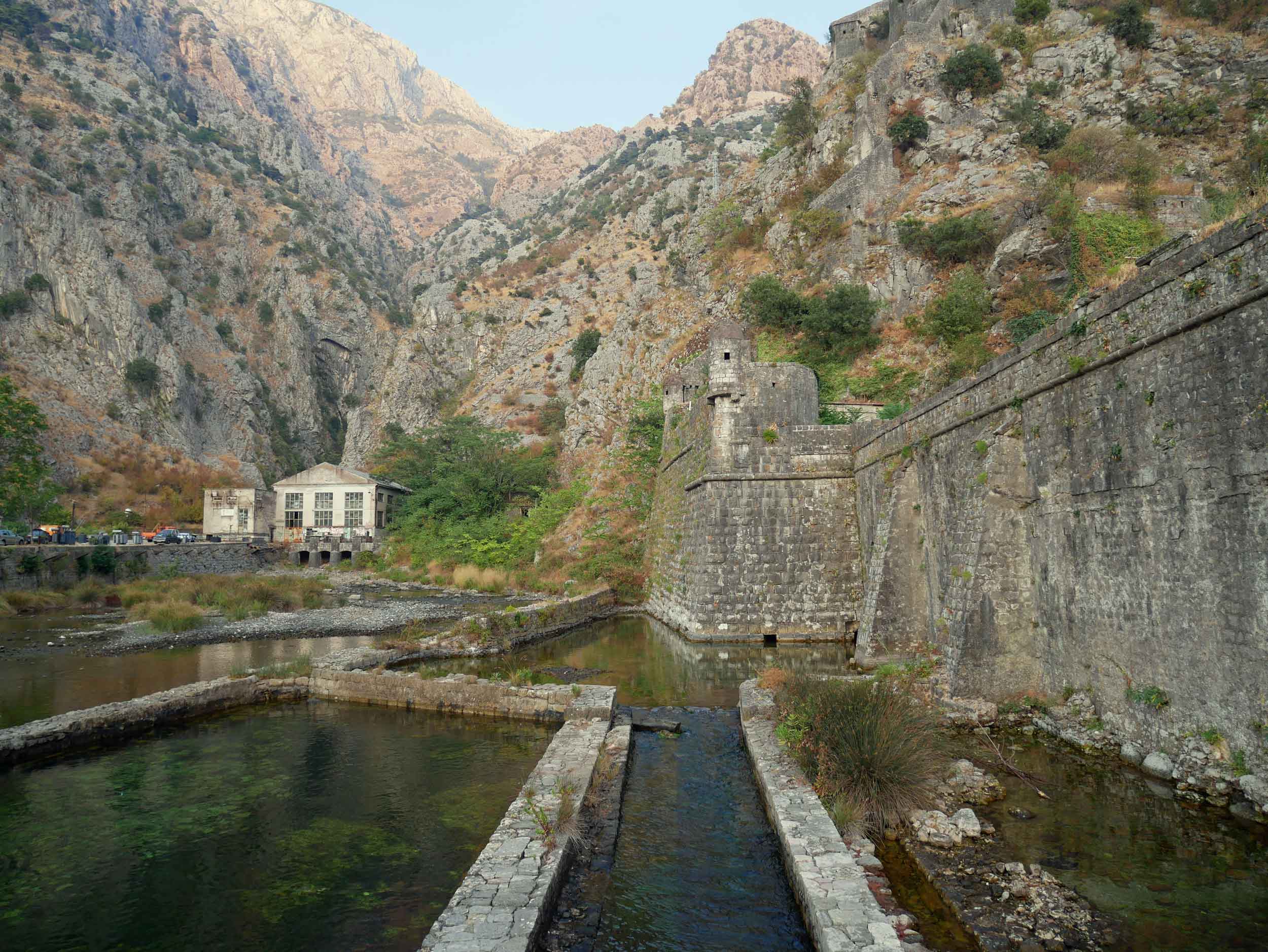
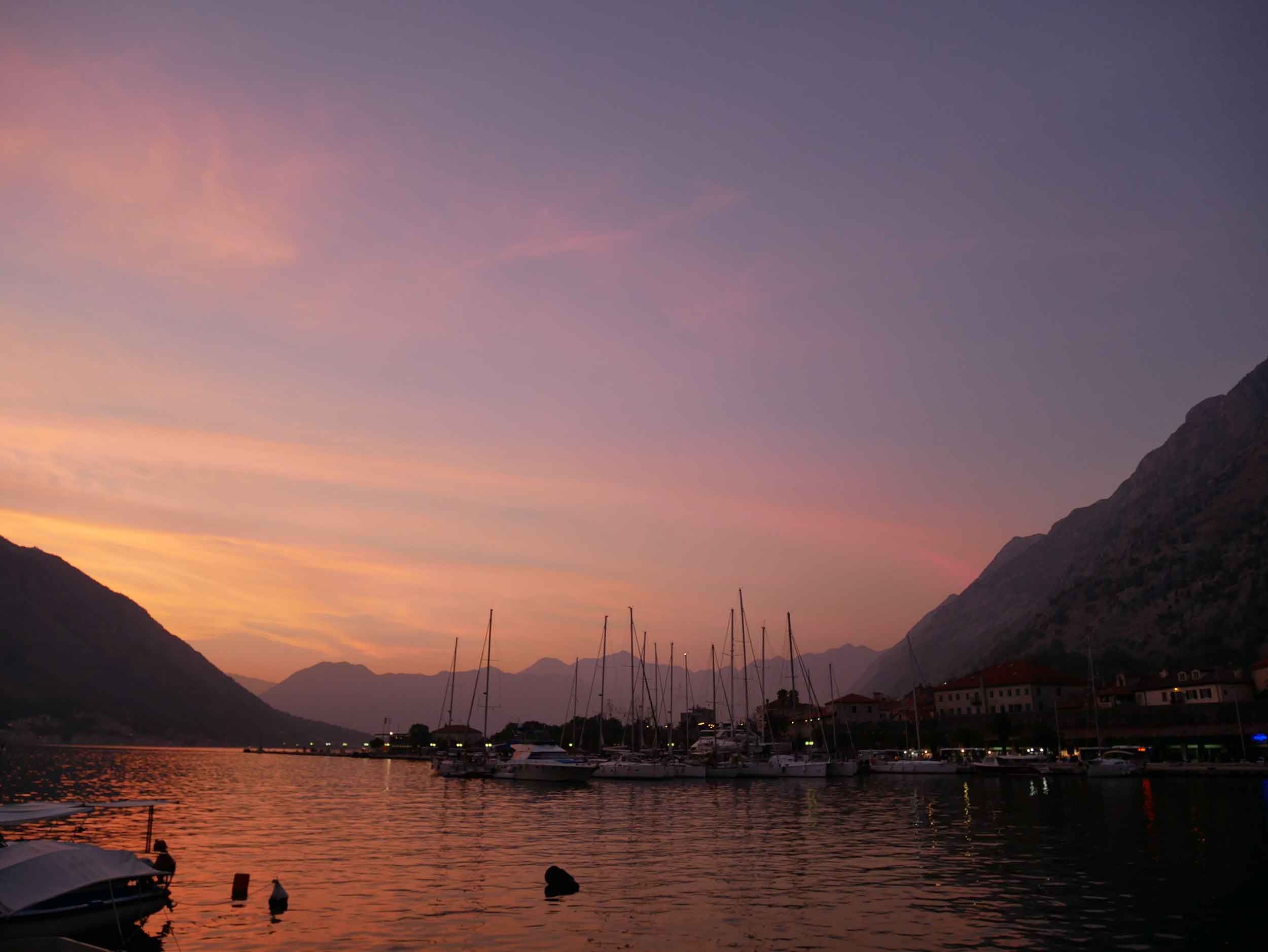
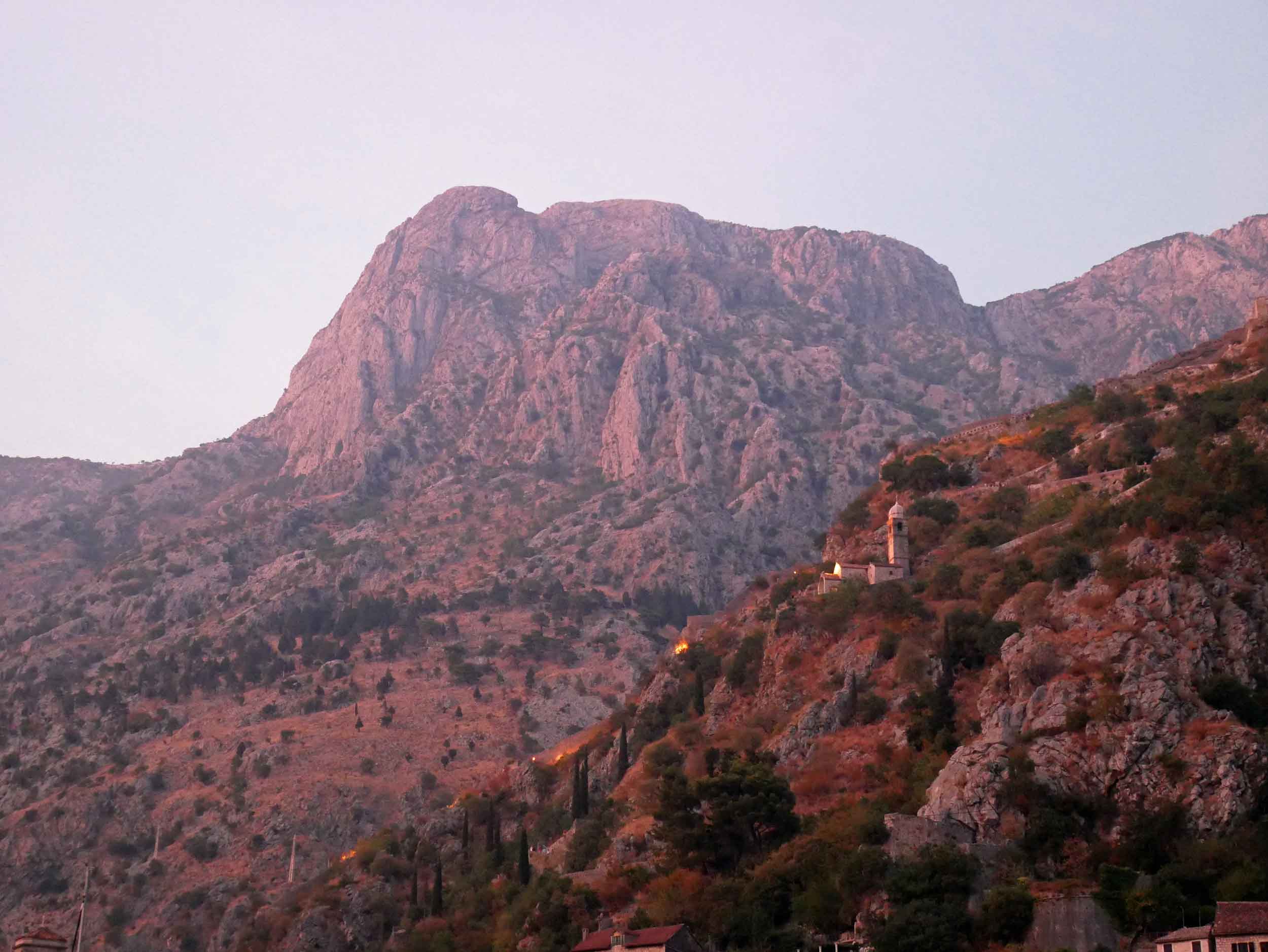
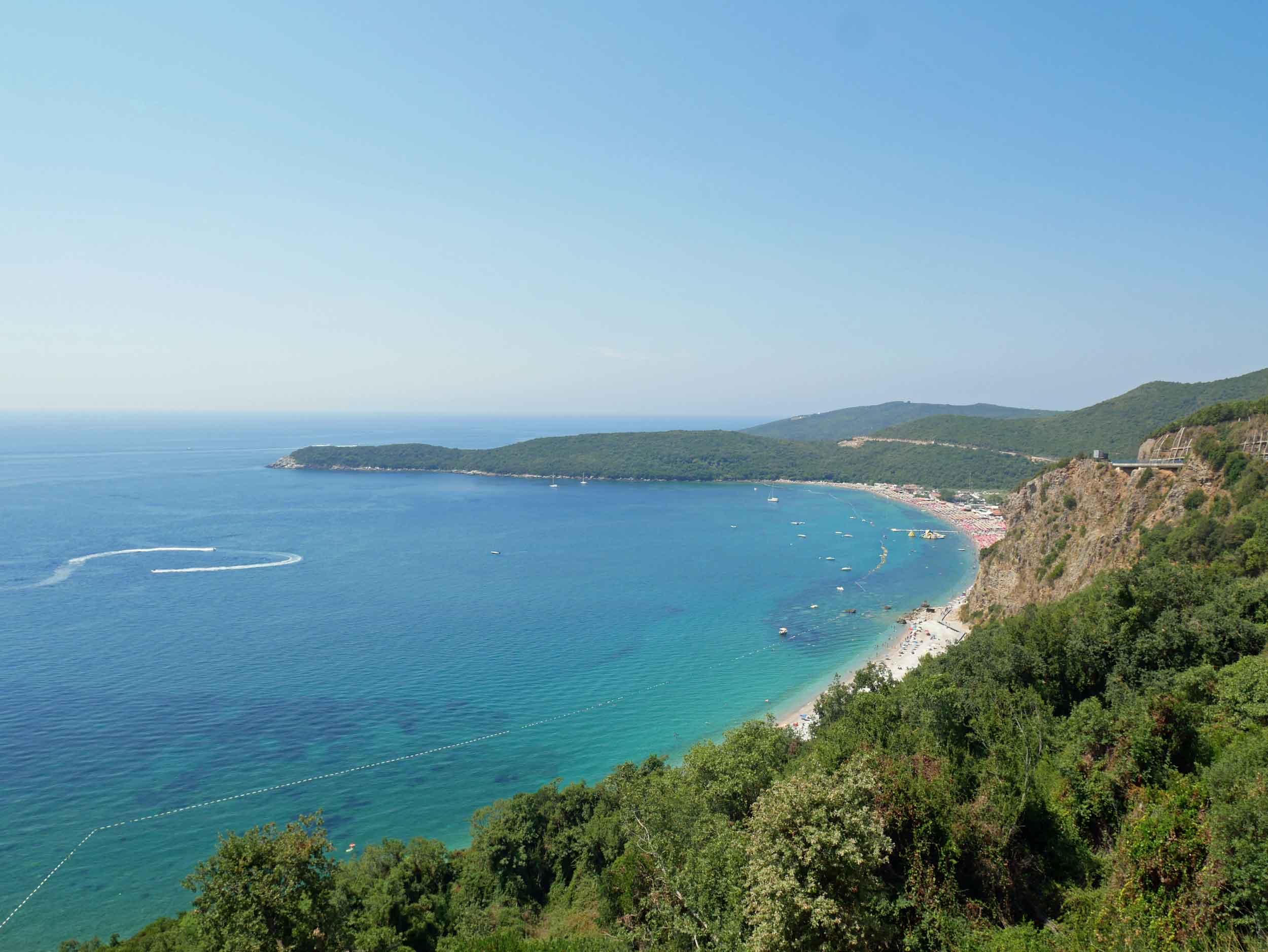
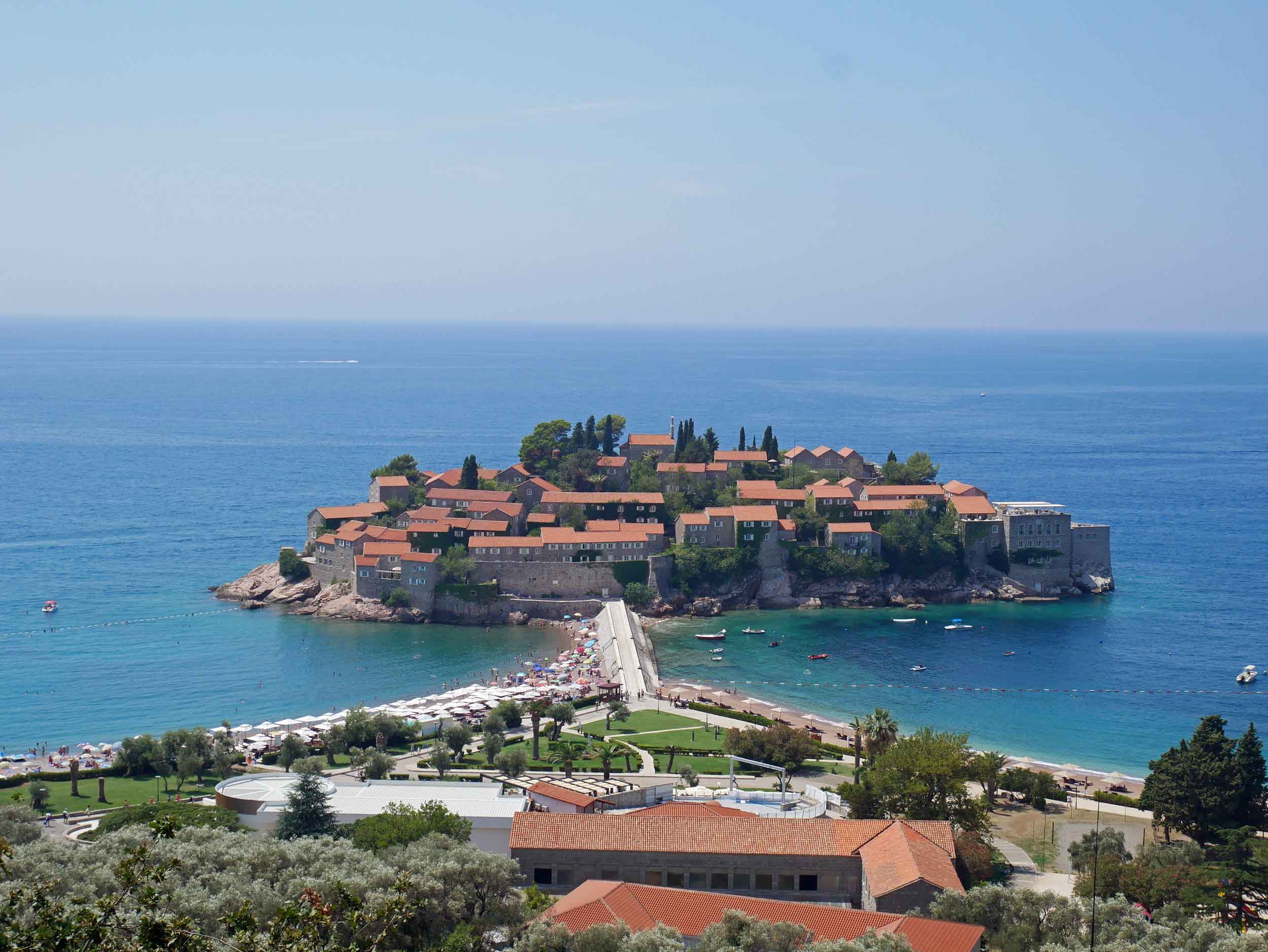
We soon hopped in our rental car and proceeded to circle the small state, exploring all four of Montenegro's distinct national parks. As we drove, the incredible landscape changed right before our eyes but not without a few hold-our-breath moments of white-knuckled driving on single lane roads that clung to mountain cliff sides, made all the more thrilling with barricade-free, many hundred metre drops. We found the hair-raising routes worth managing as we finally breathed in the cool, fresh mountain air (so crisp compared to the overheated ozone down below), while marveling at otherworldly landscapes, which this little country has been blessed with in disproportionate quantity.
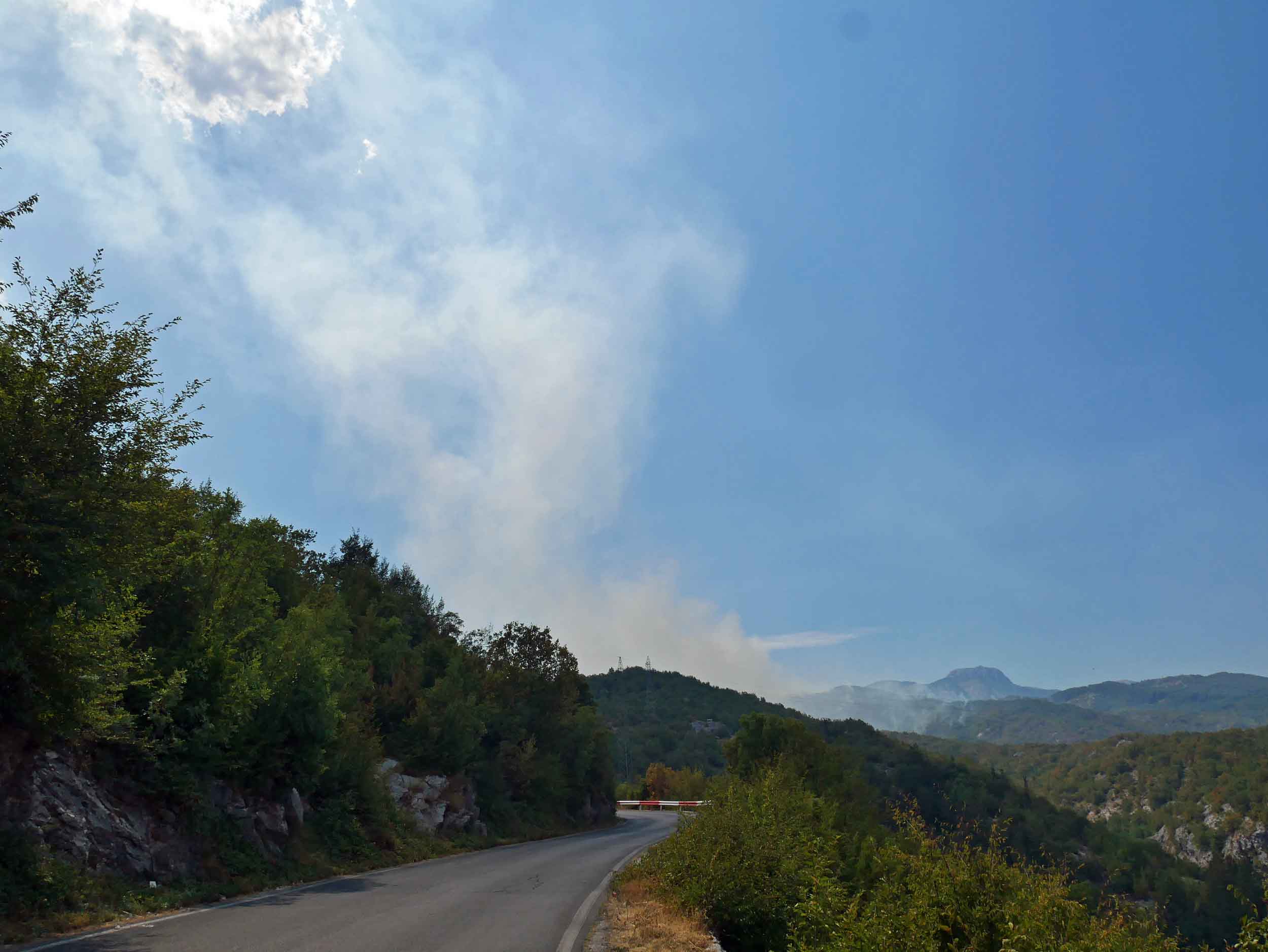
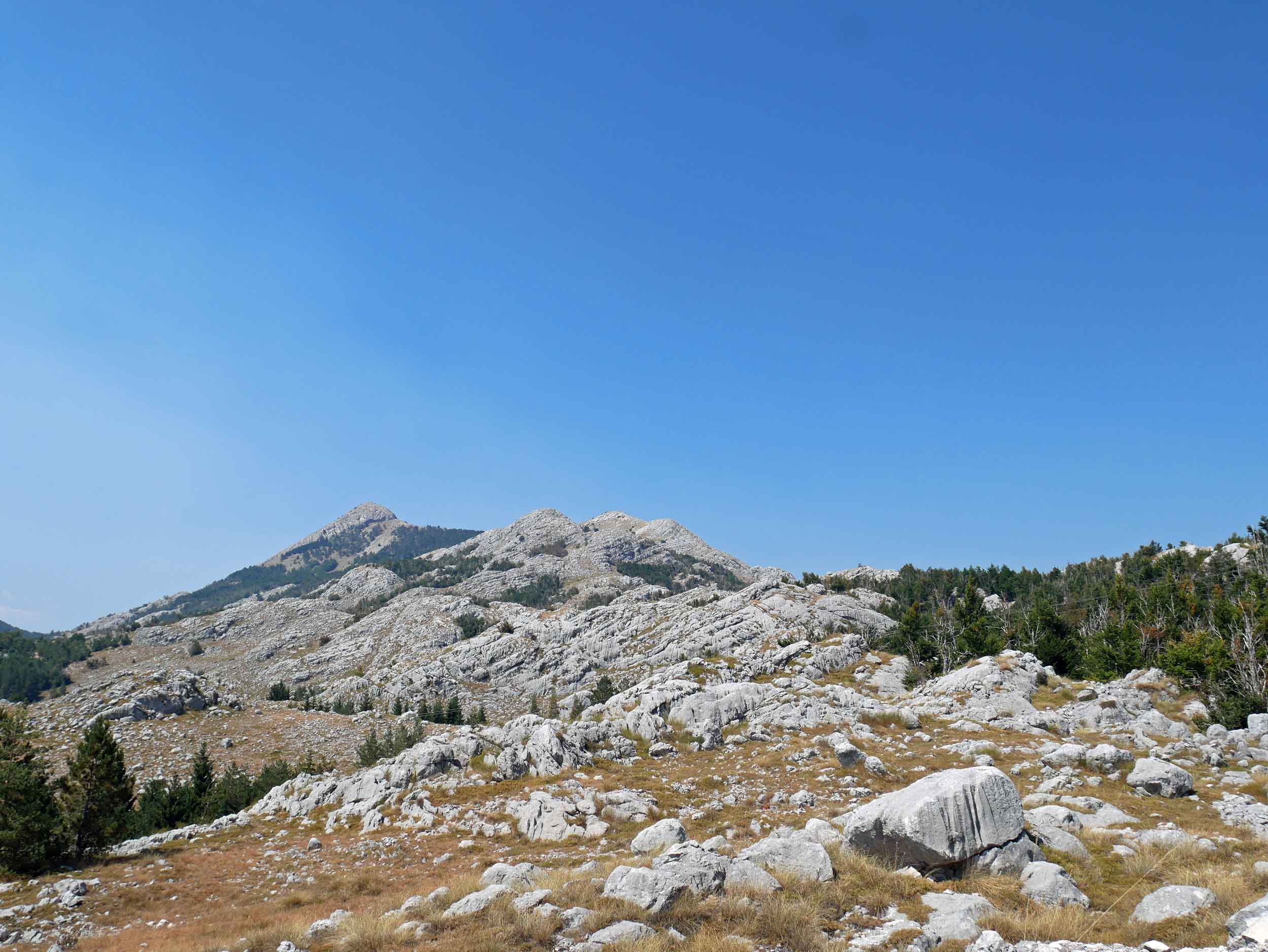
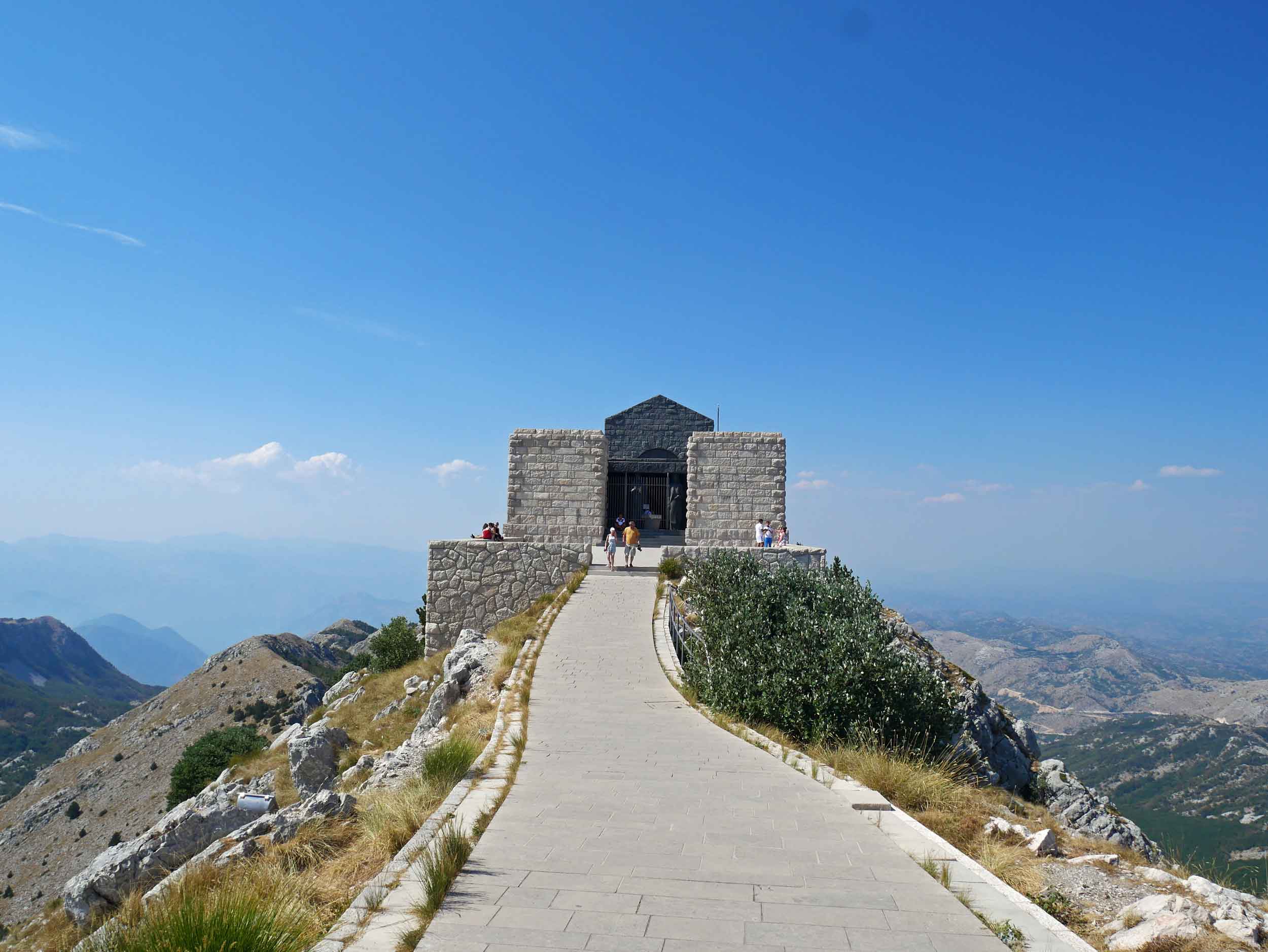
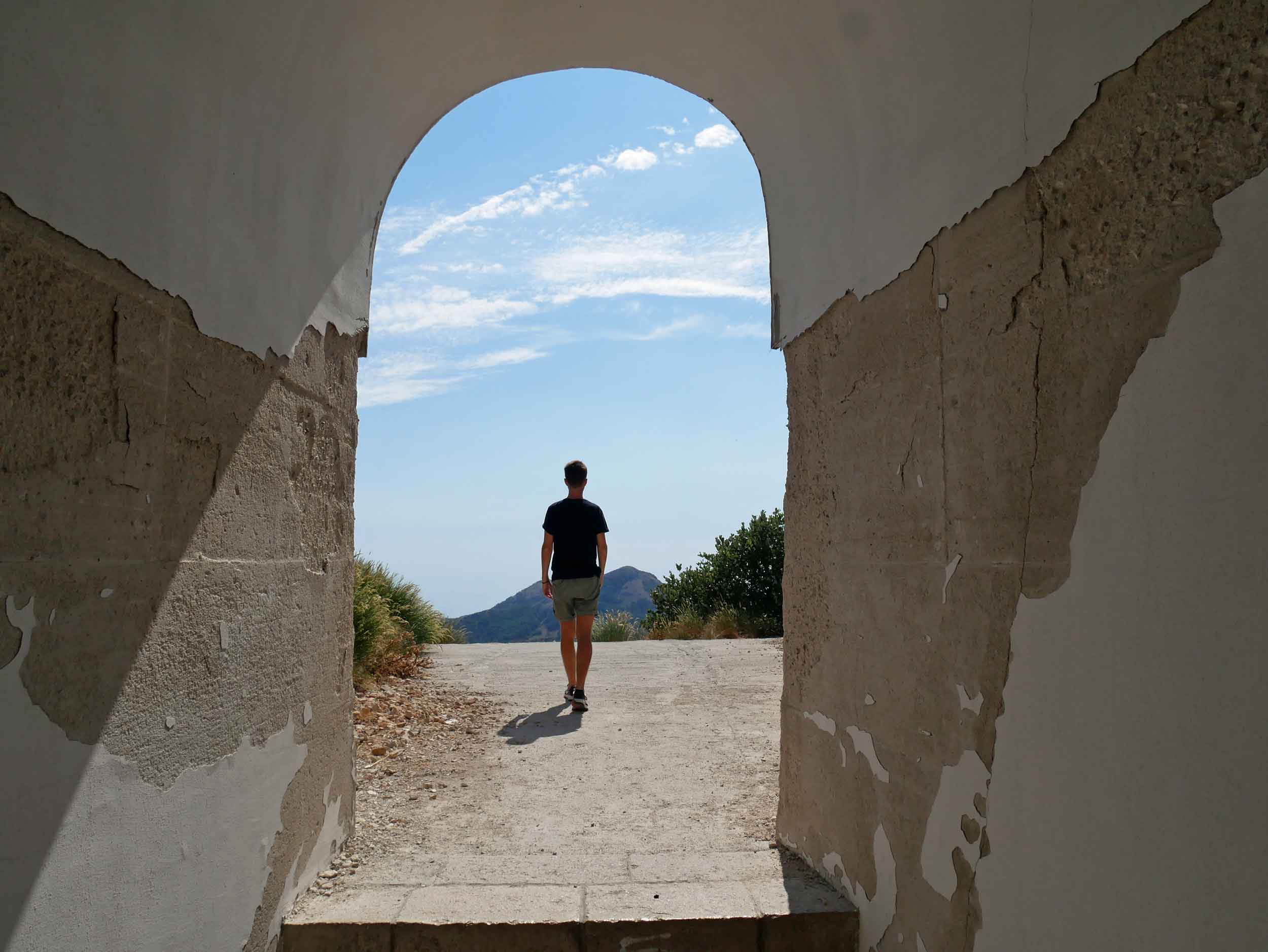
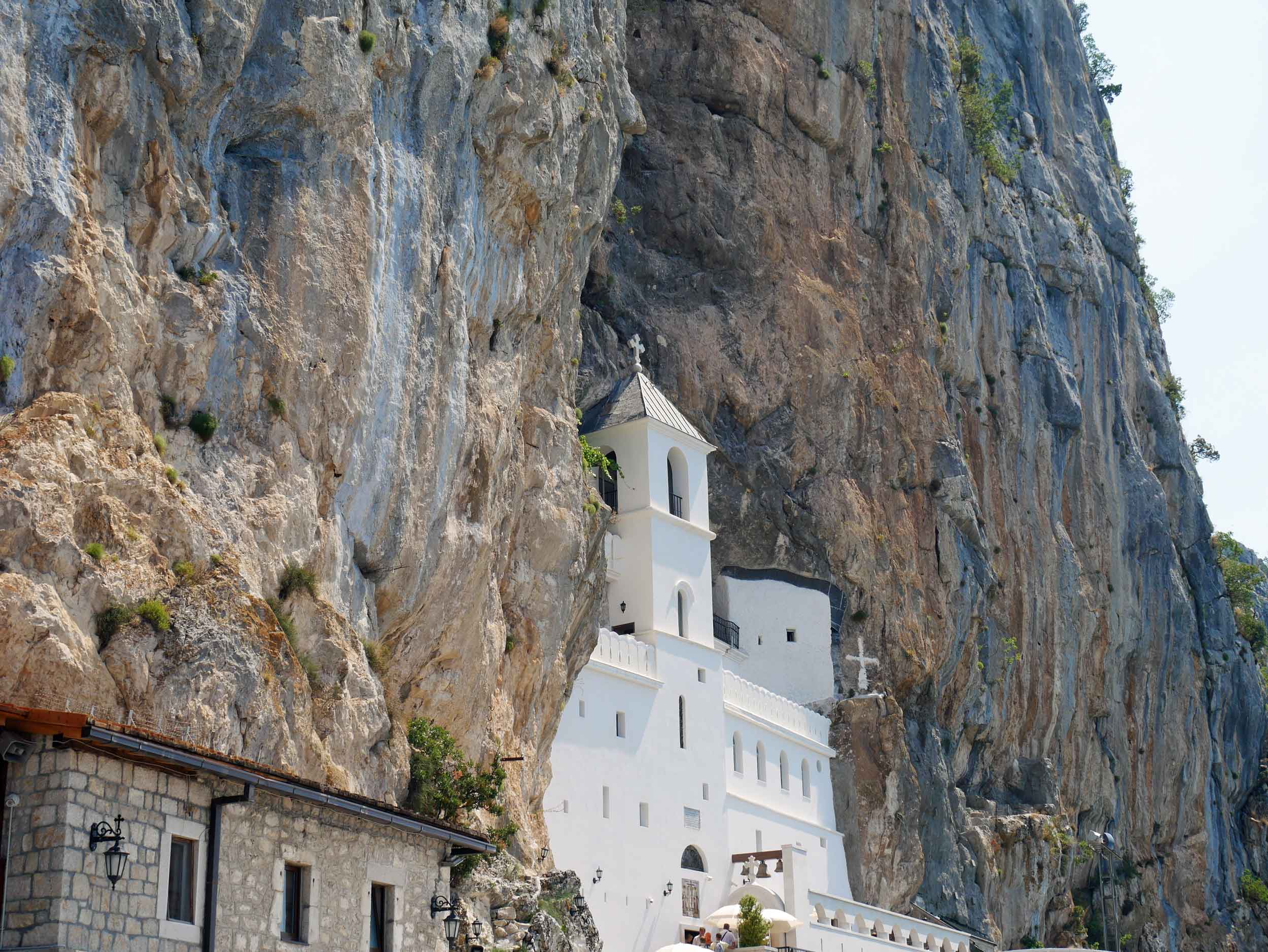
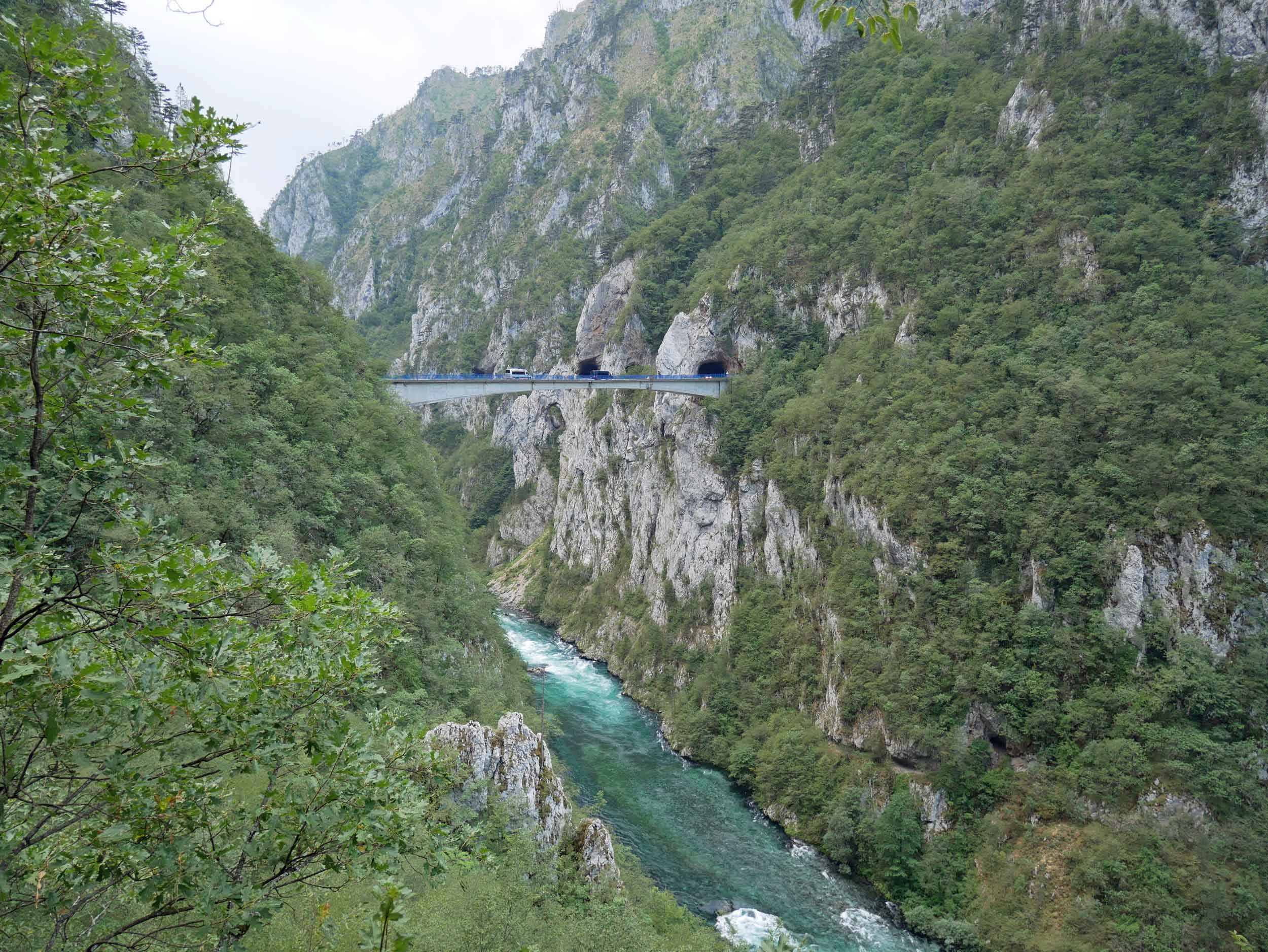
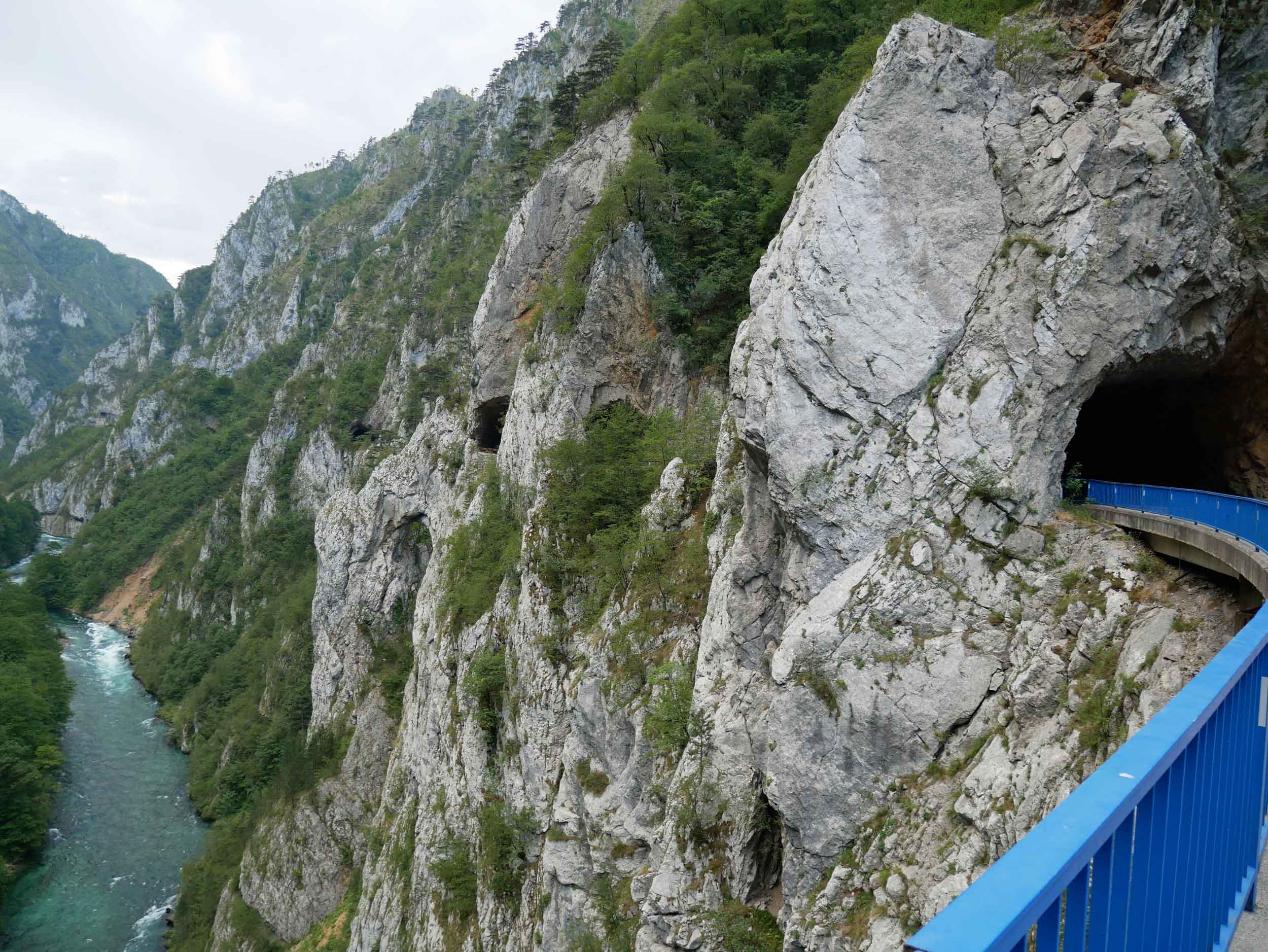
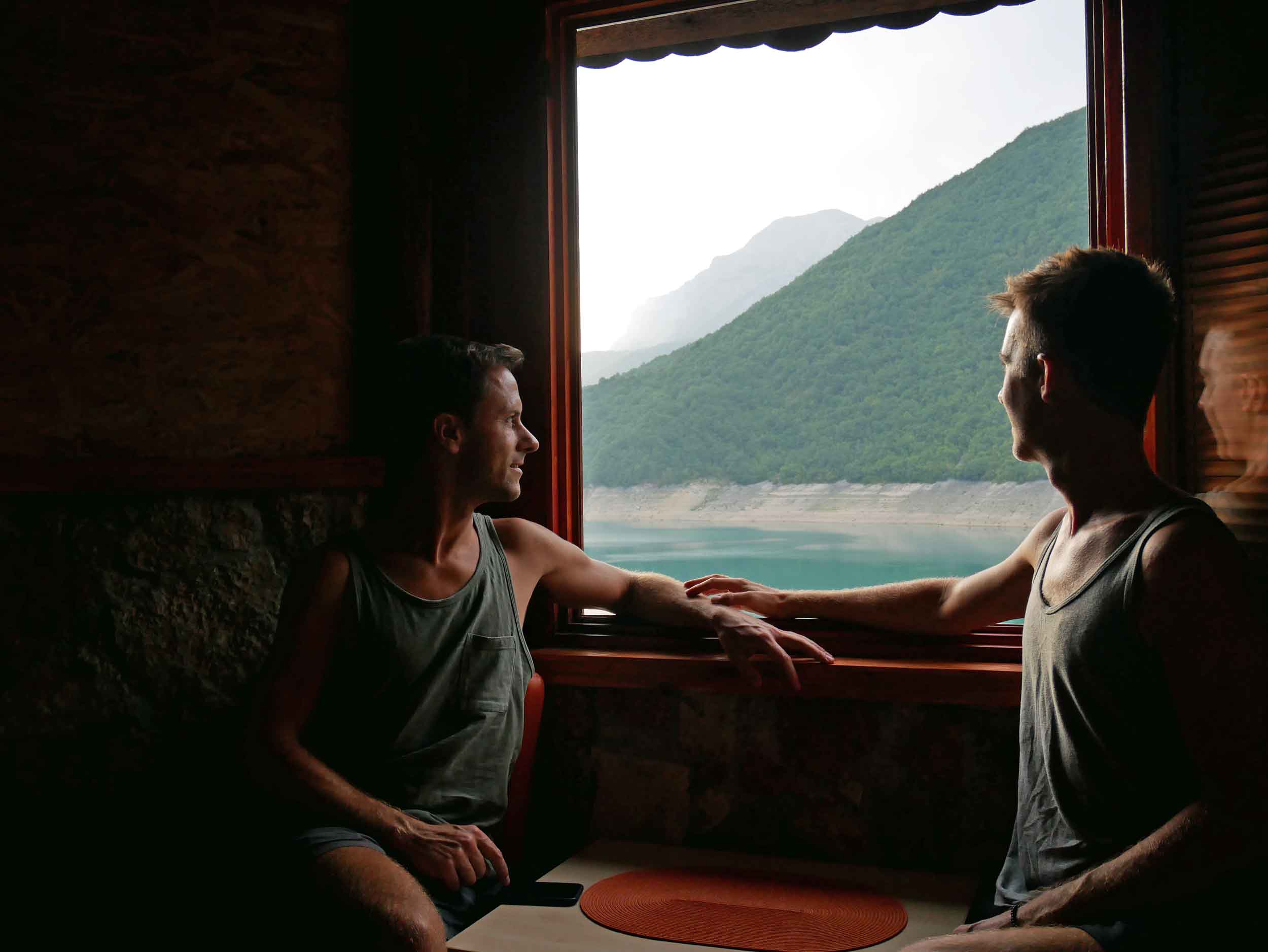
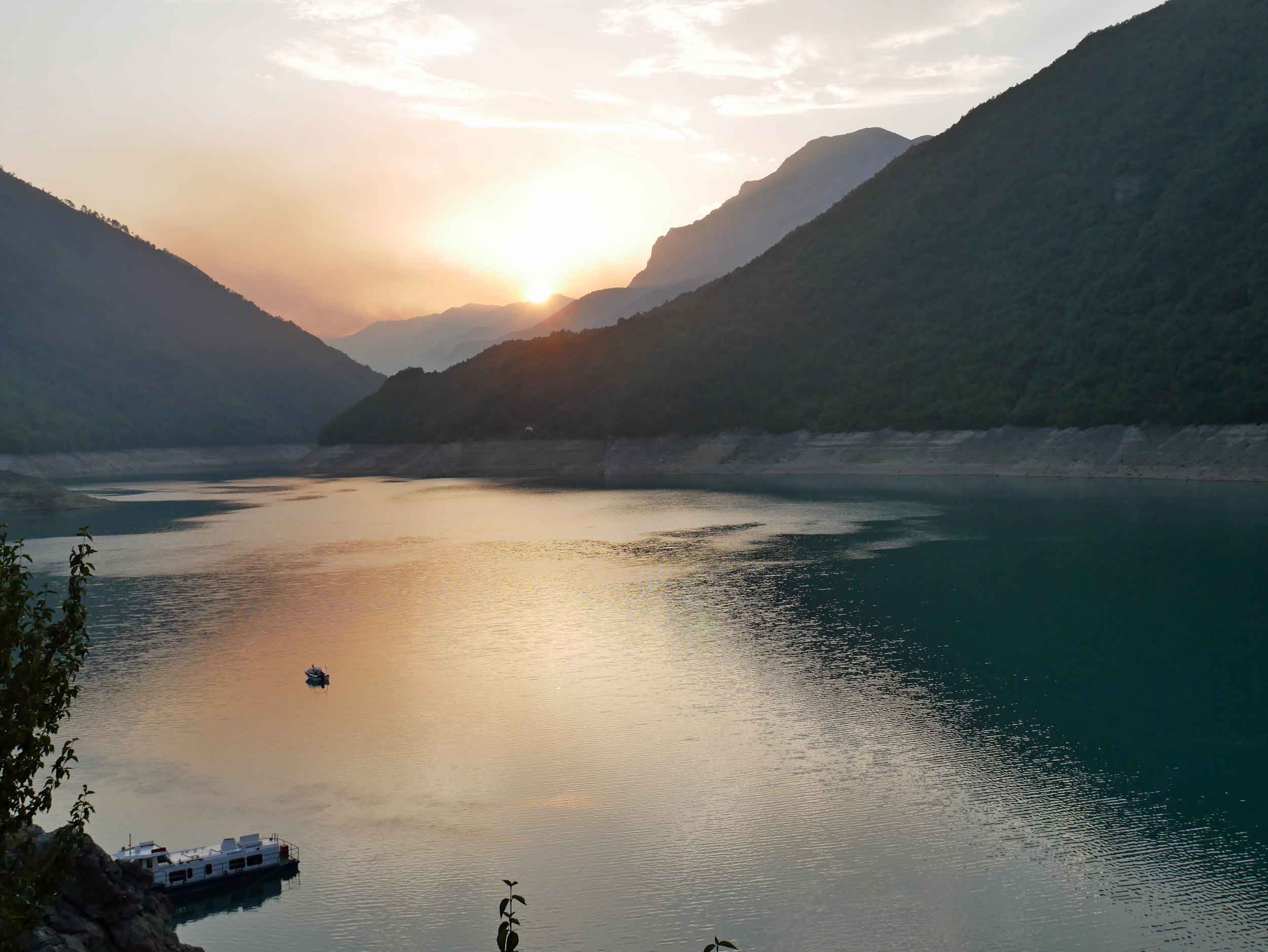
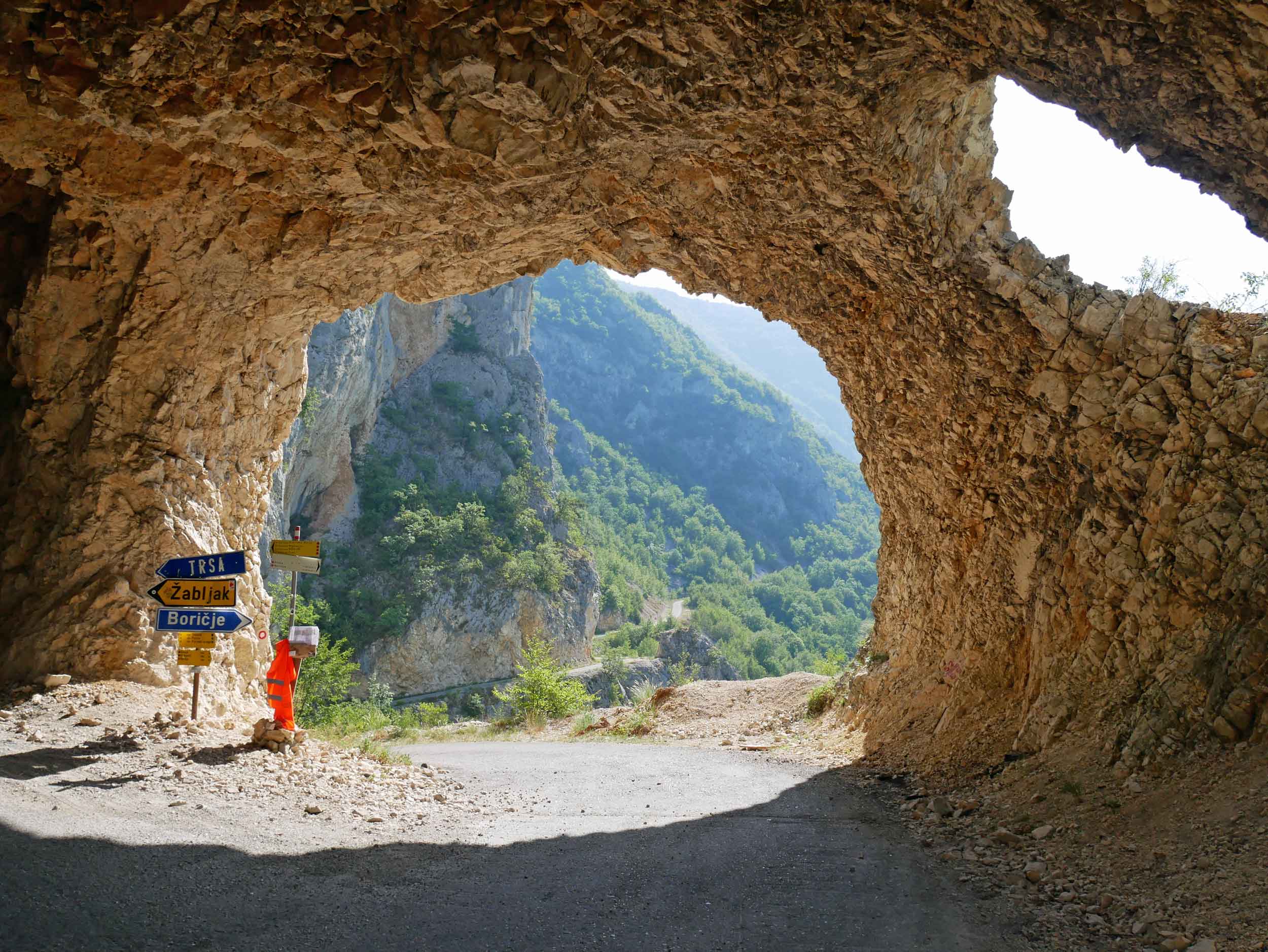
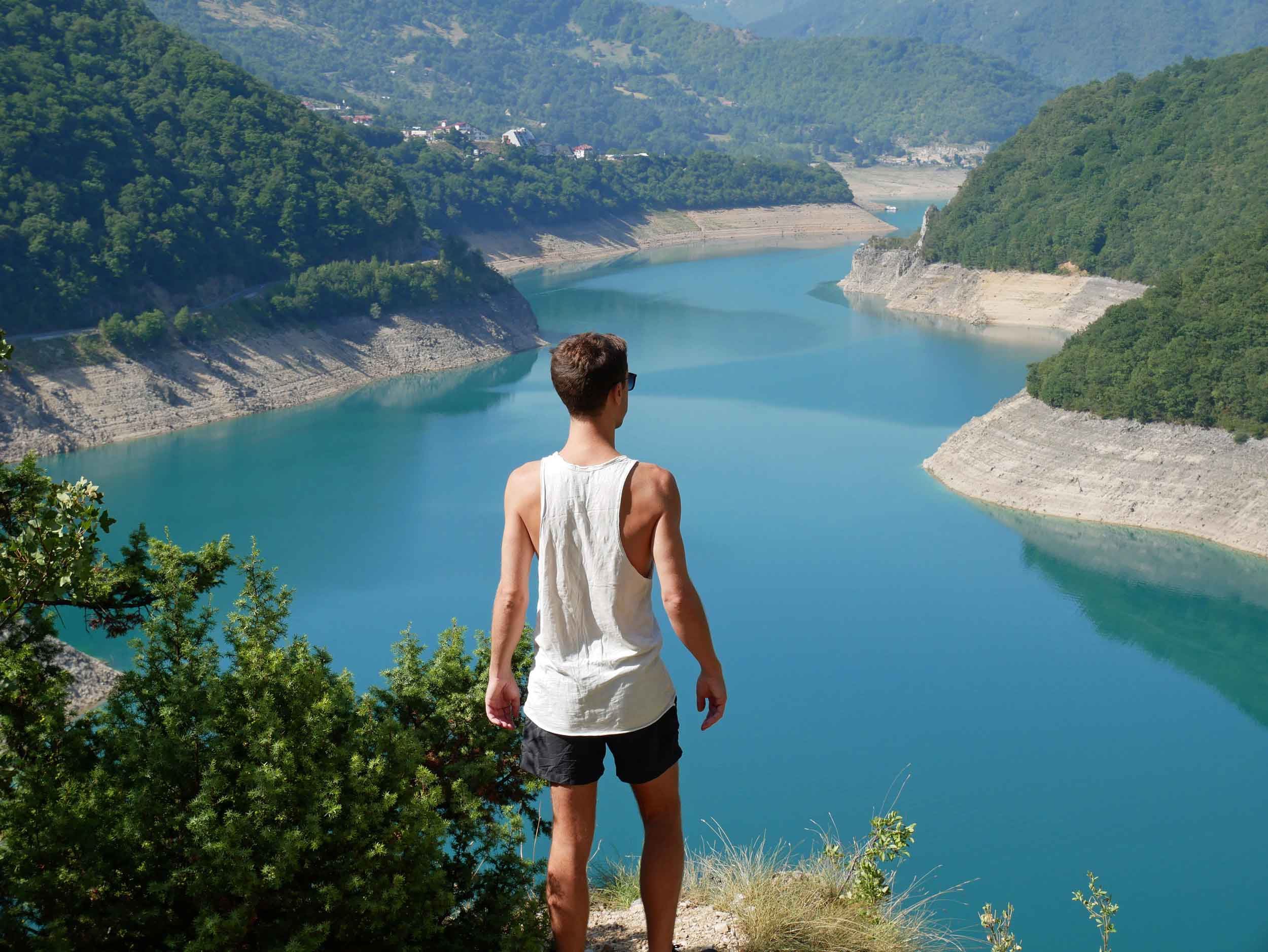
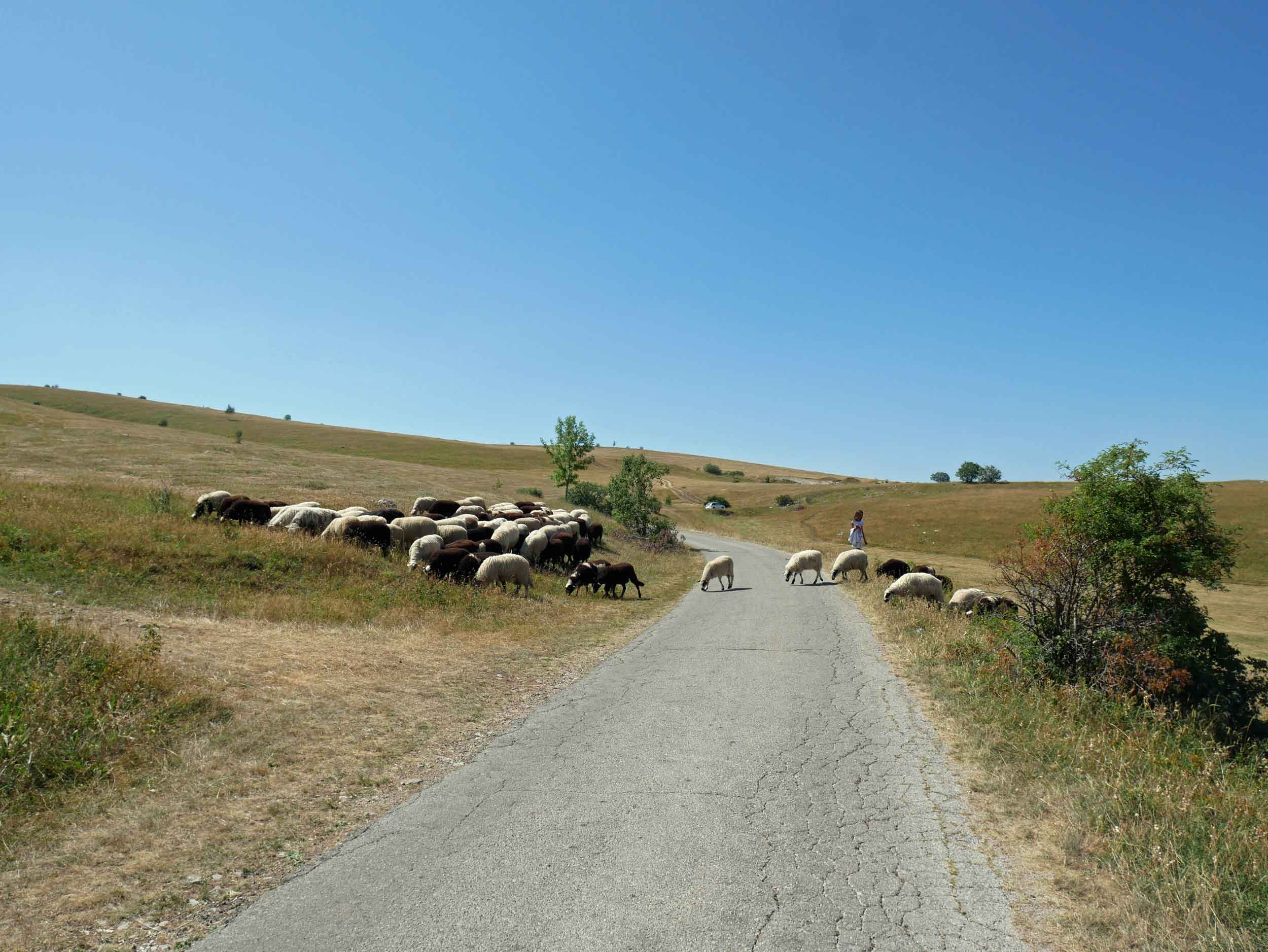
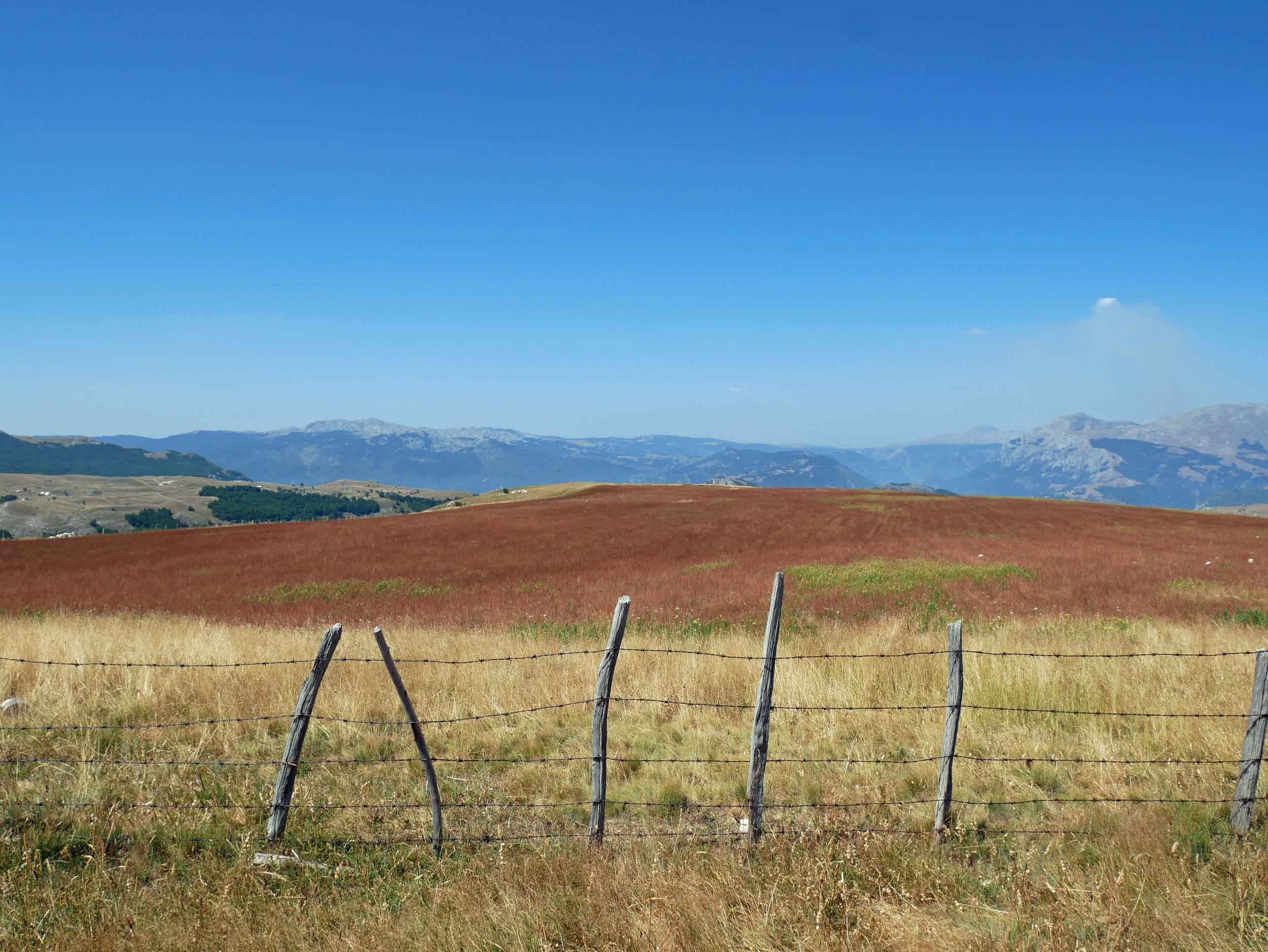
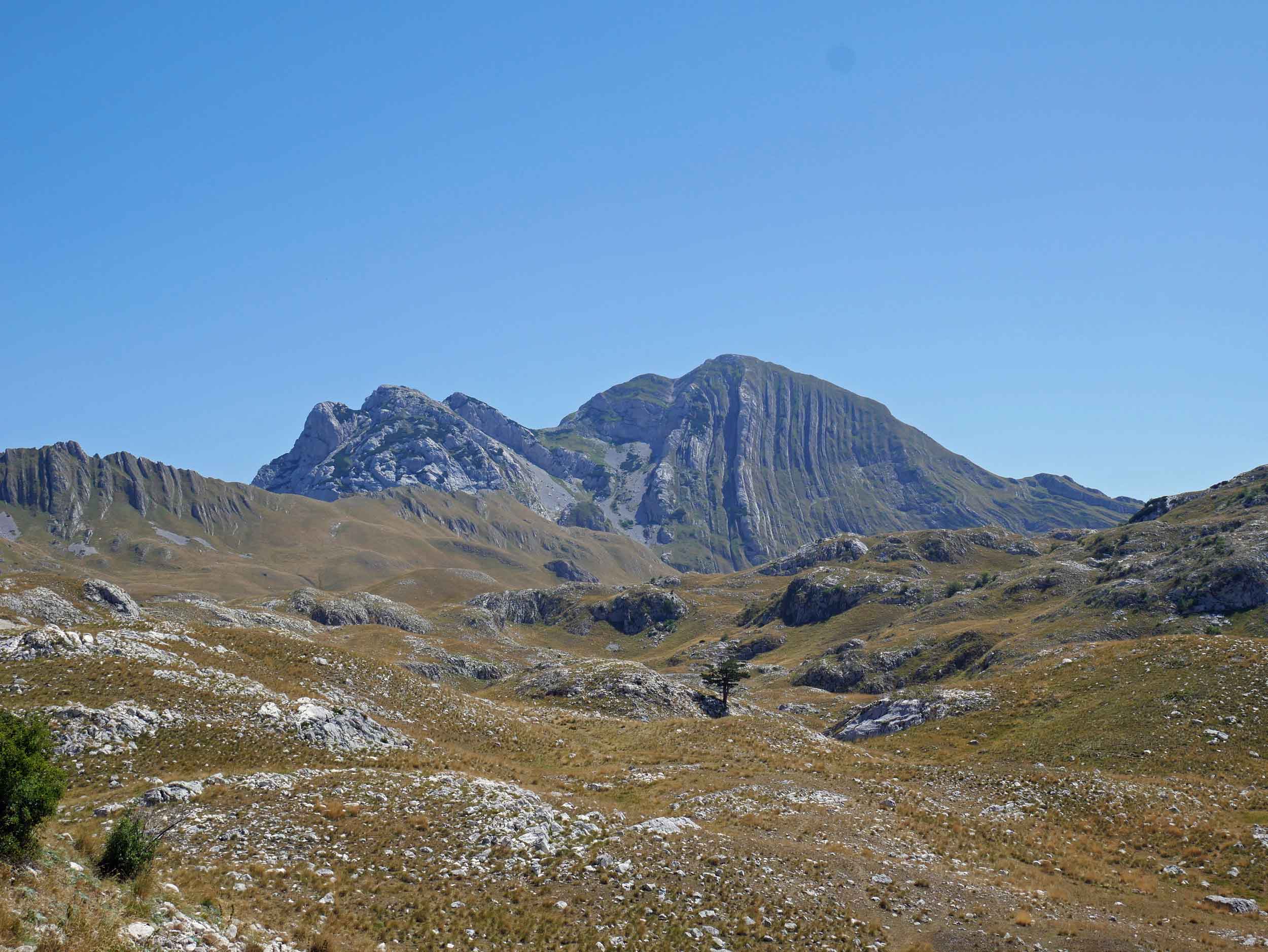
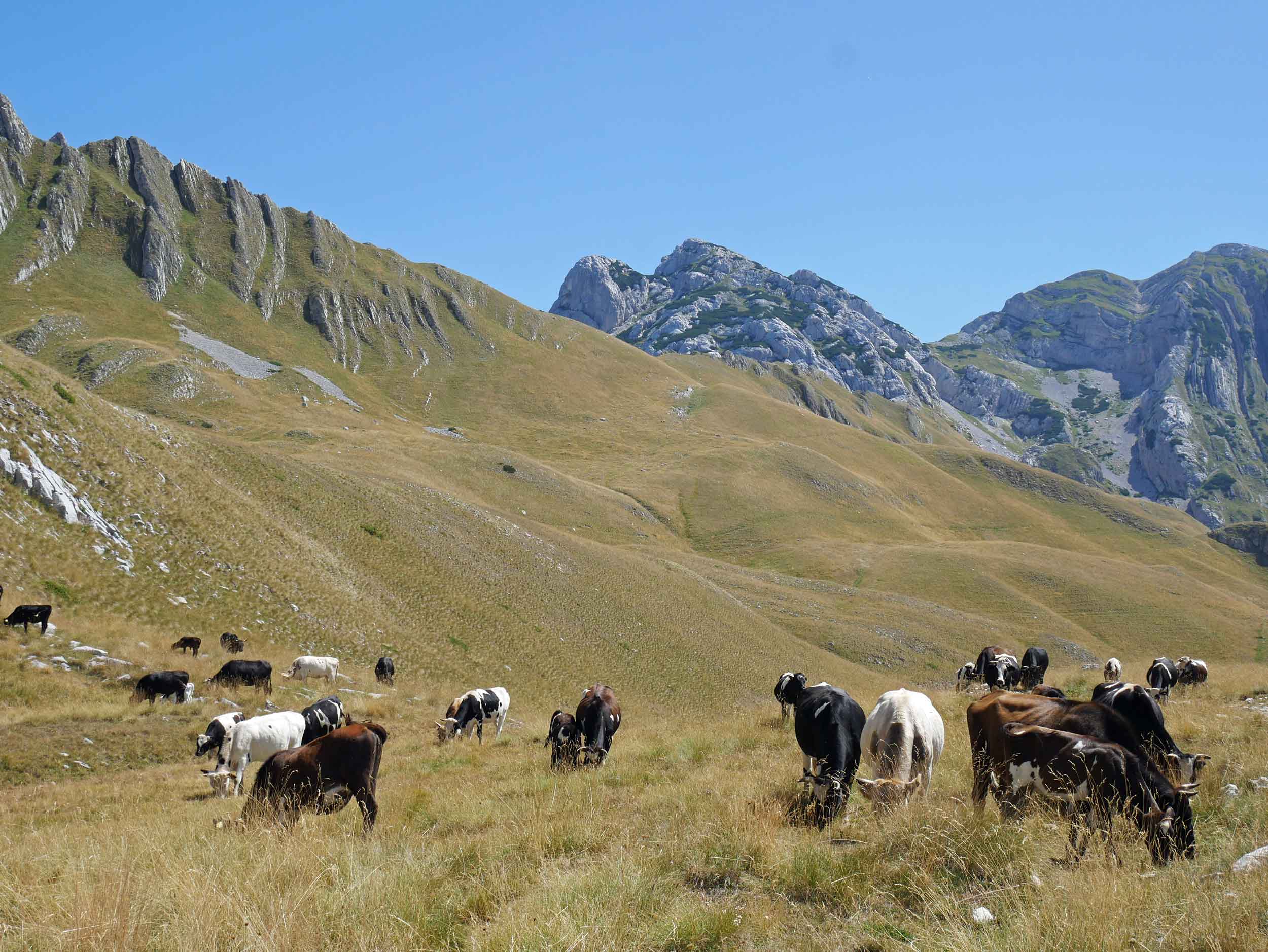
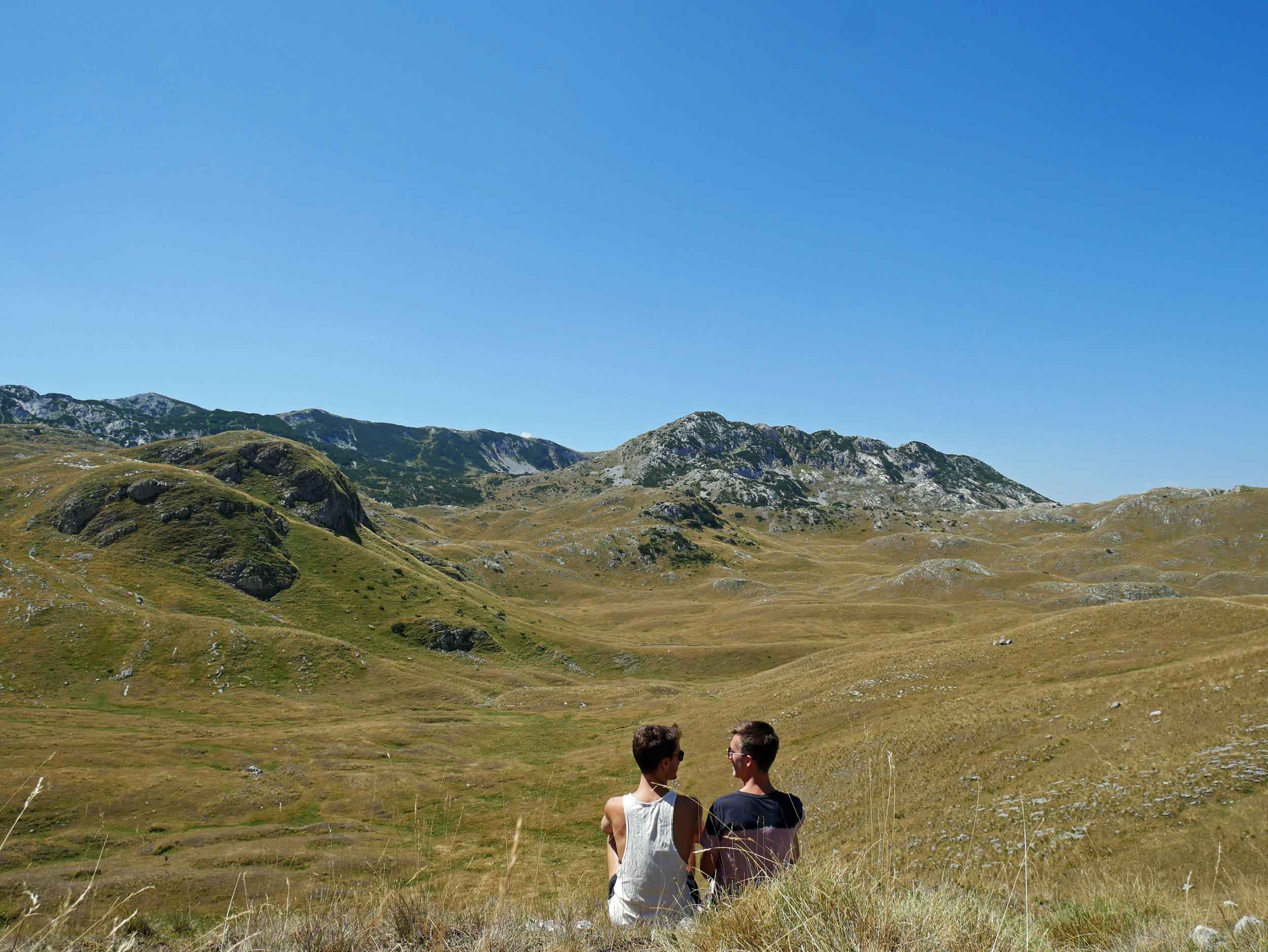
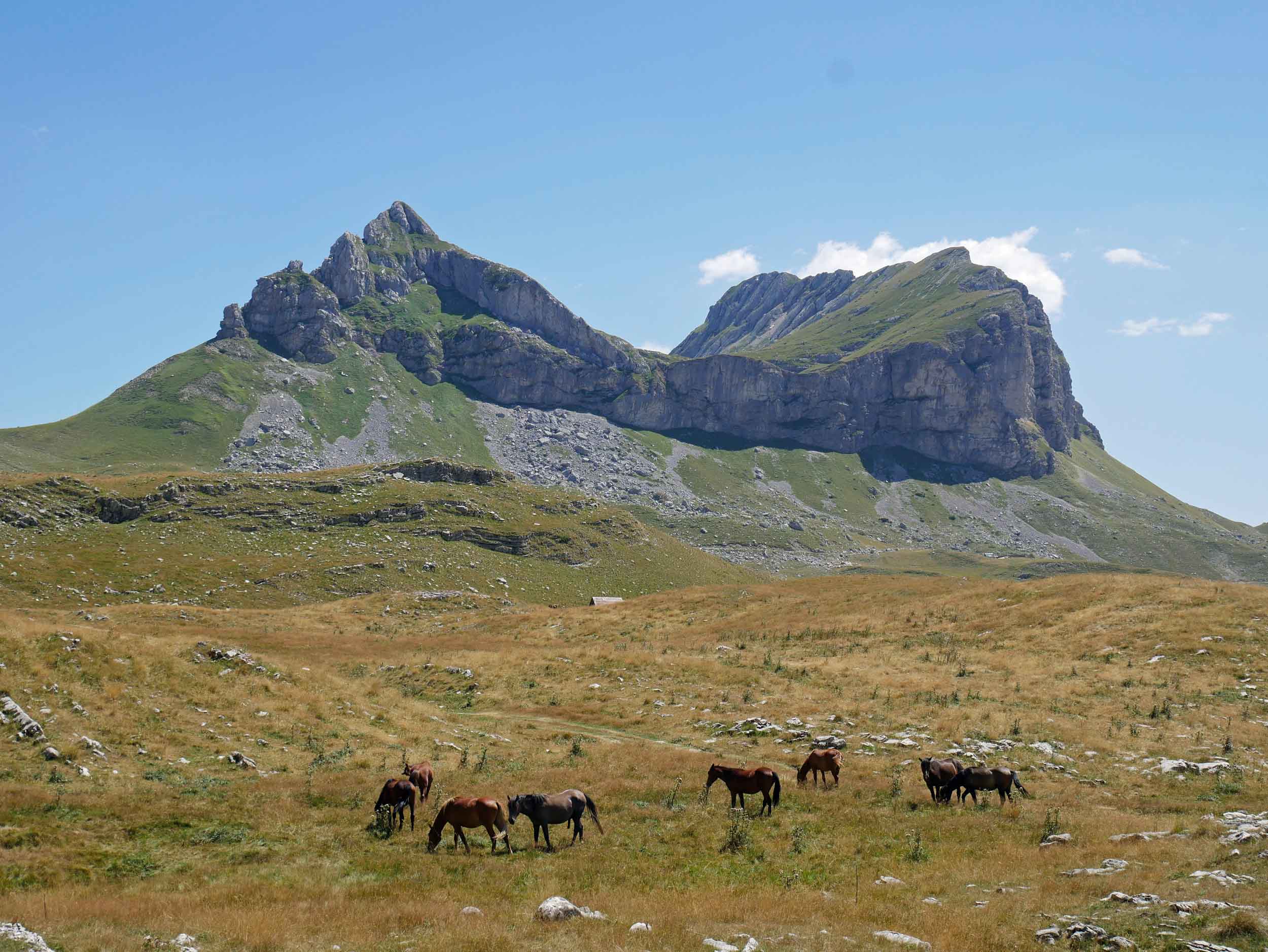

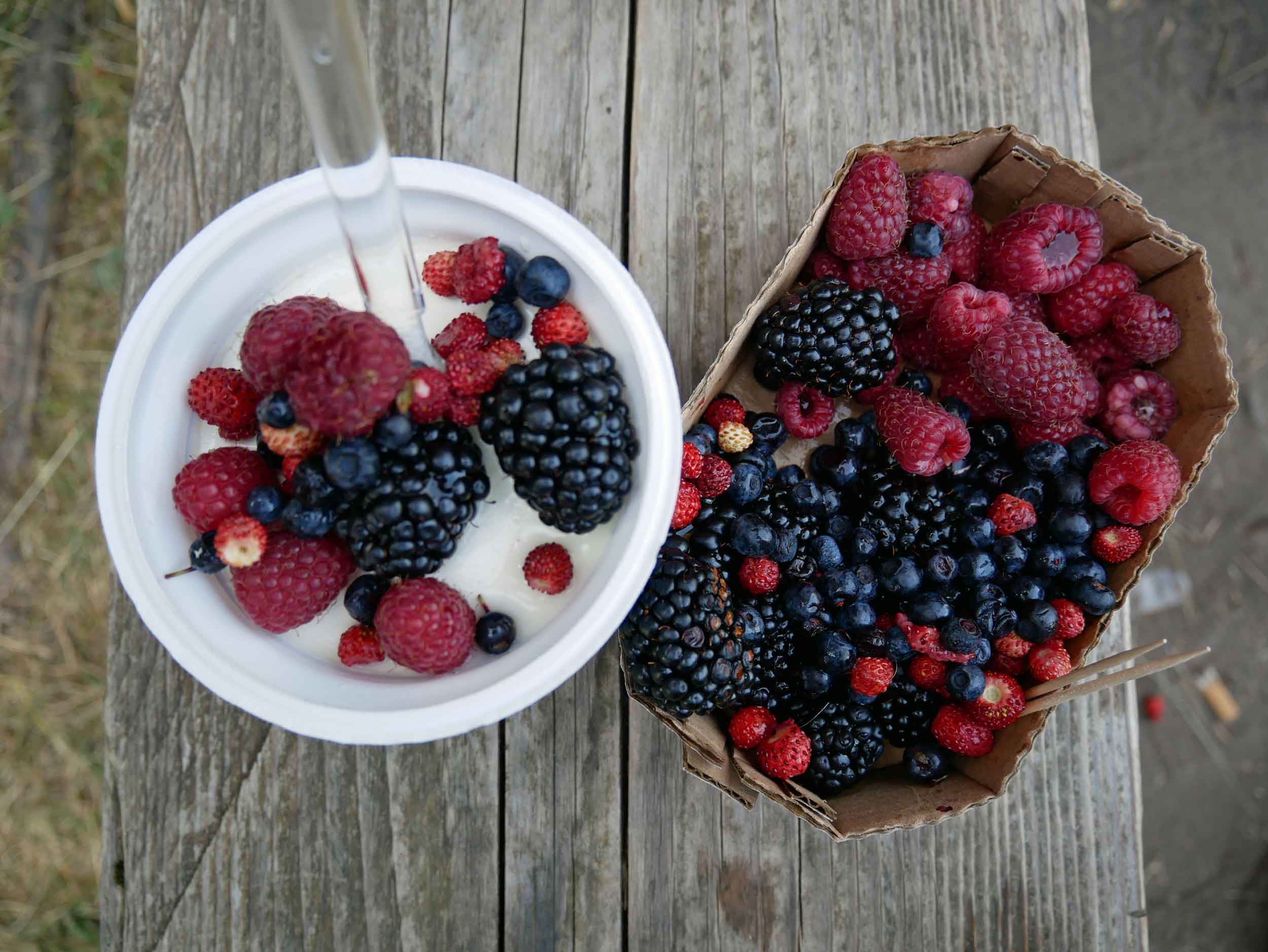

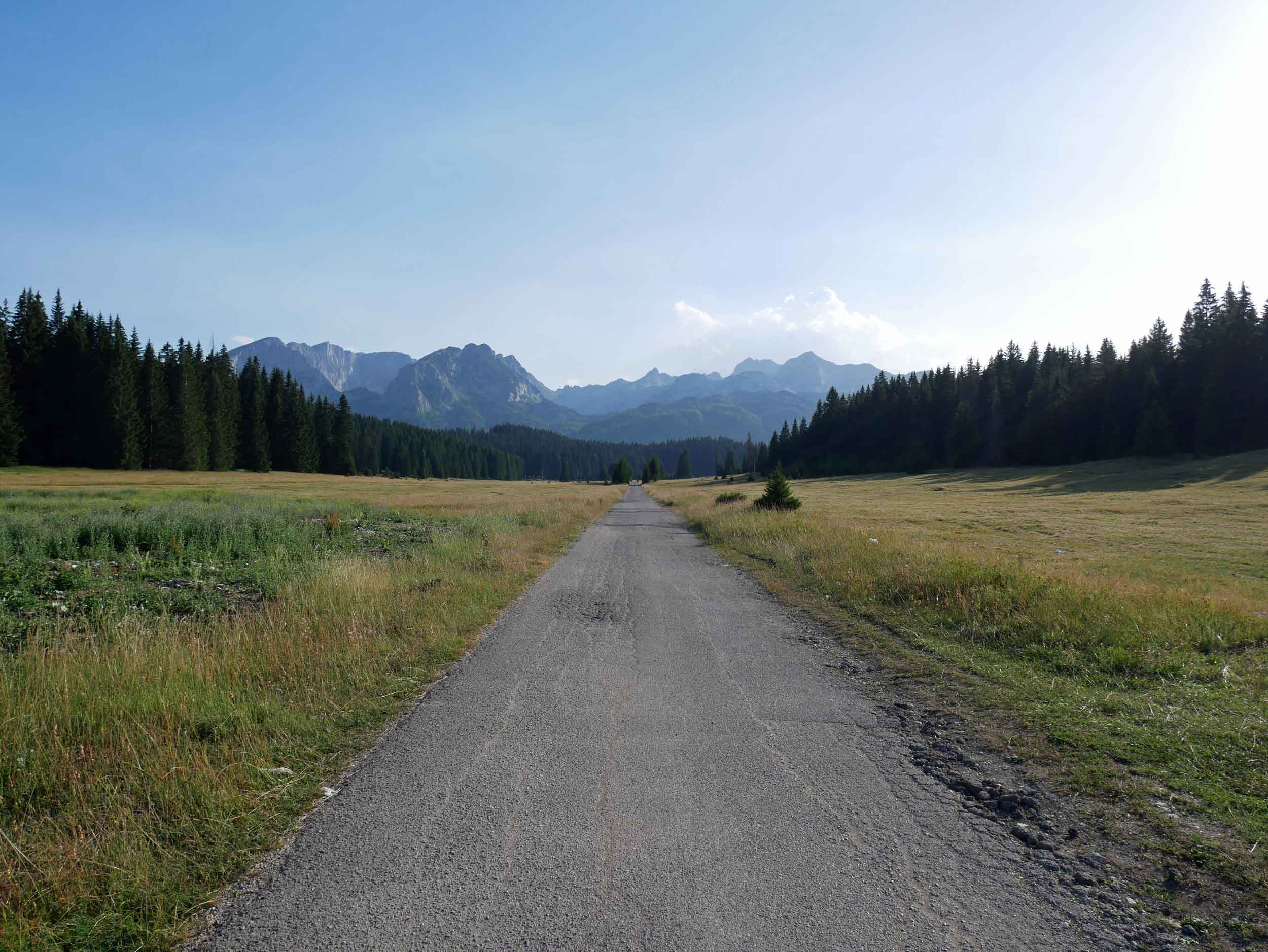
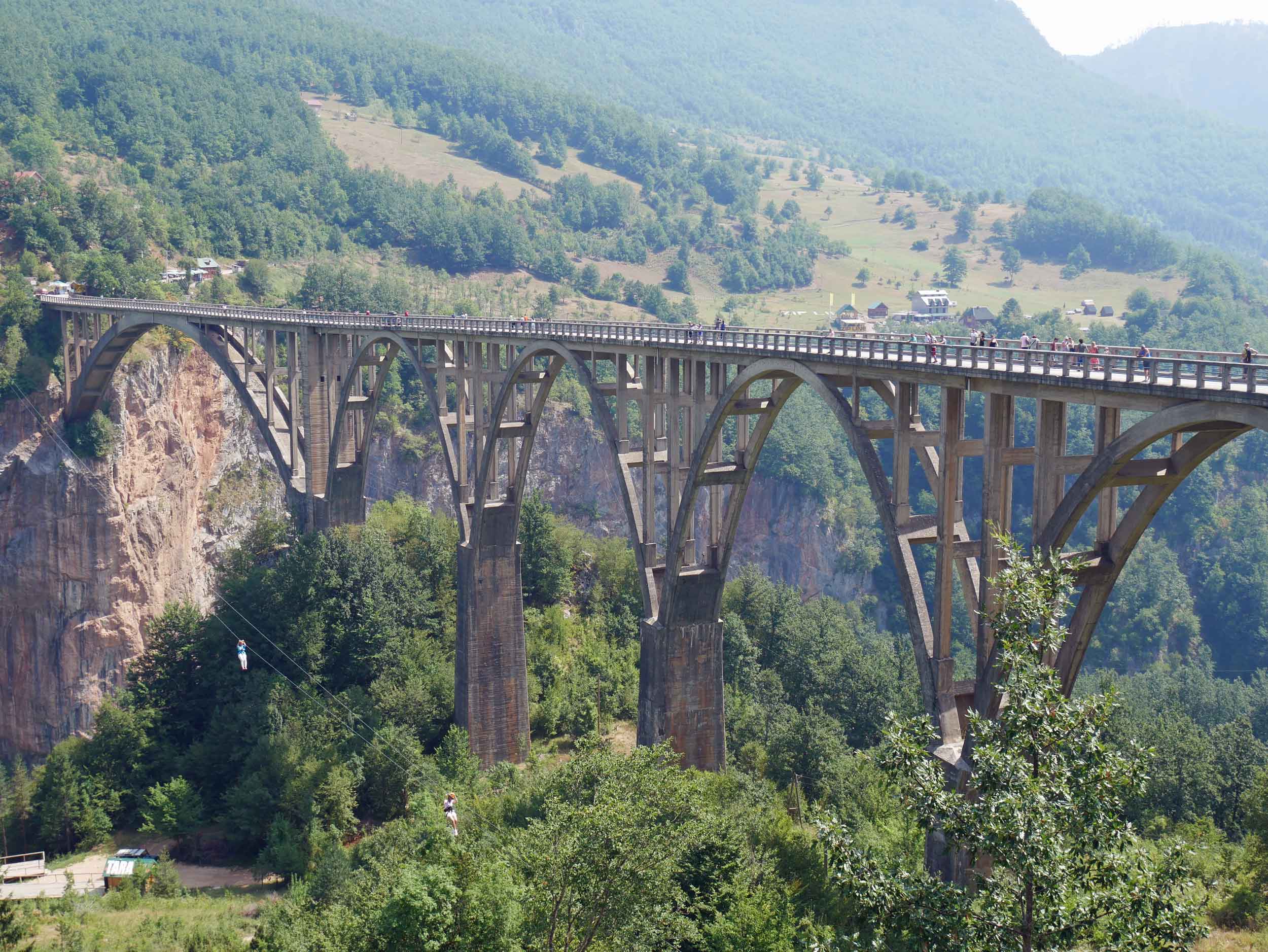

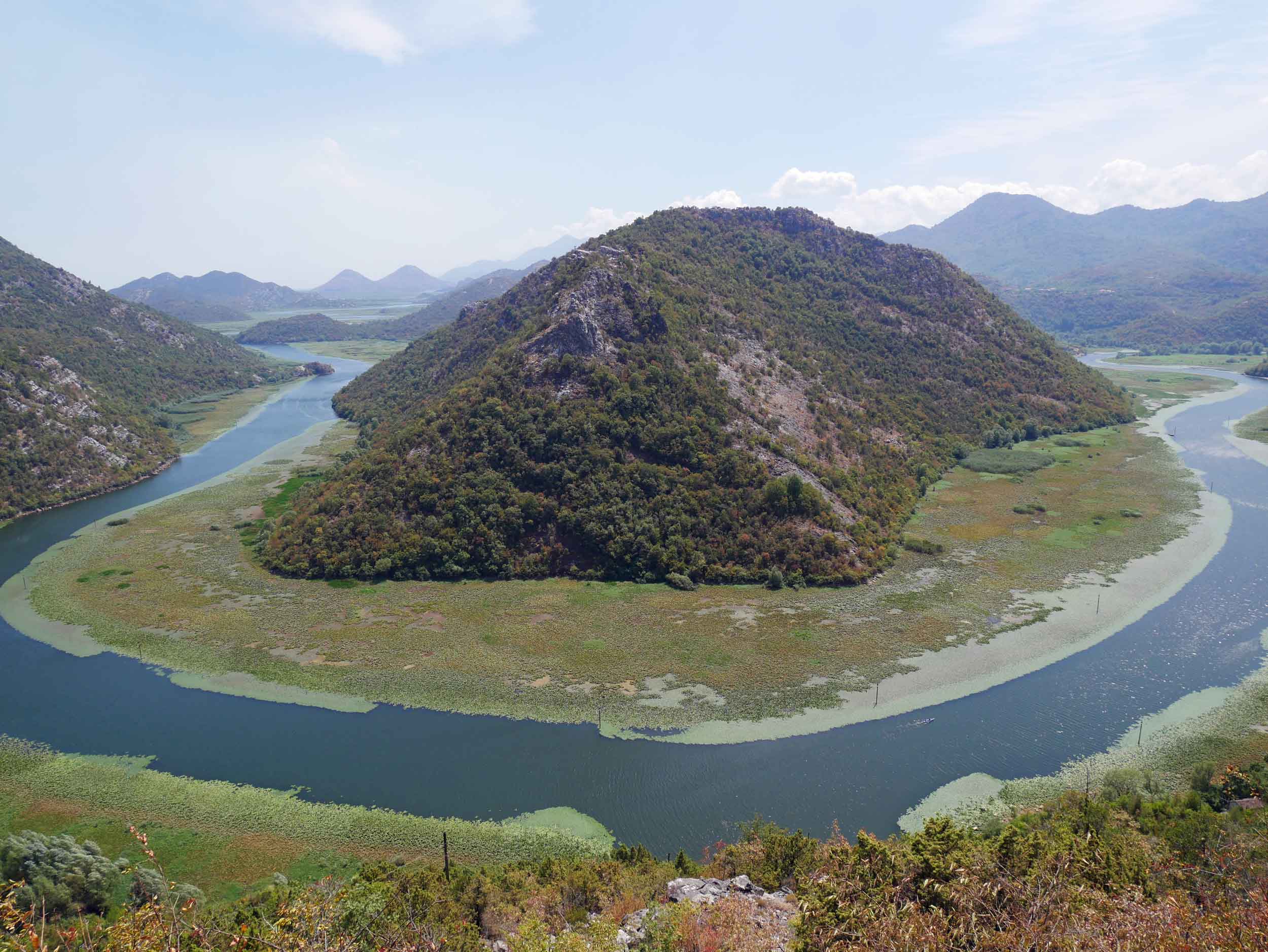
Climbing Albania’s Accursed
Having whetted our appetite for stunning mountainscapes in Montenegro, we were exhilarated by the opportunity to spend a full day trekking between two old-time mountain villages in the Albanian Alps. Another comeback story, Albania had endured years of oppression and strife at the hands of the Hoxha totalitarian regime, which politically isolated this nation from the rest of the world post WWII. The country is certainly beautiful, but sadly, its collective efforts to overcome repression can still be felt today. Sure, we both suffered nasty spells of food poisoning and felt our pulses quicken during a hostile bout of road rage en route to Koman Lake (we’ll tell you the story over tea some time…), yet even still, we wouldn’t have wanted to miss out on the awe-inspiring experience of walking from Valbonë to Theth over the mighty Accursed Mountains.

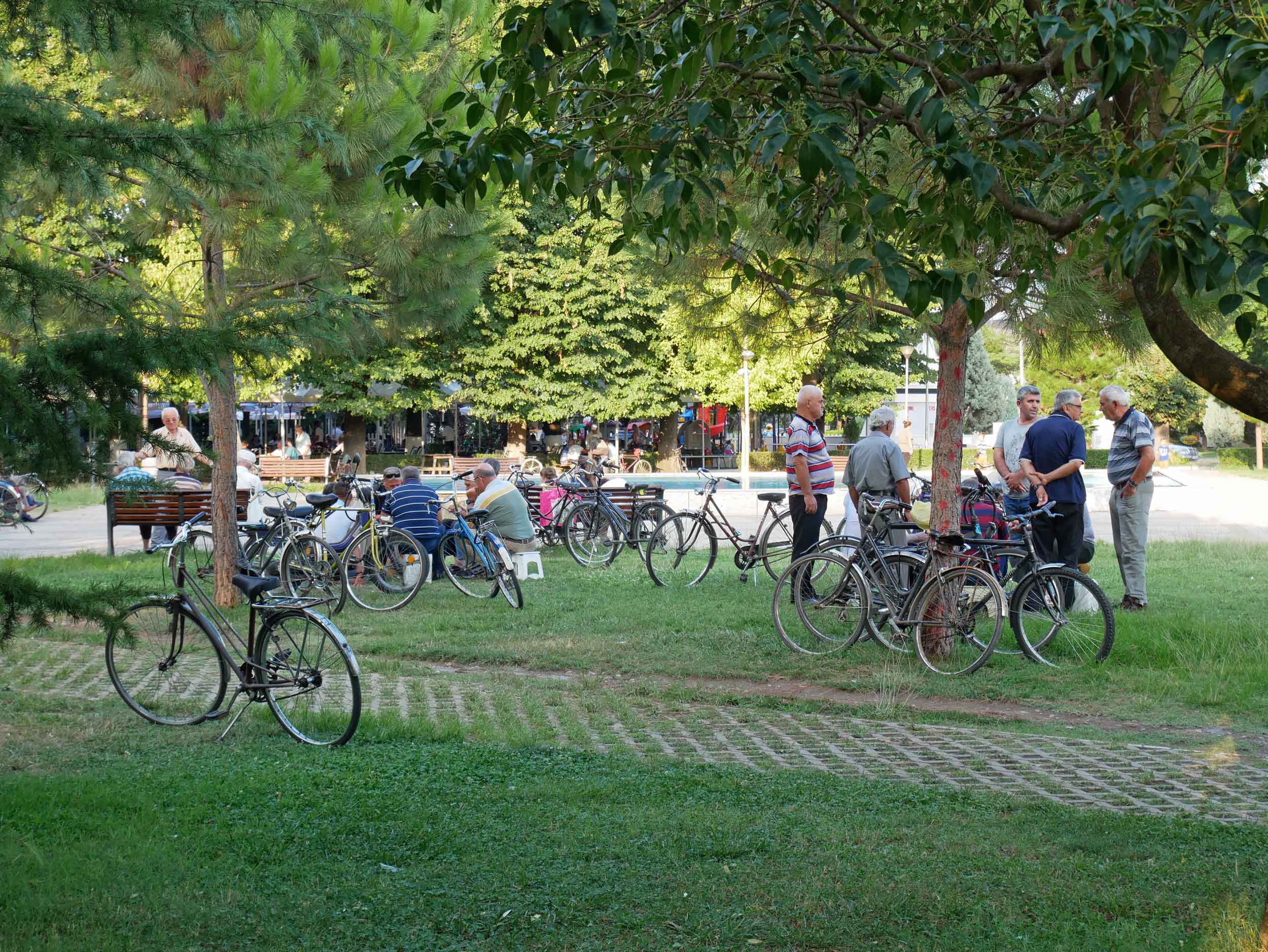
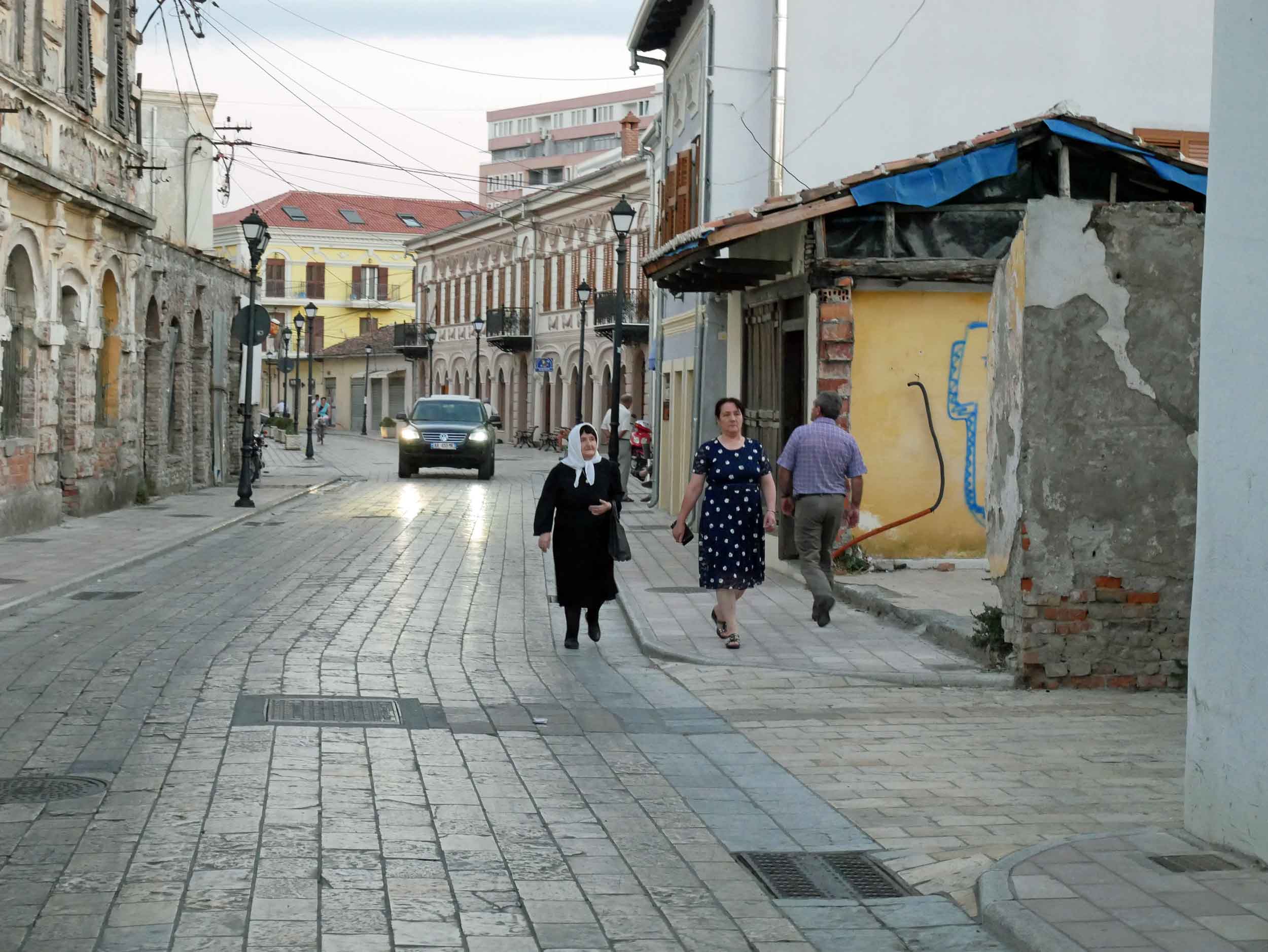
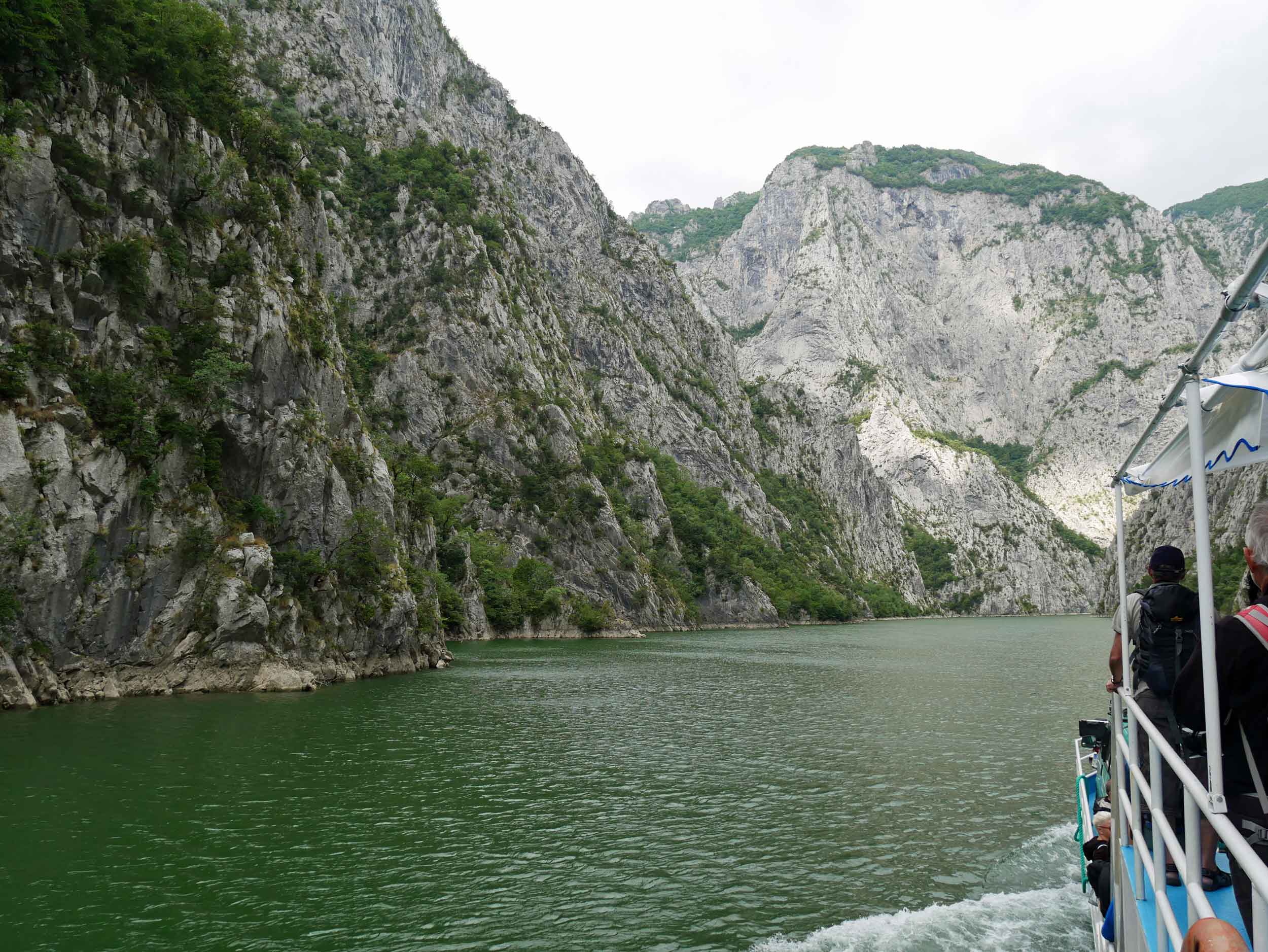
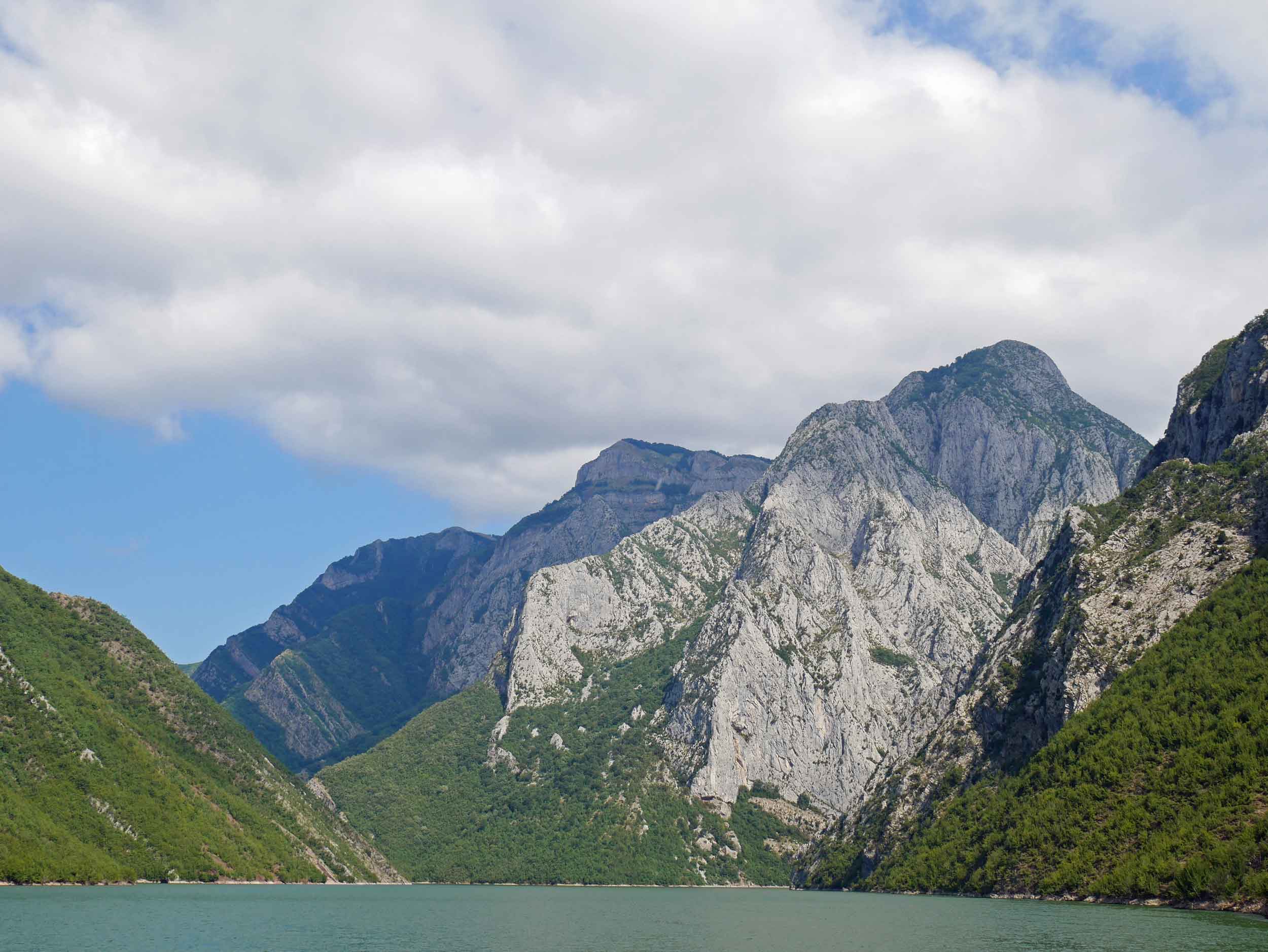

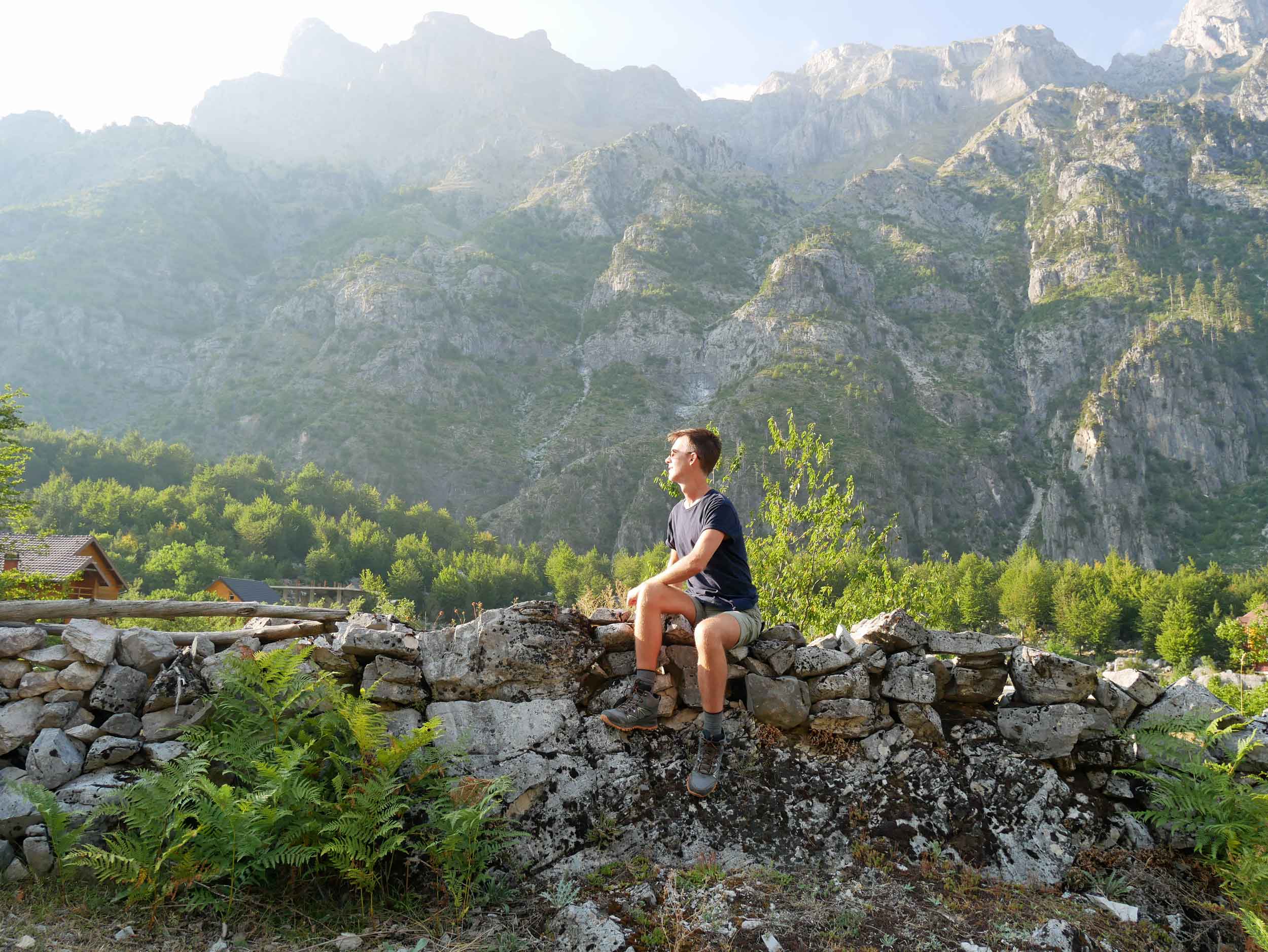
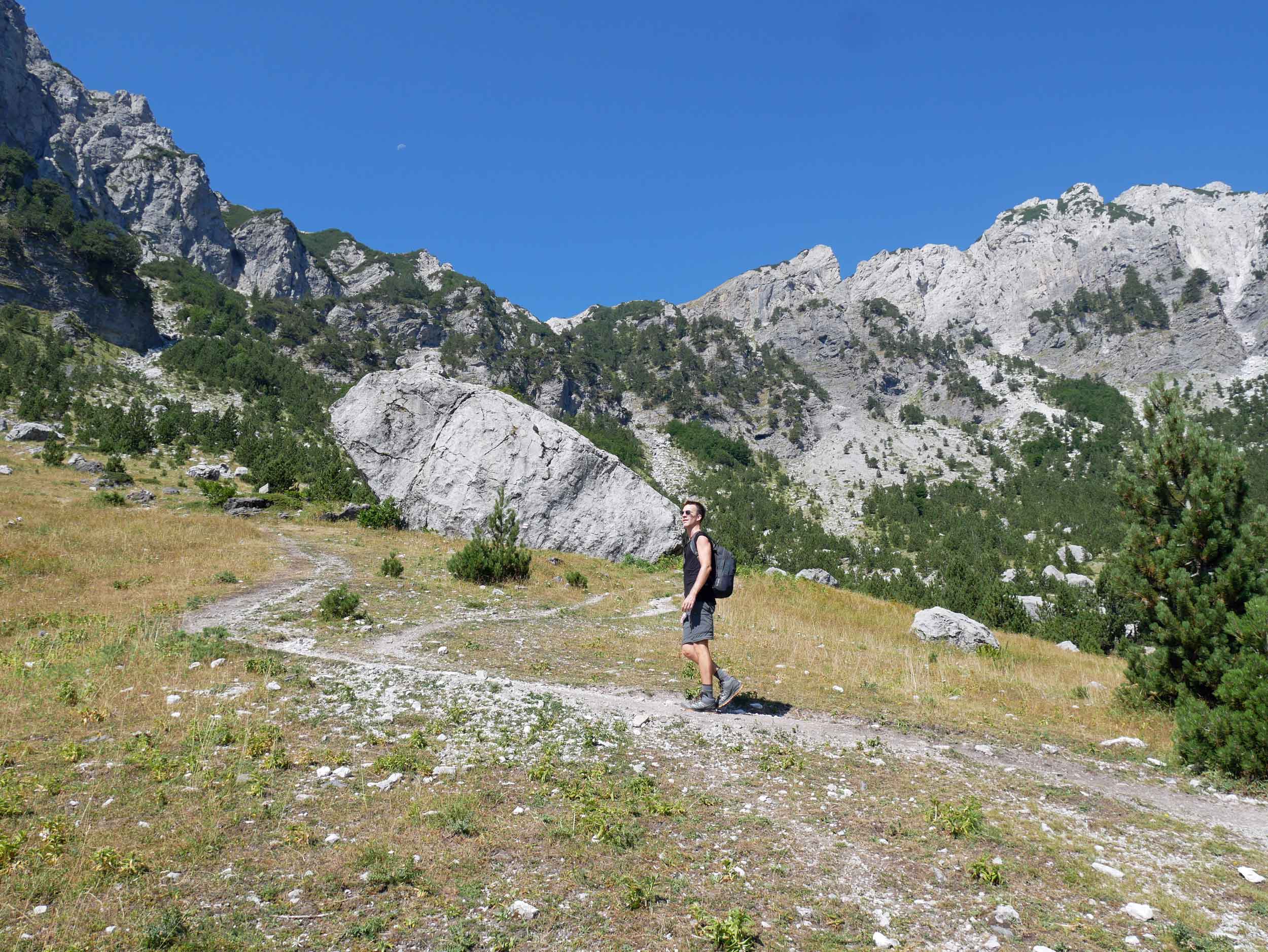
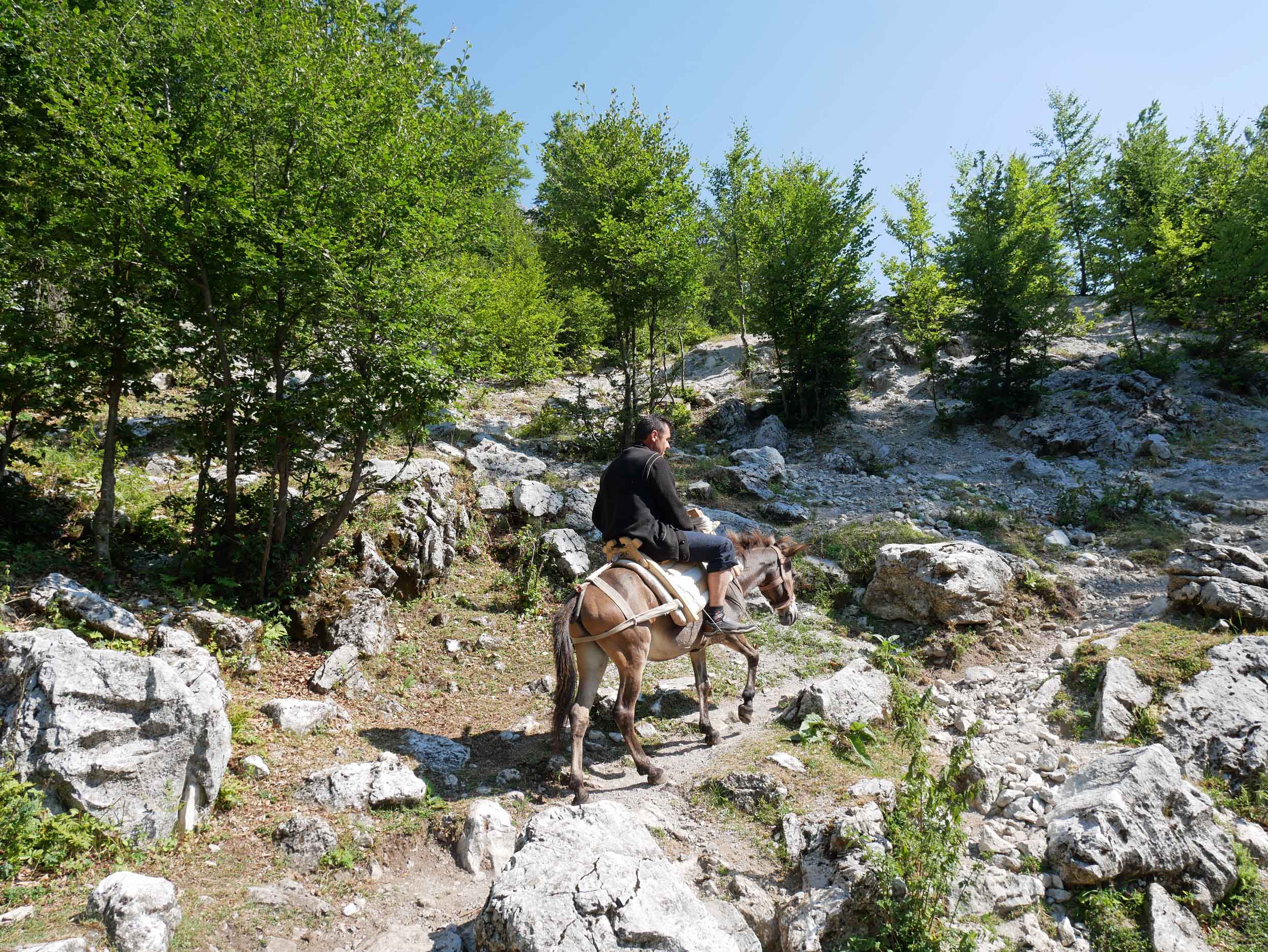
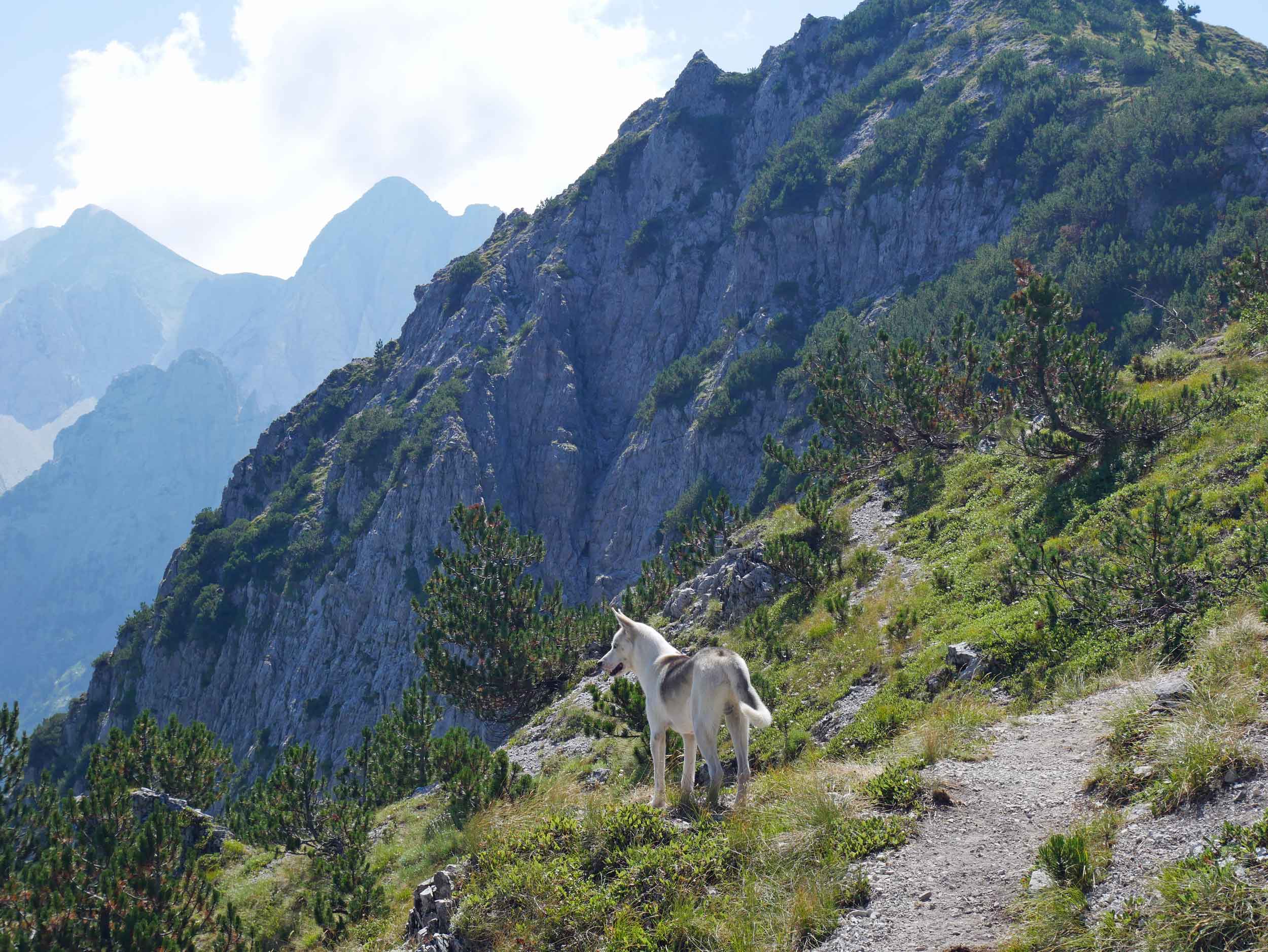
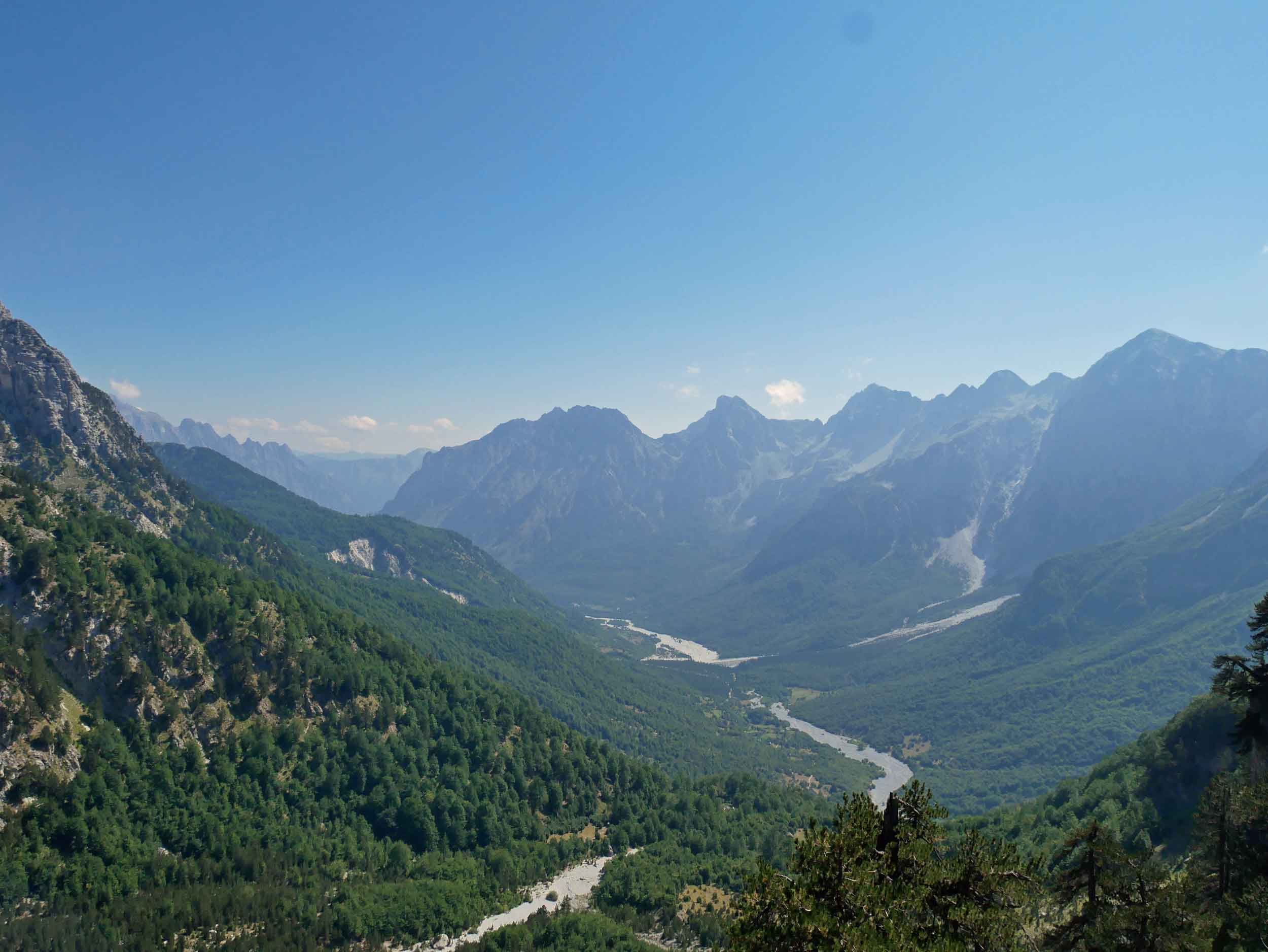
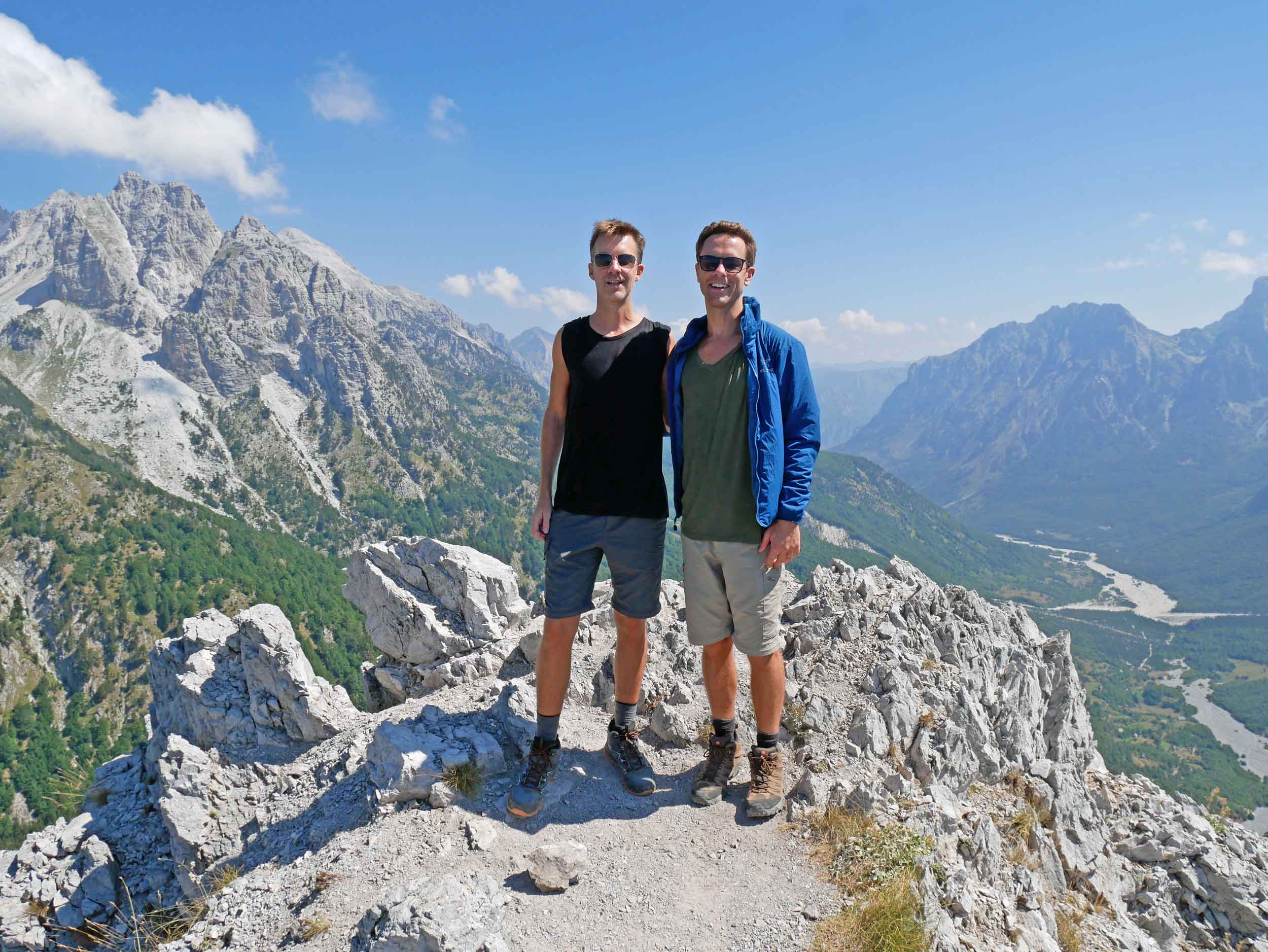
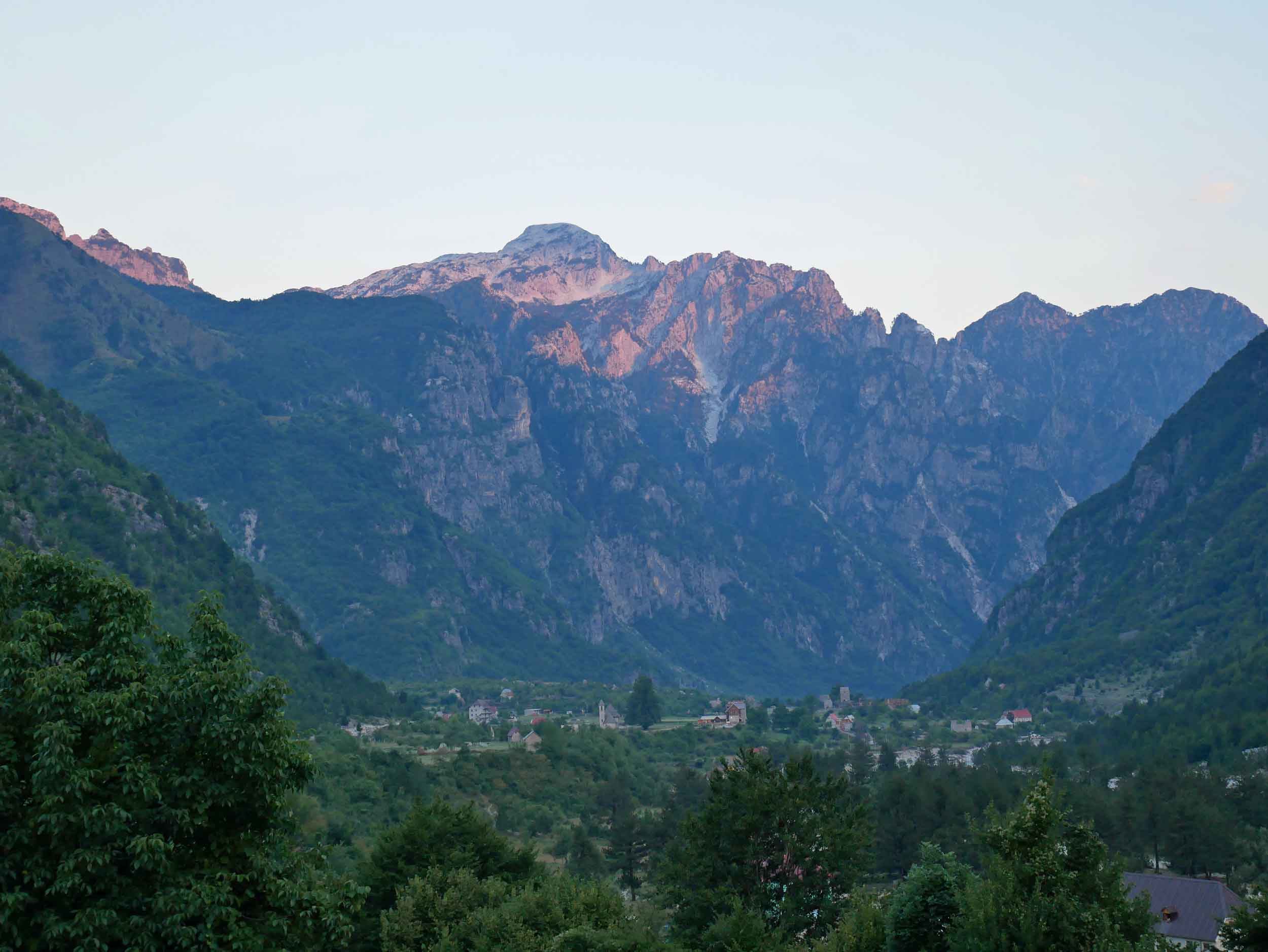
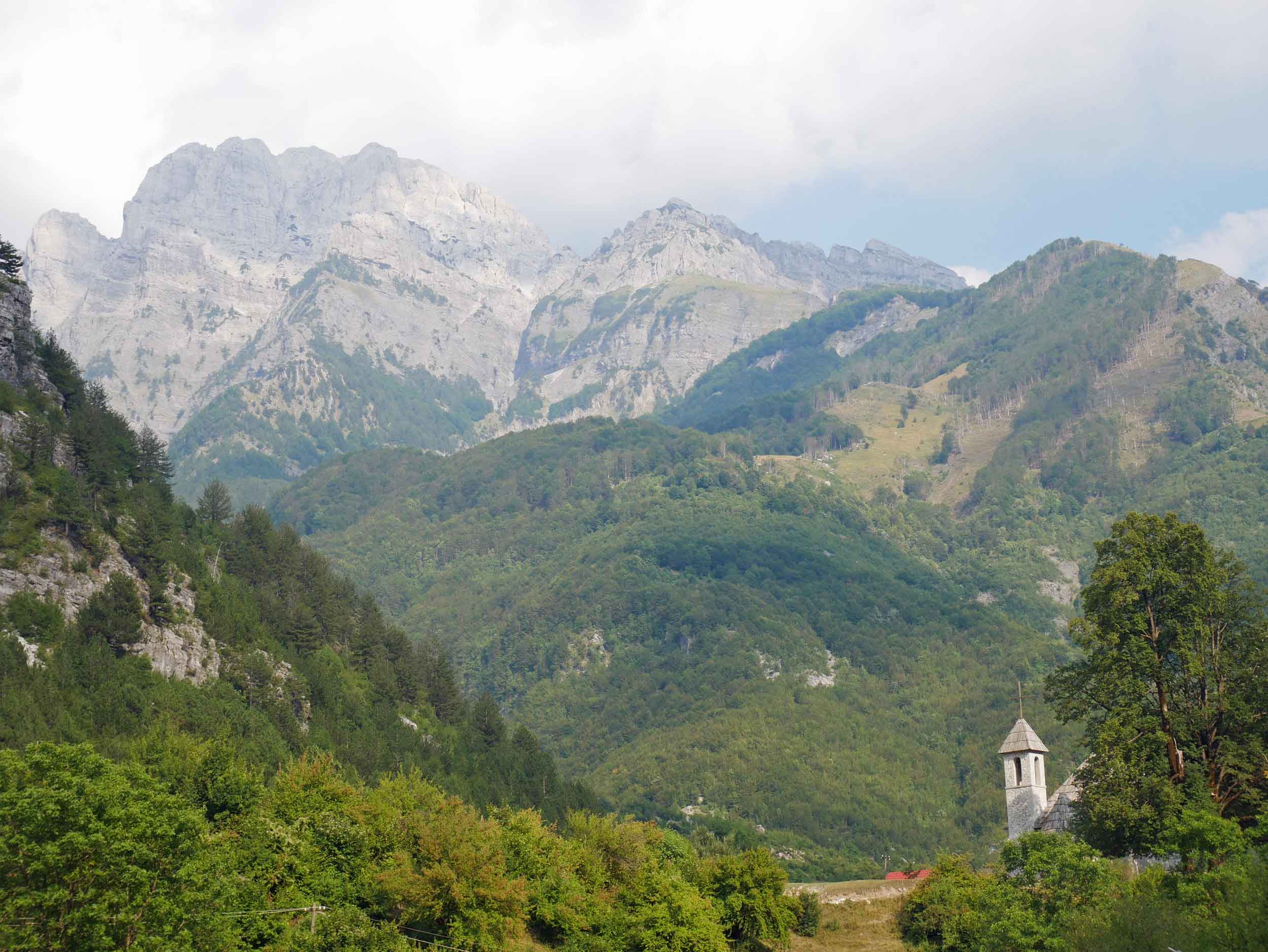
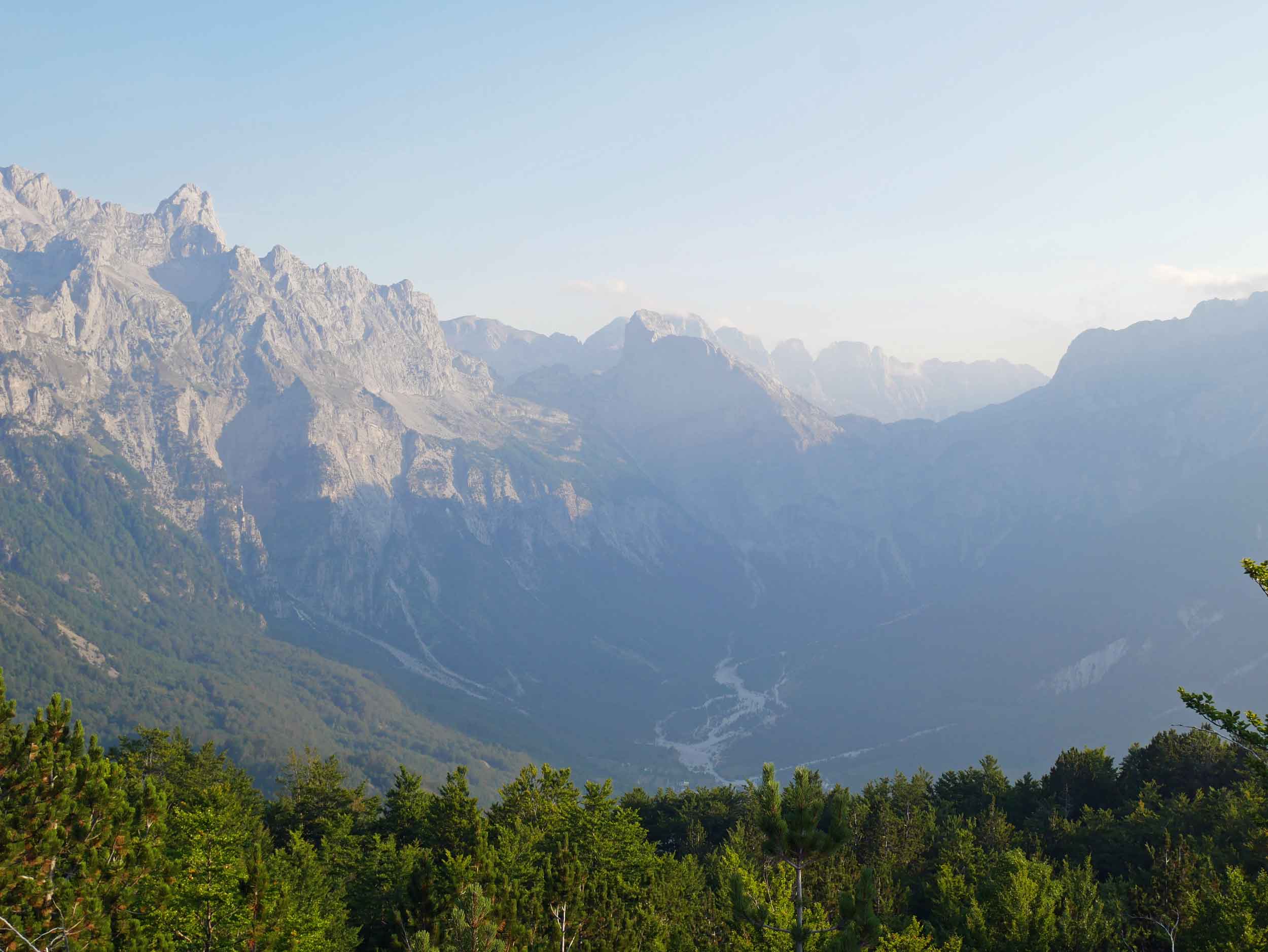
Alive in the Hills of Slovenia
With Europe’s heatwave continuing, and the Balkan shorelines packed with Adriatic holidayers beating the sweltering temps, the mountains of the peninsula quickly became our relief from both the the hot weather and teeming crowds. One of our favorite experiences of the Balkans was exploring the popular, verdant Alpine nation of Slovenia. After weeks of drought and heat (including numerous bush fires in Montenegro), we were relieved to be in the mountains of Slovenia with cooler conditions and even… rain (!) in the forecast. Boasting more untouched forest and water per capita of any country in the EU, Slovenia brought a much-needed reprieve. And an impromptu rendezvous with Megan, Martin’s friend and former colleague, and her family, coincidentally in the country, made our time in Slovenia even more special. Visiting the fantastical lakes, rugged gorges and stunning Julian Alps made it clear to us why Slovenia is now one of Europe’s most popular countries to visit.
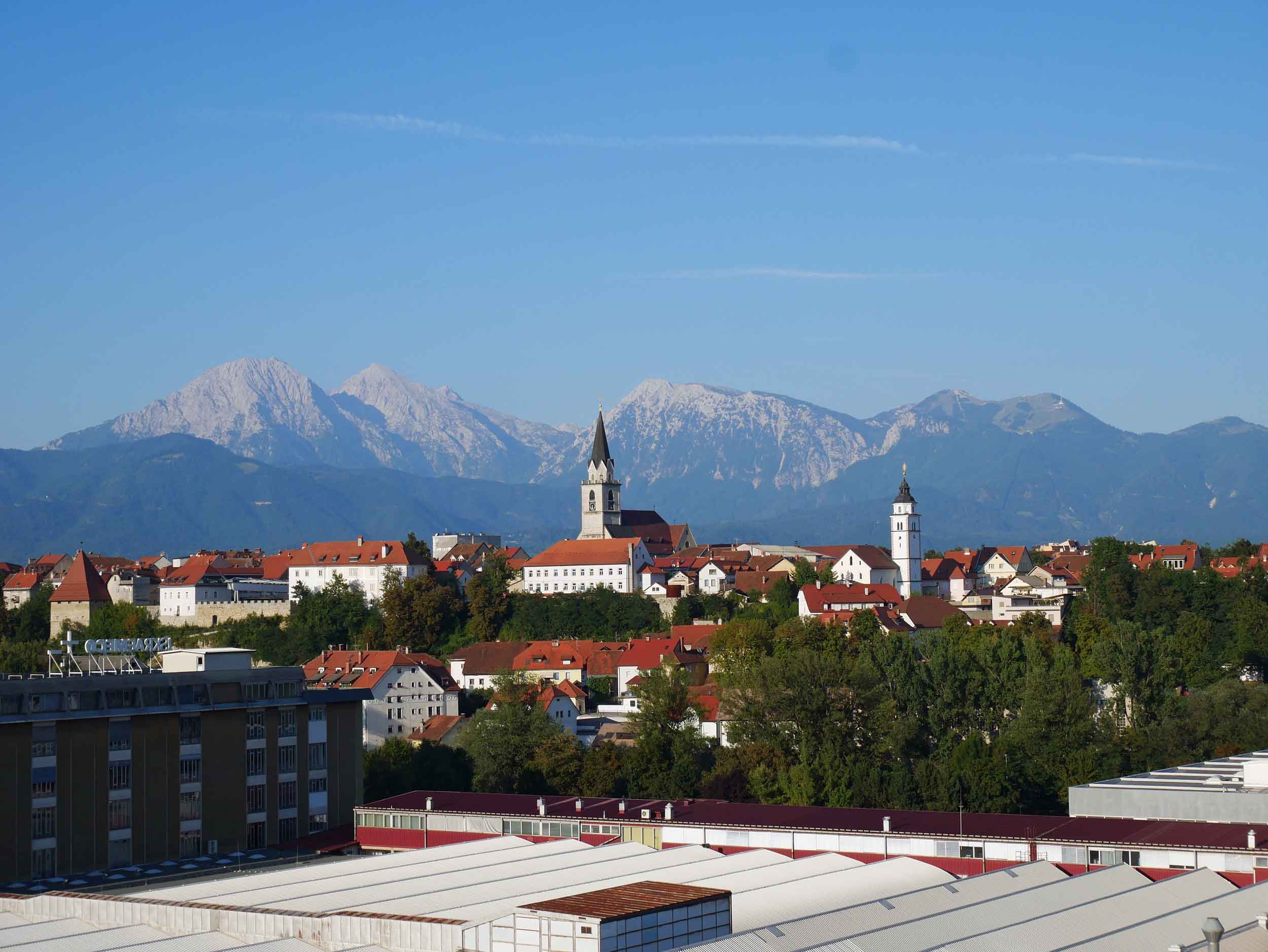
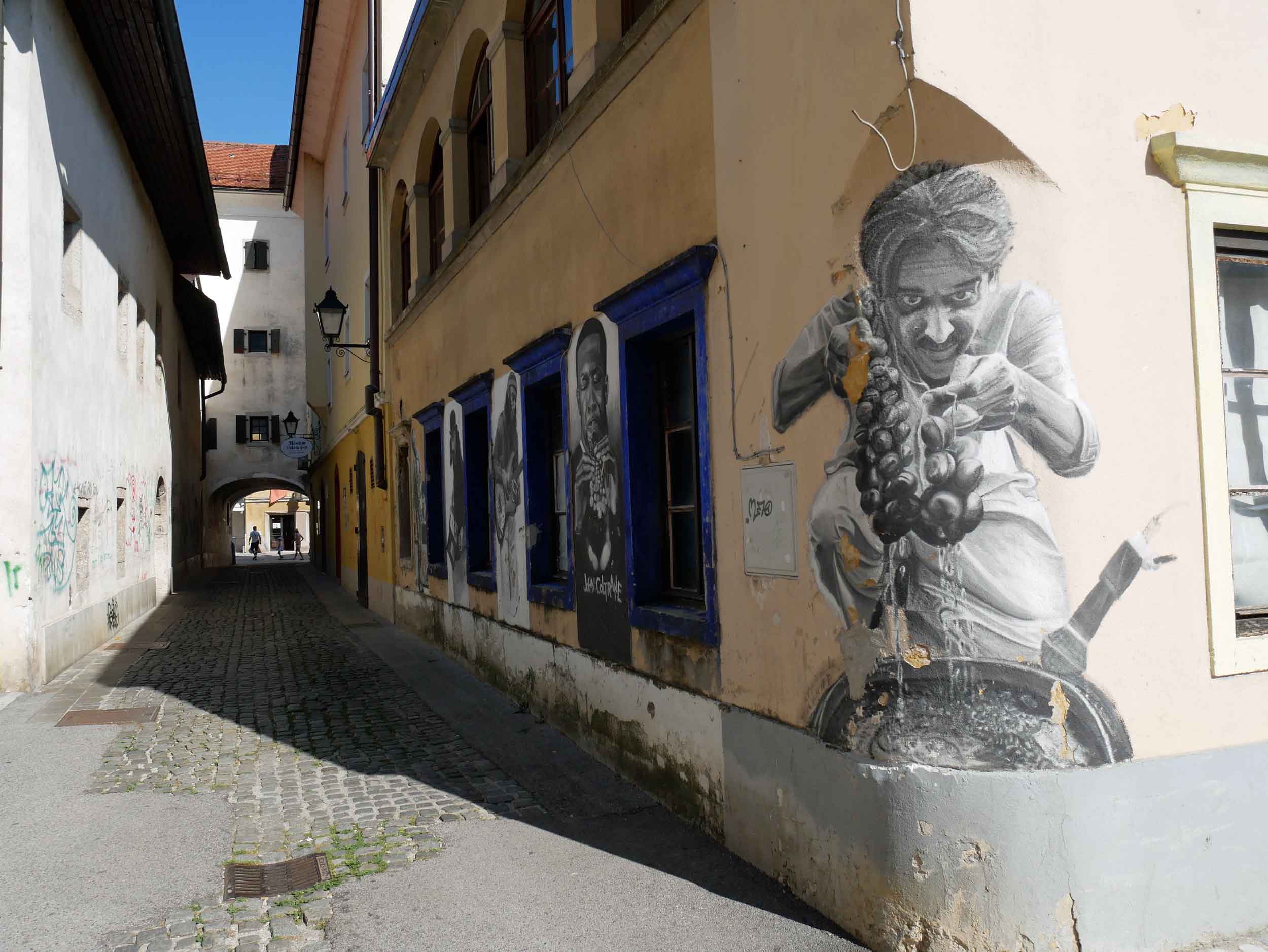
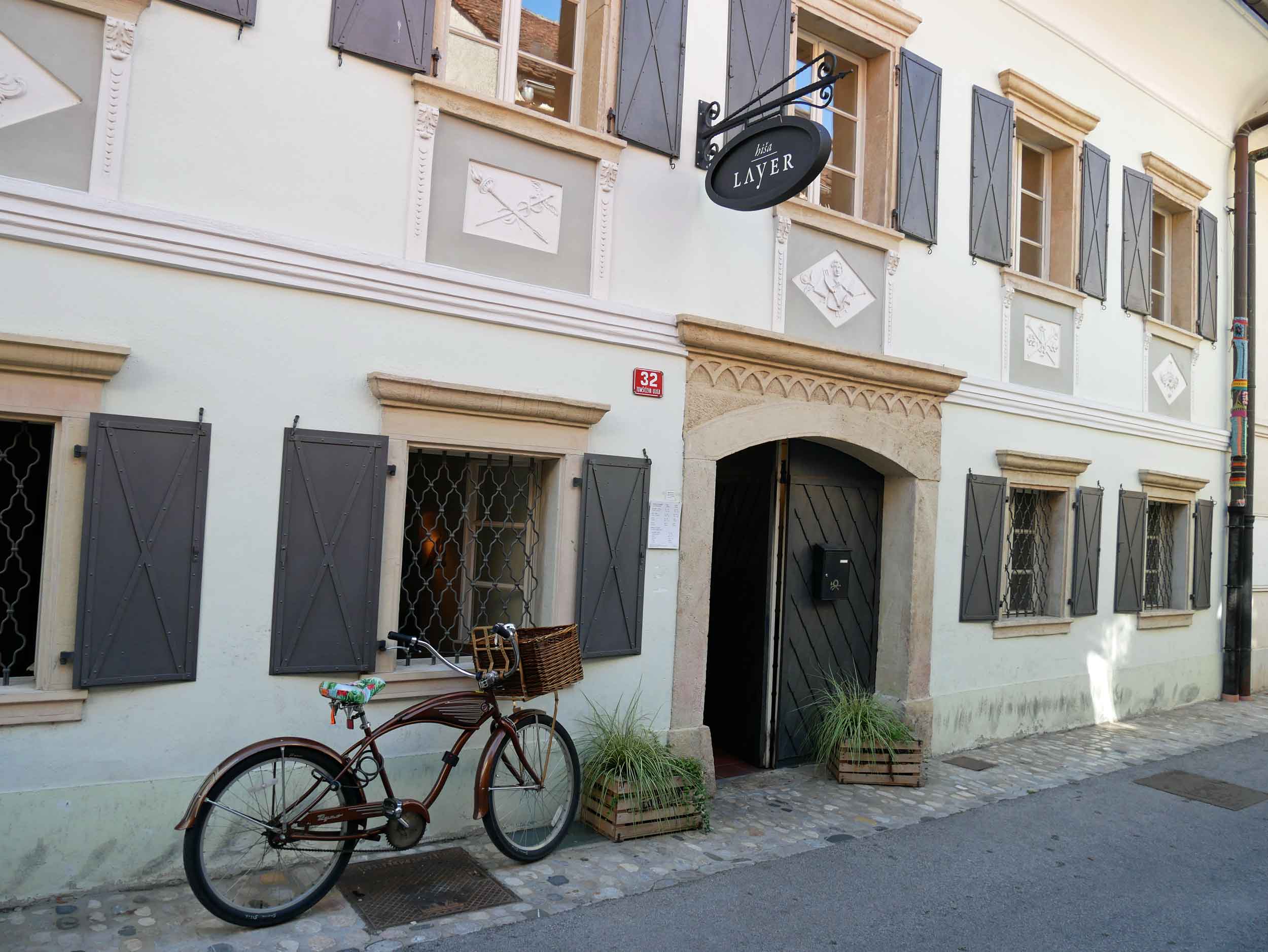
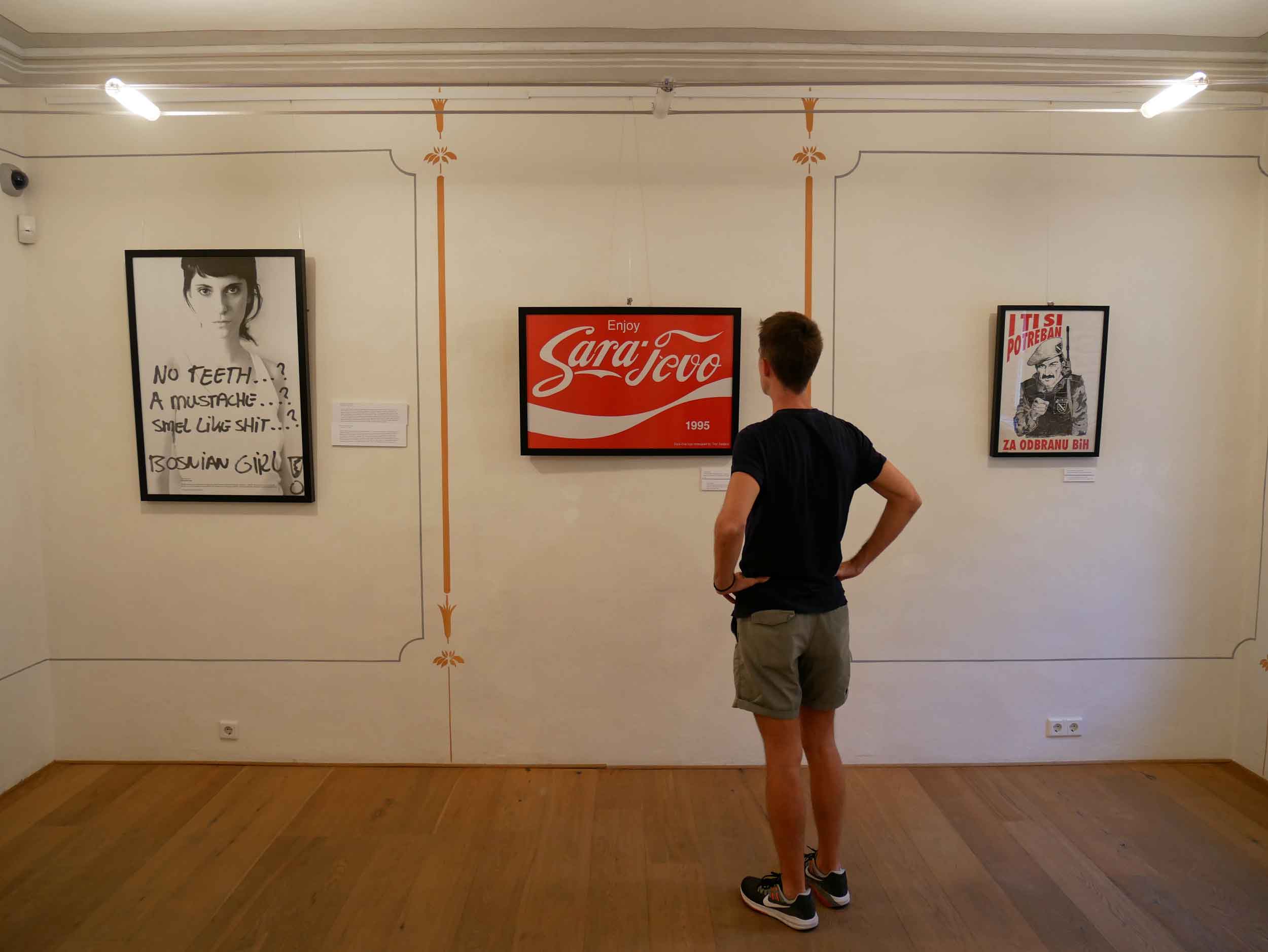
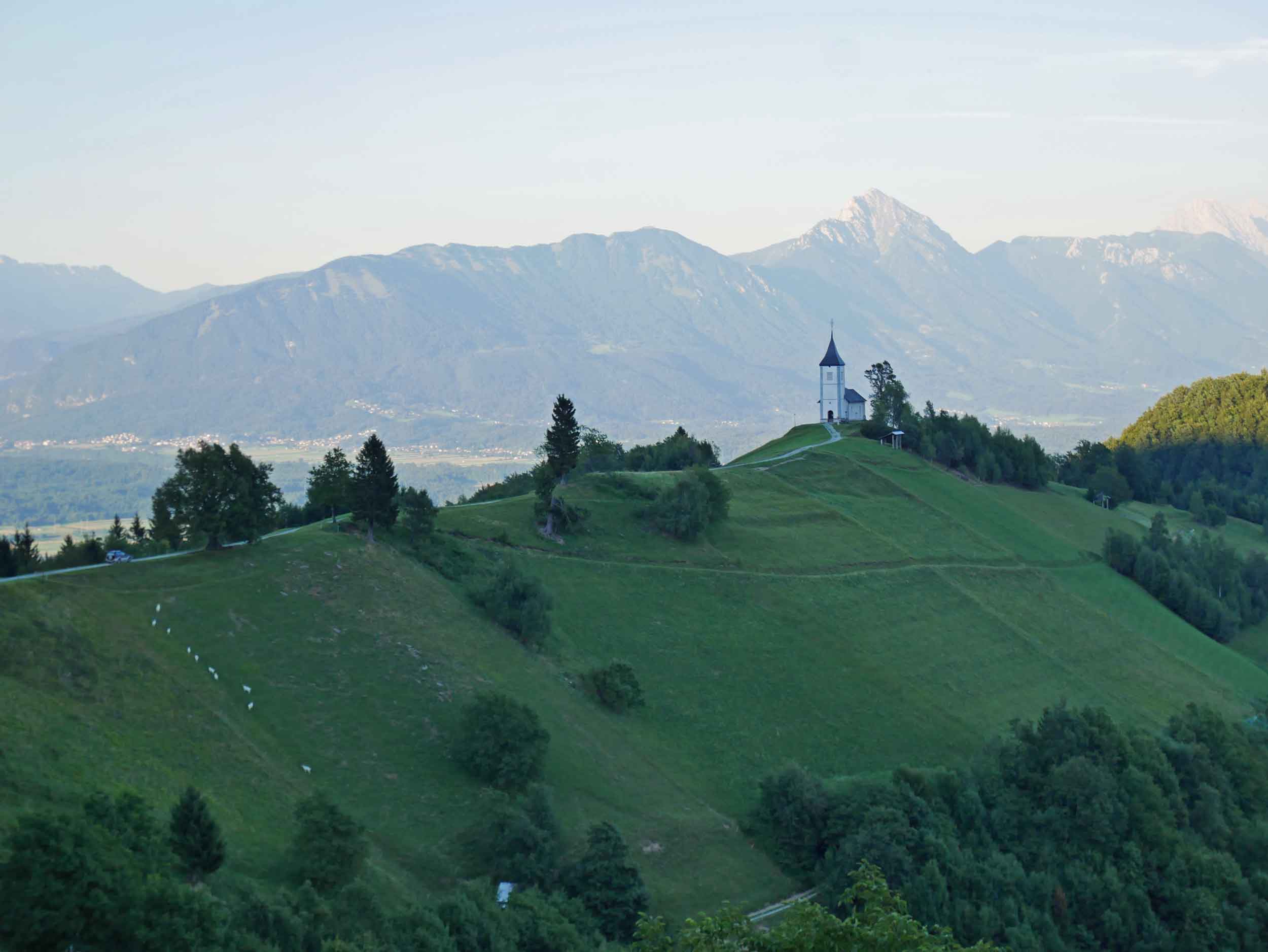

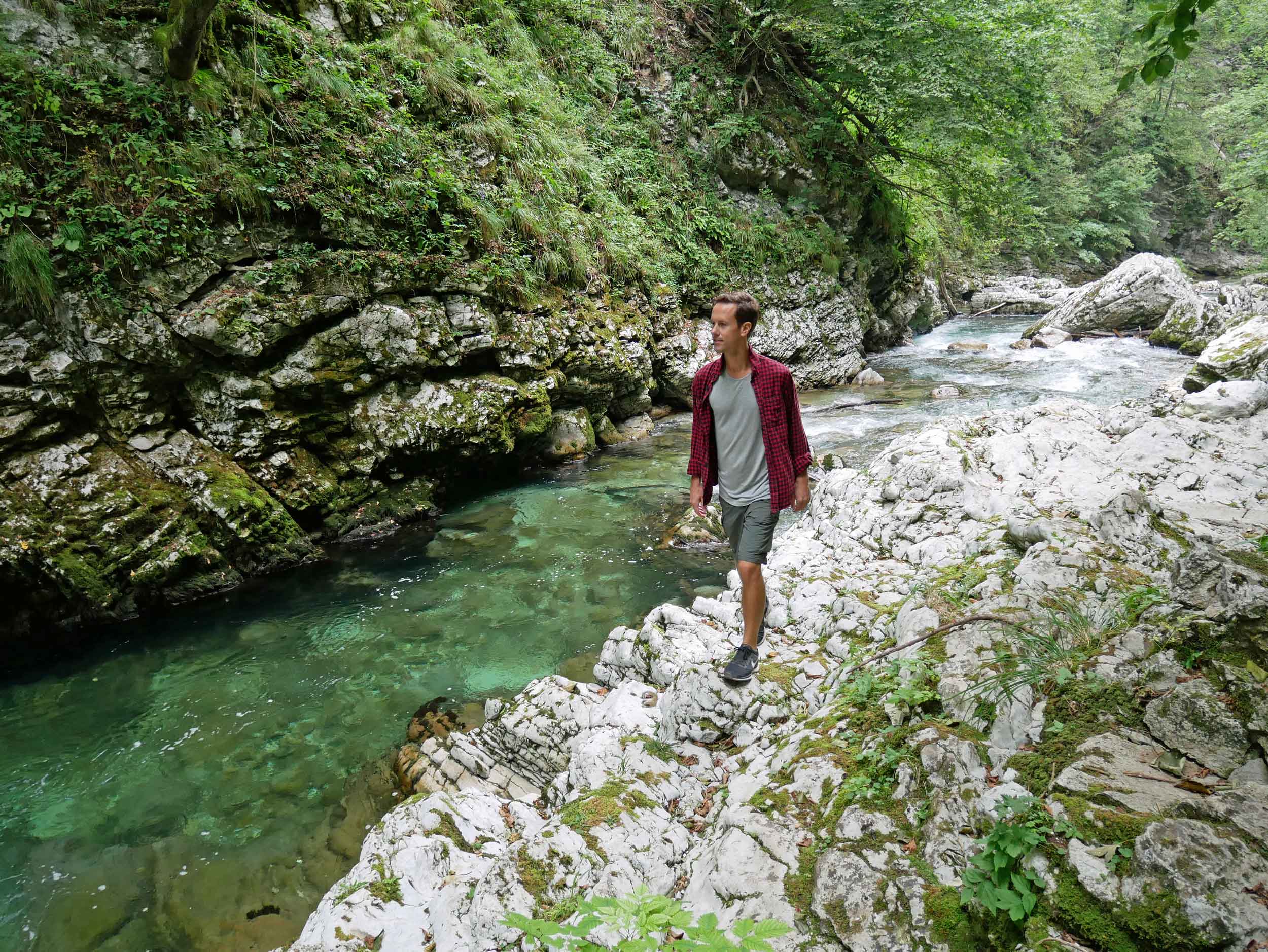
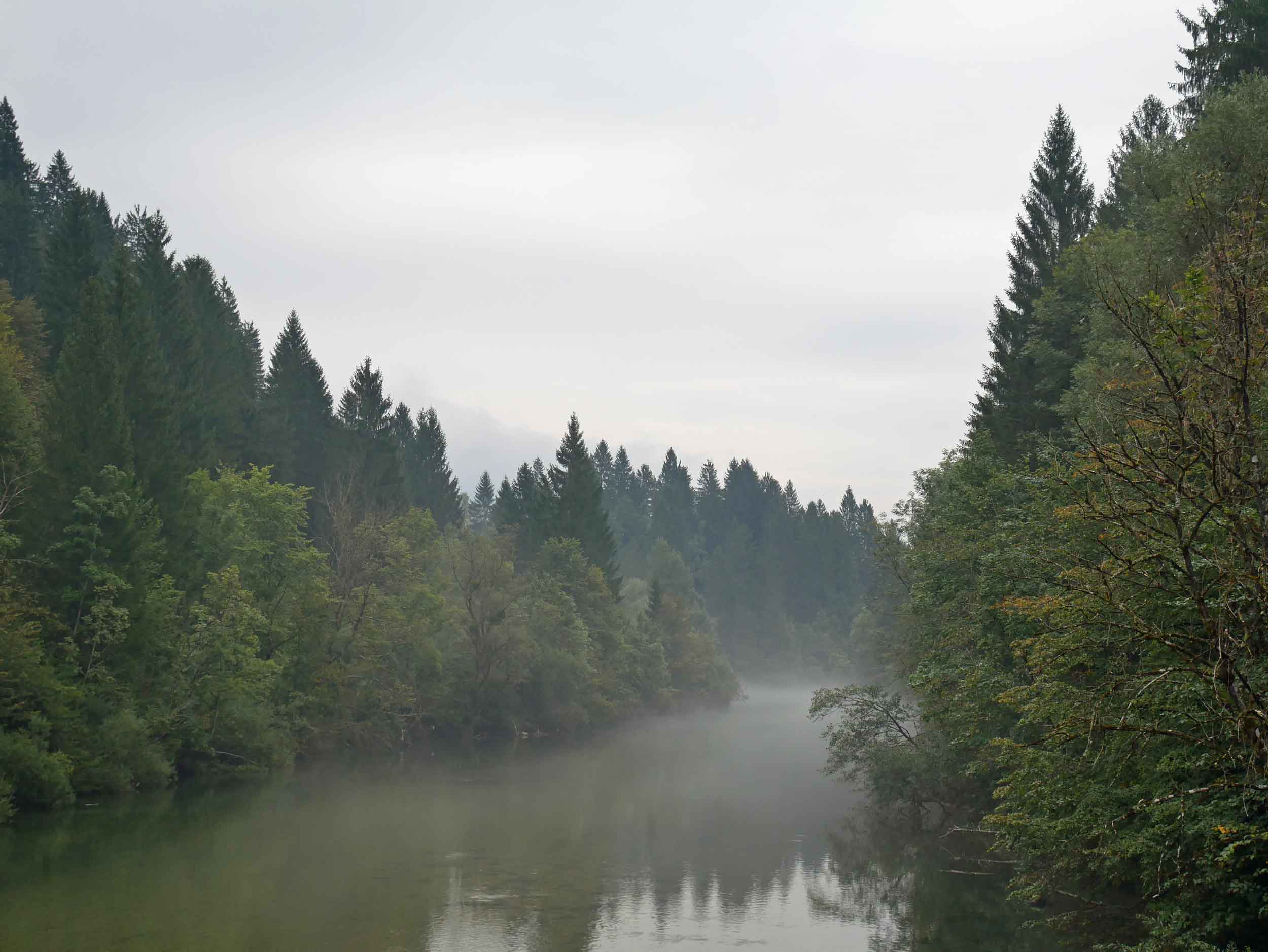
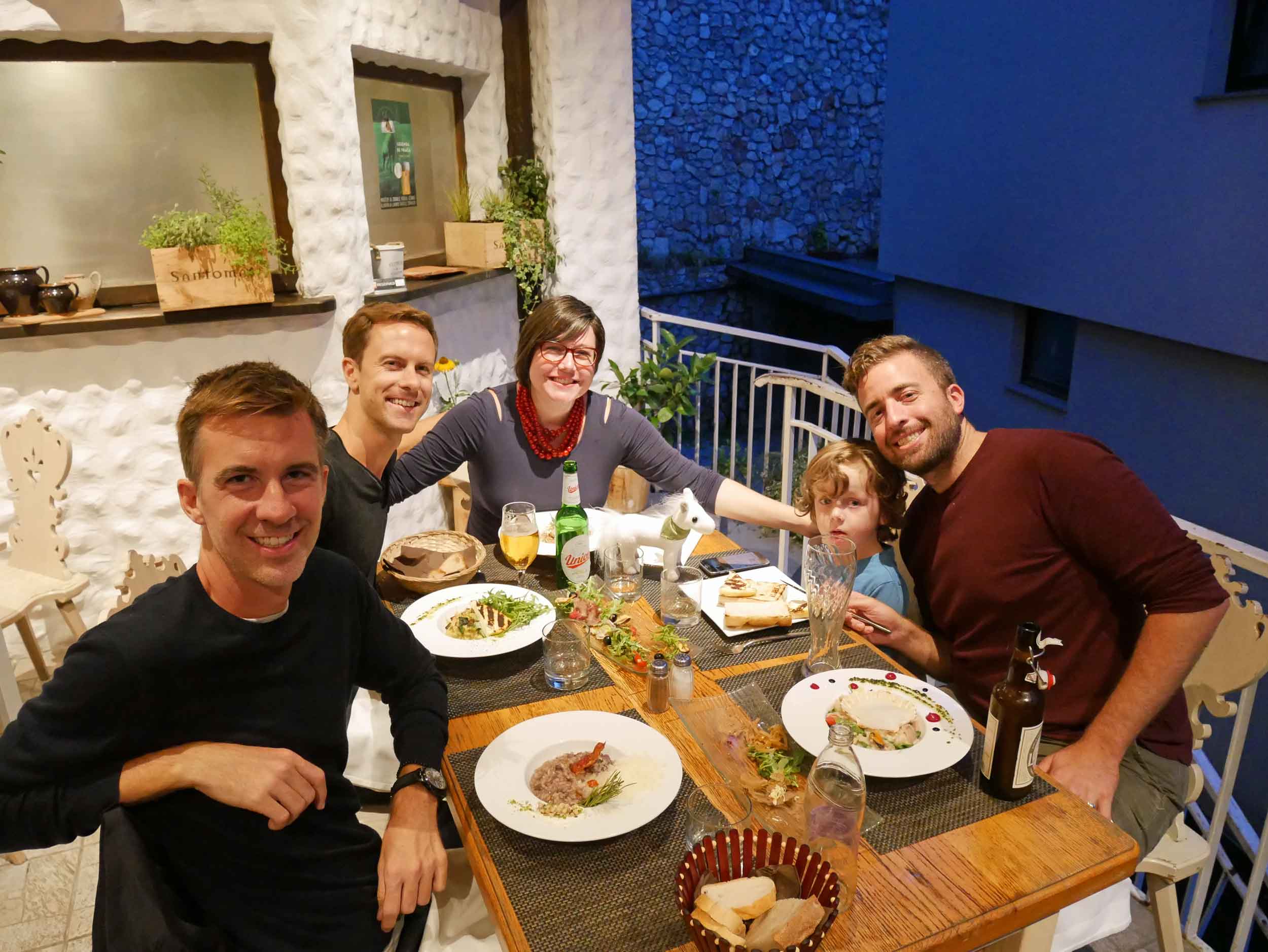
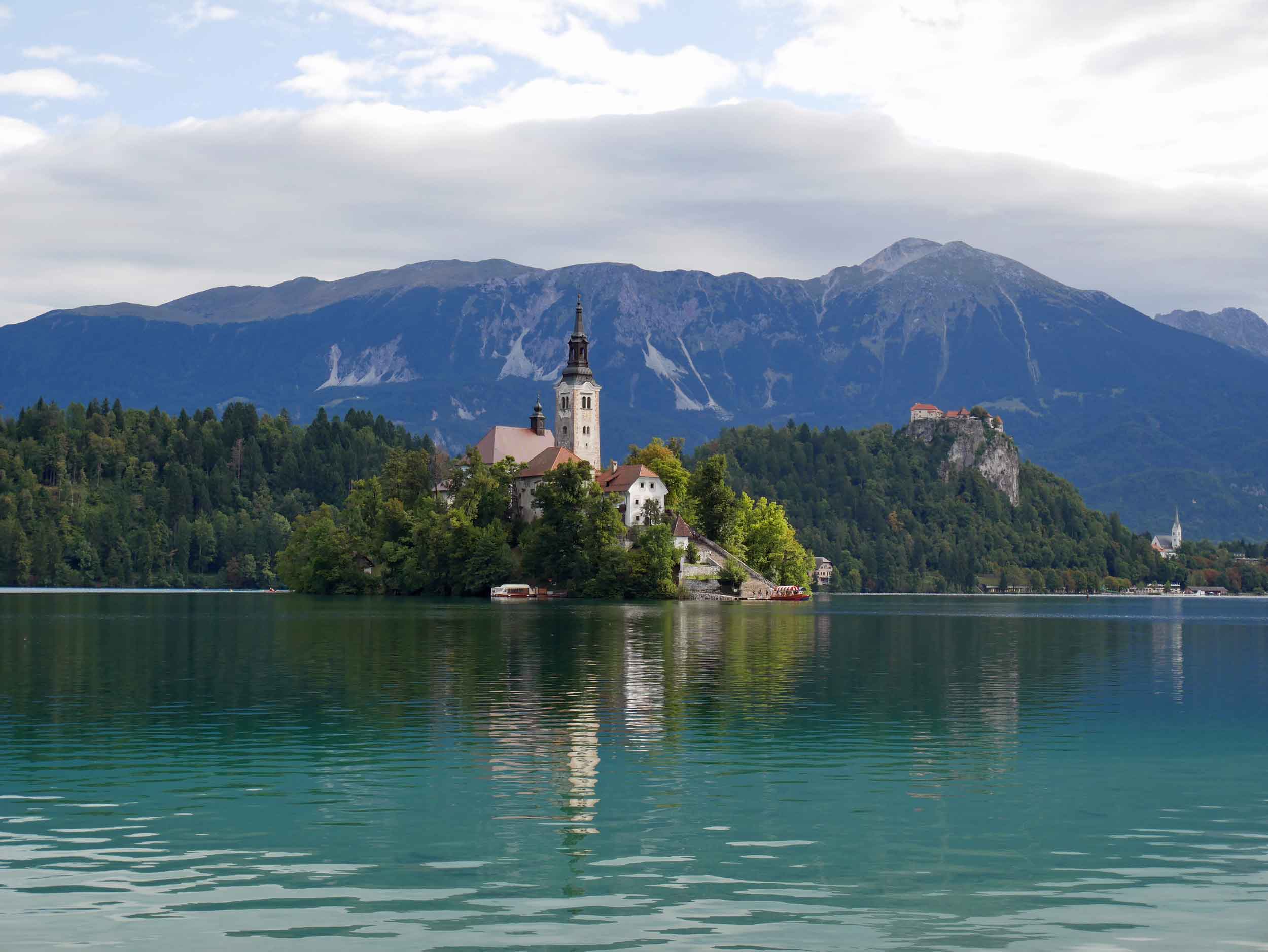
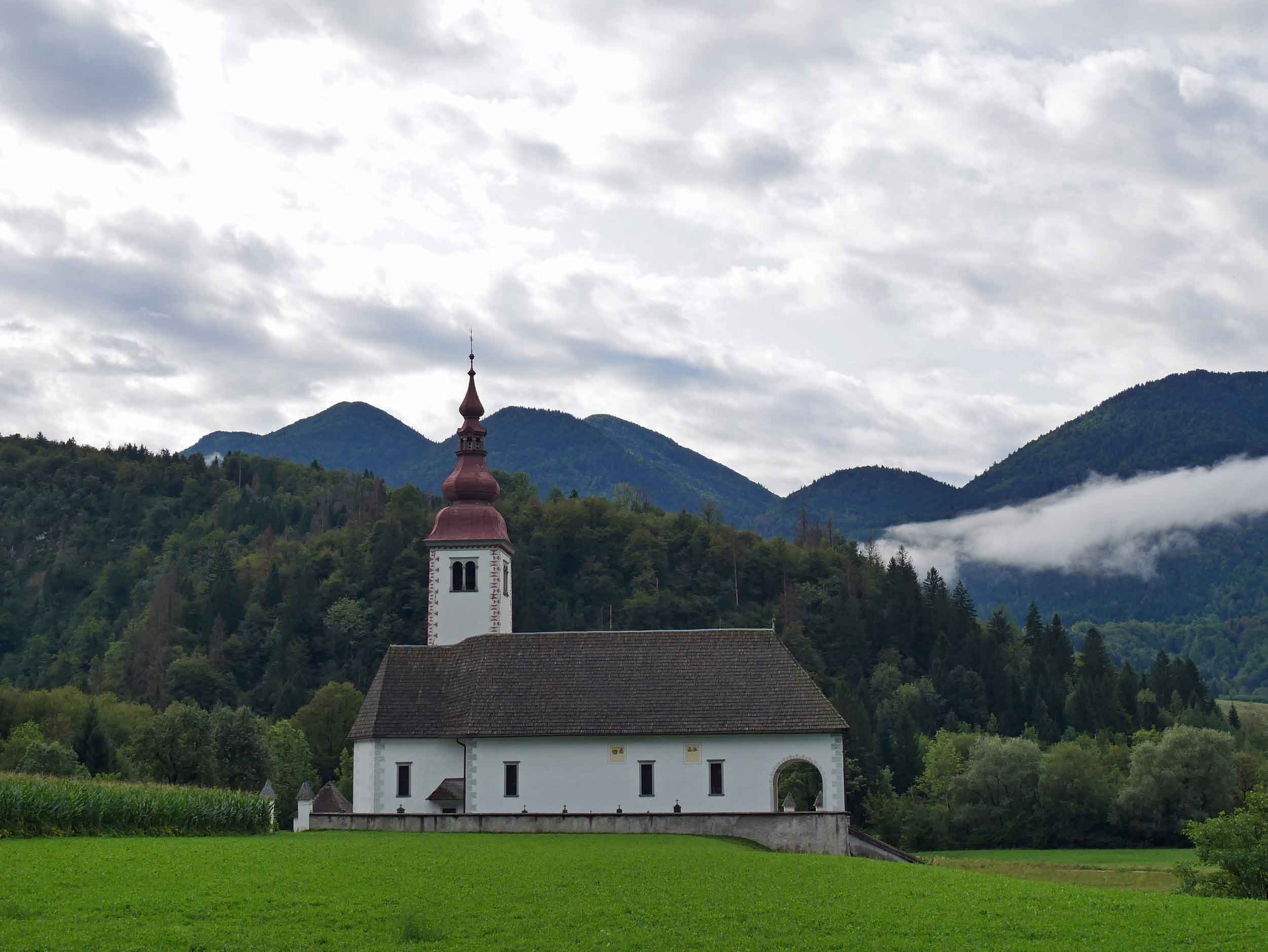
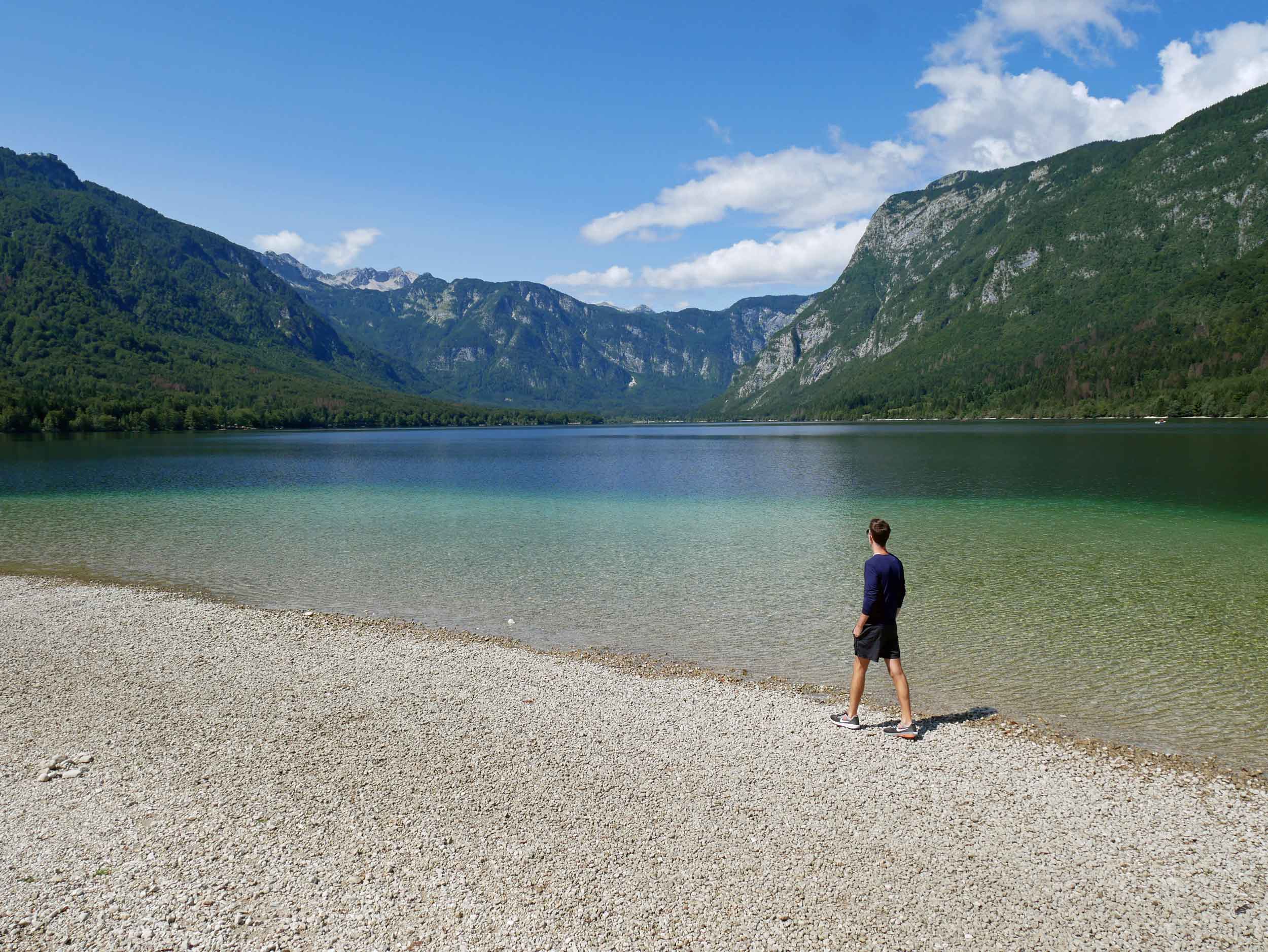
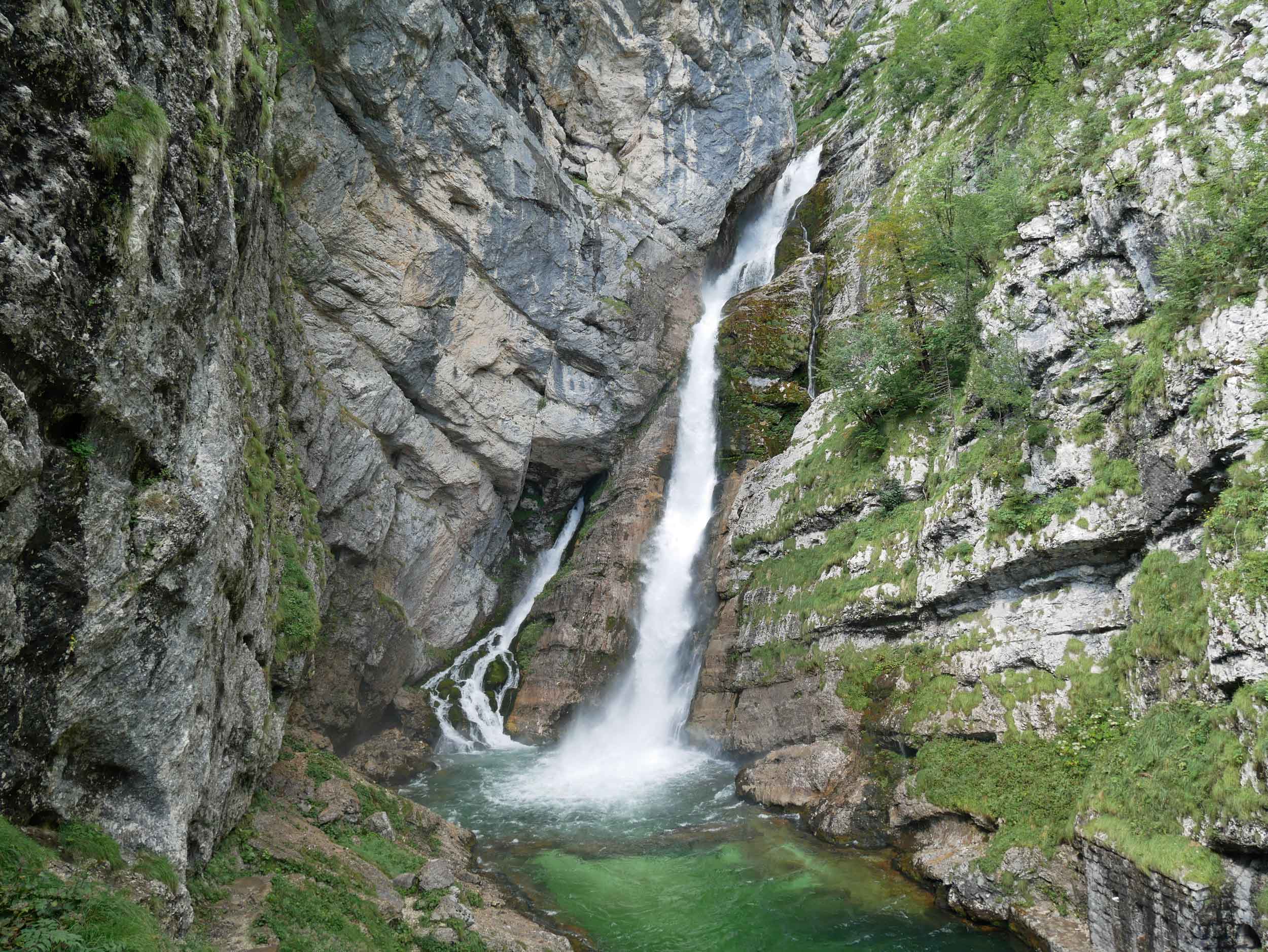
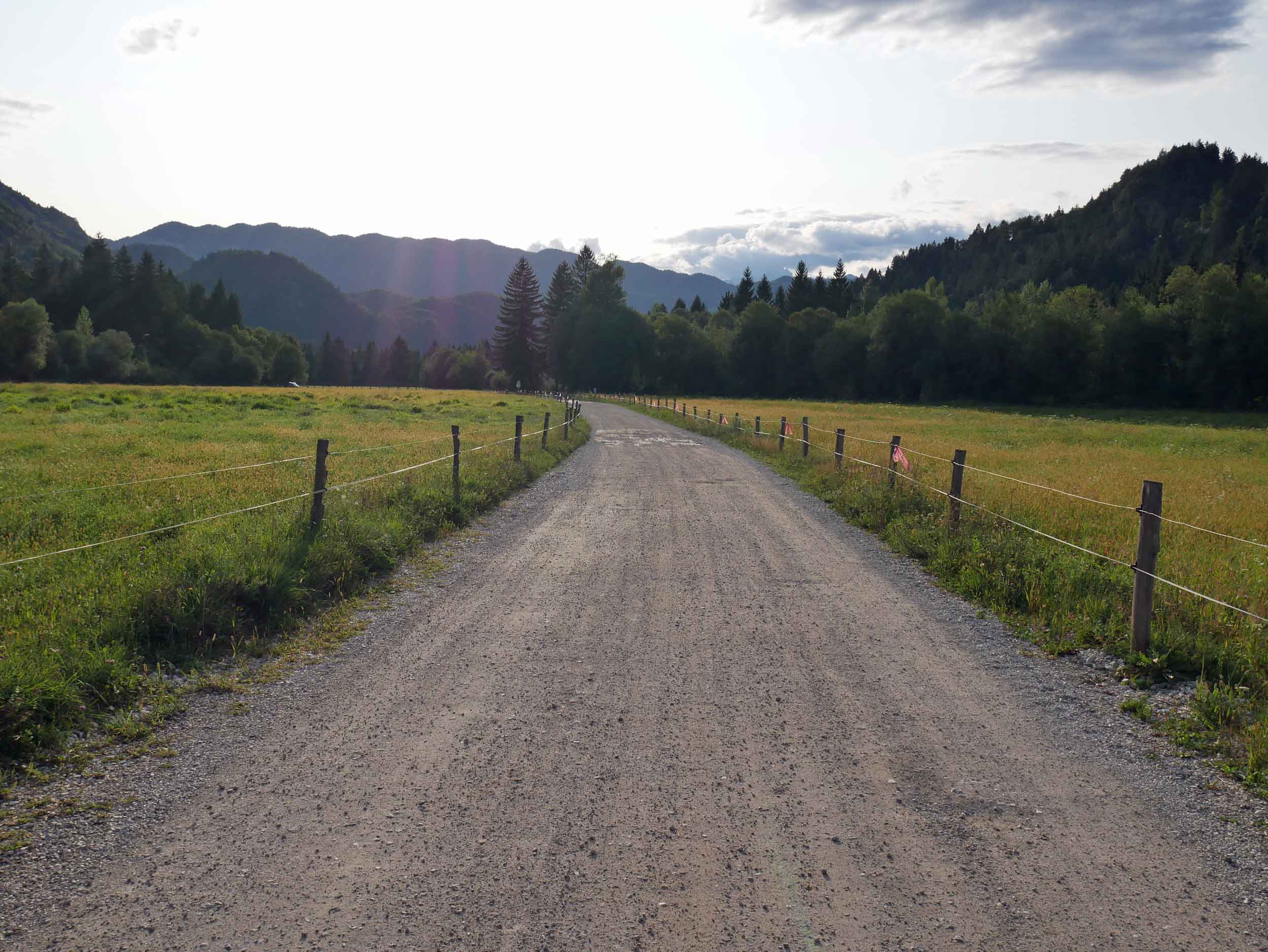
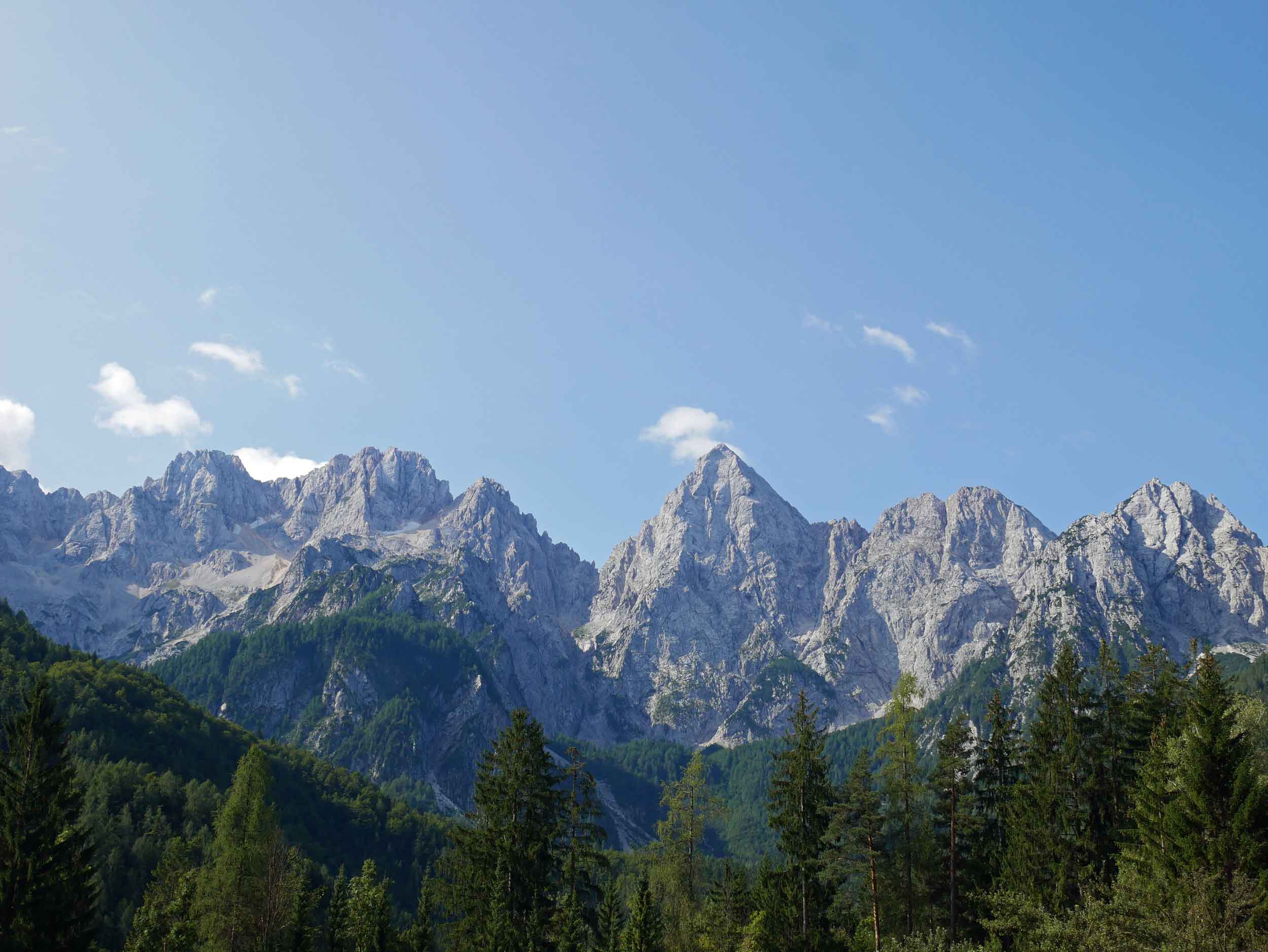
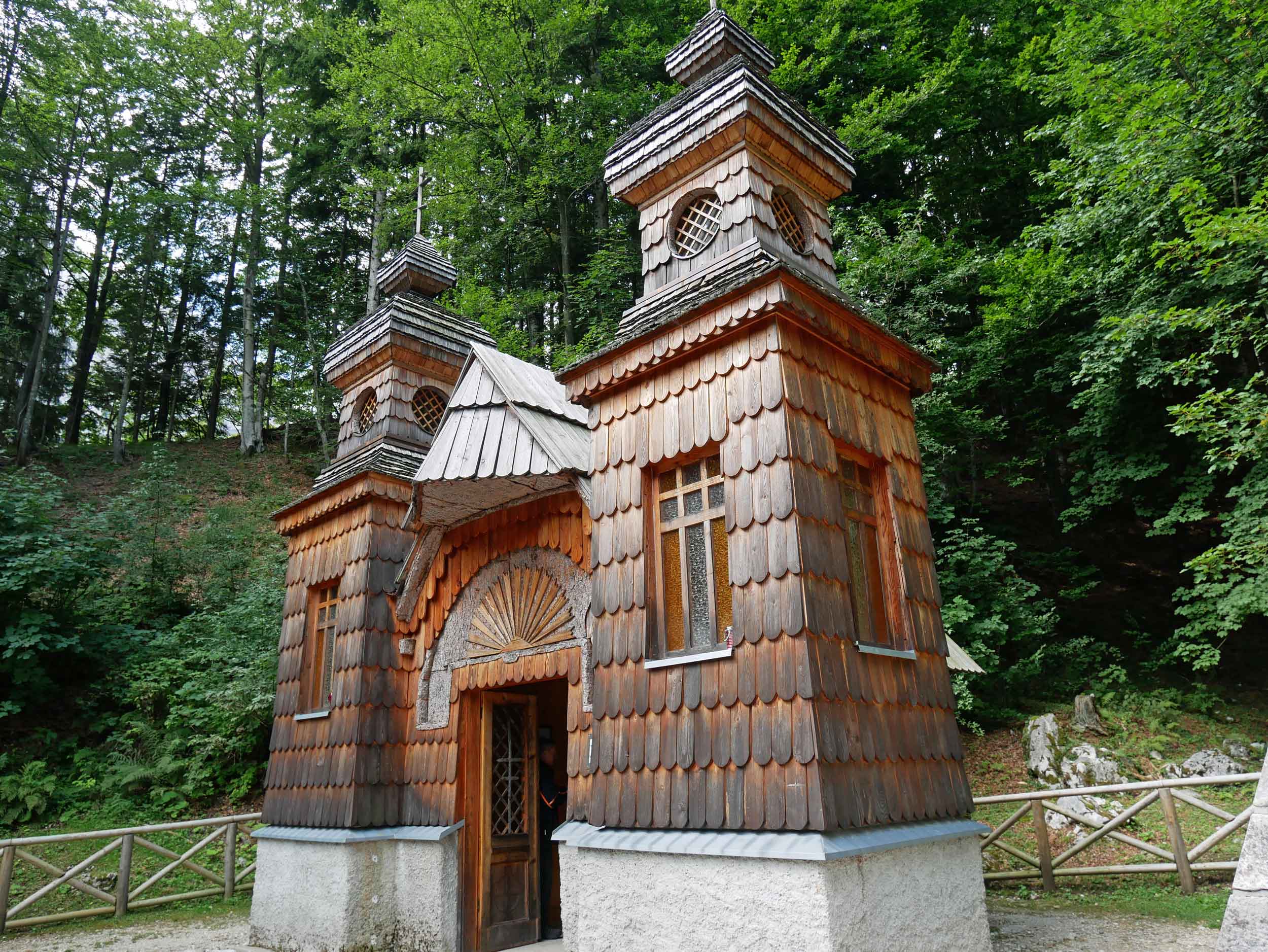
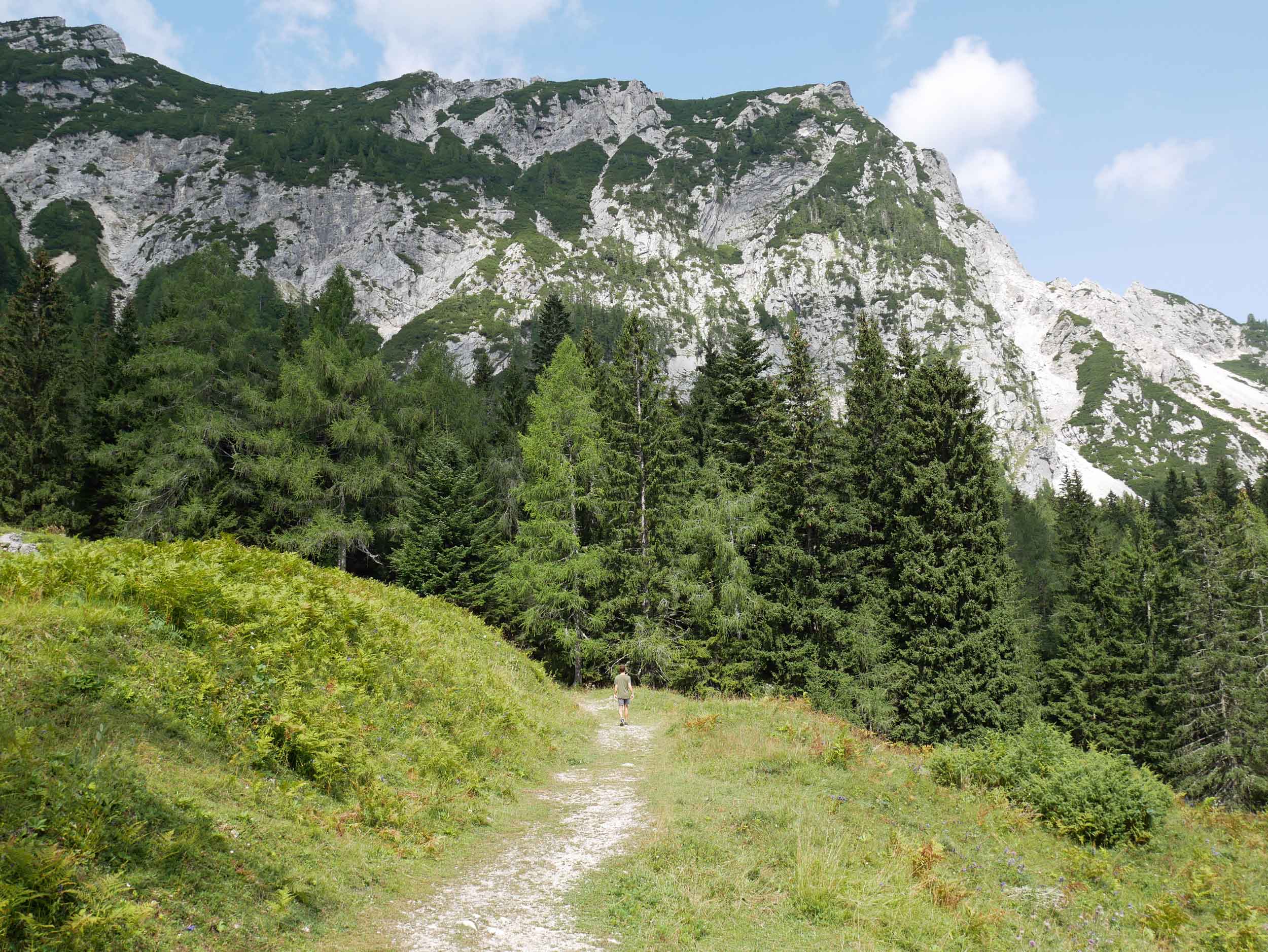
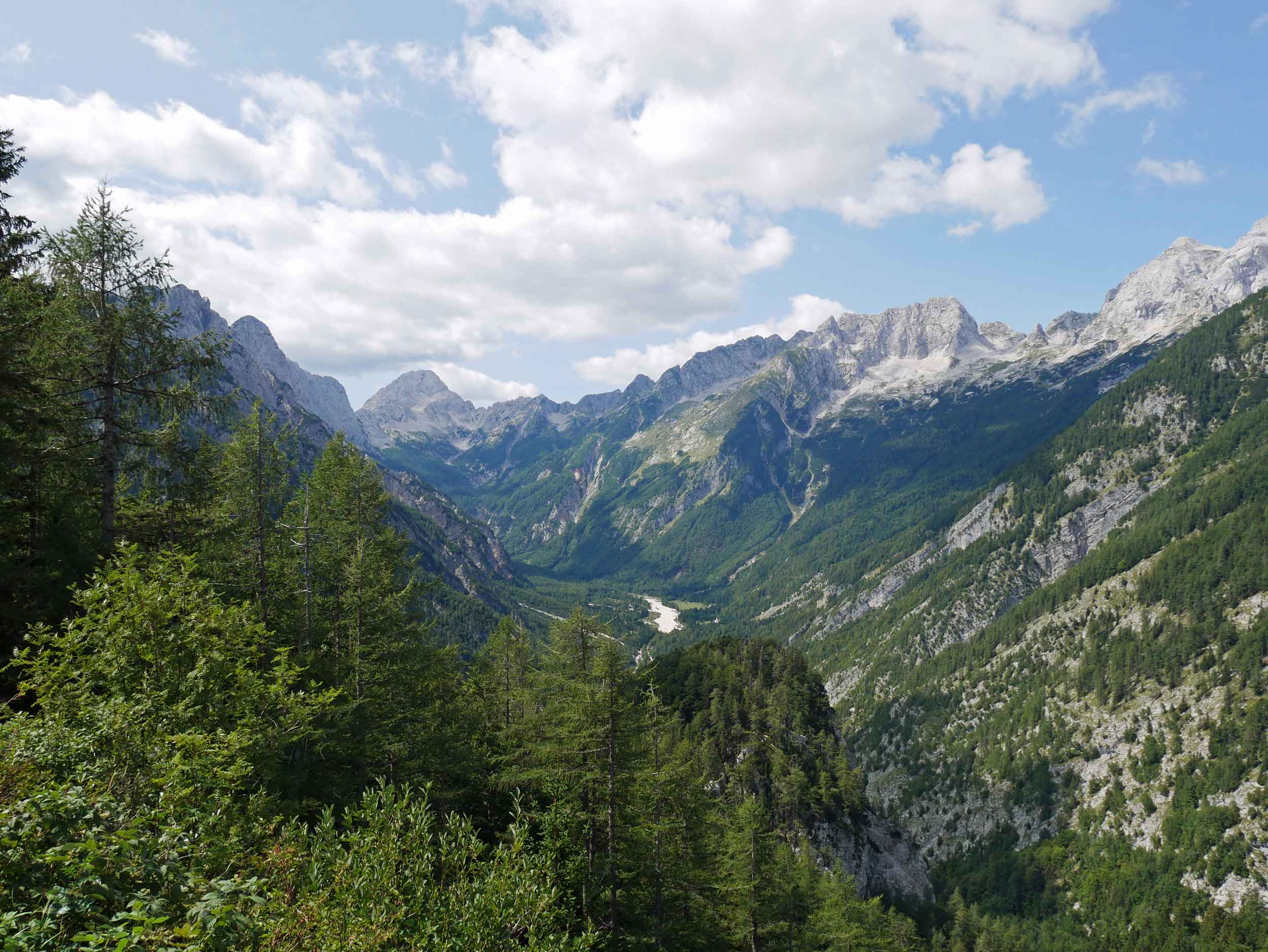
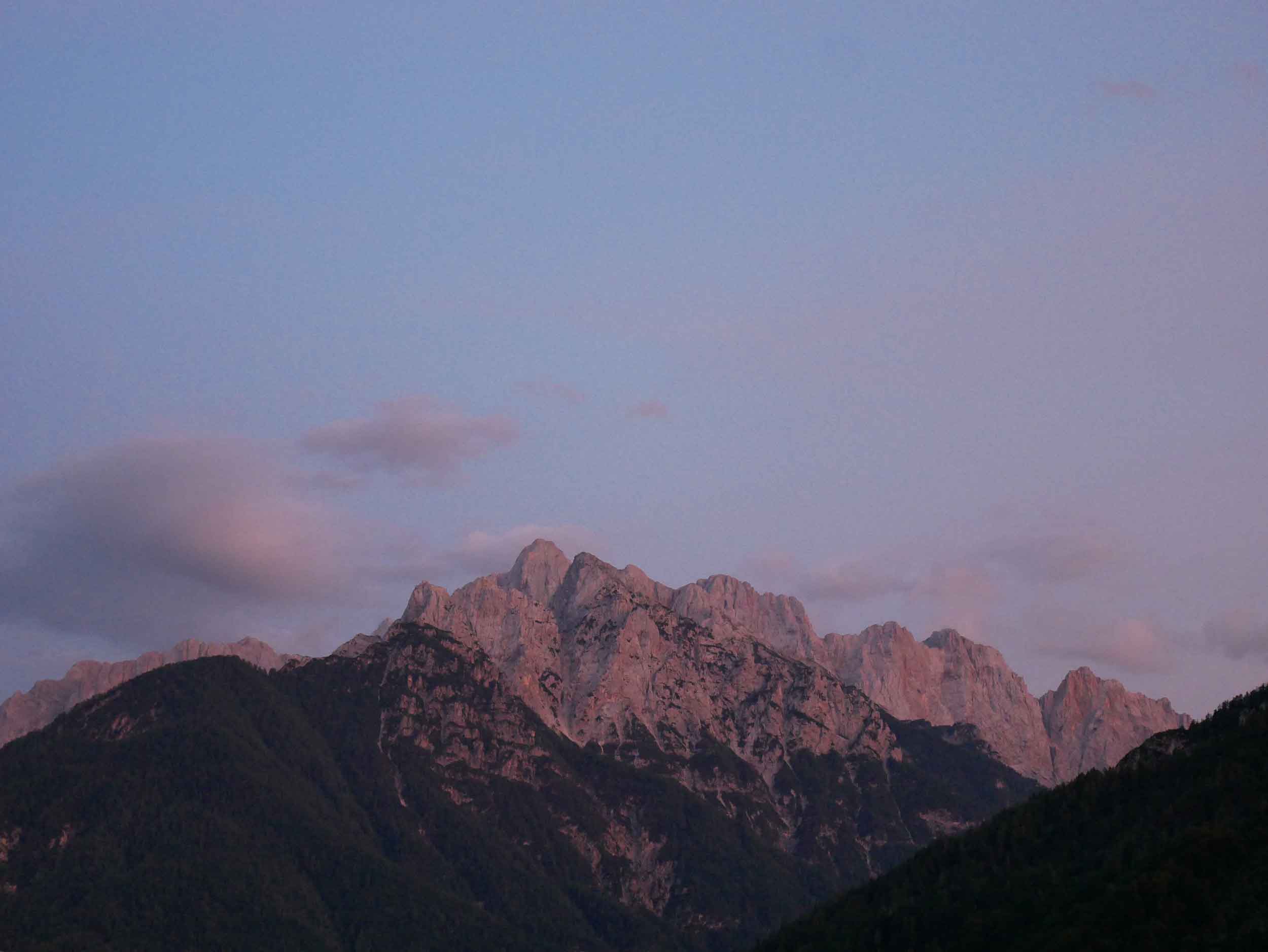

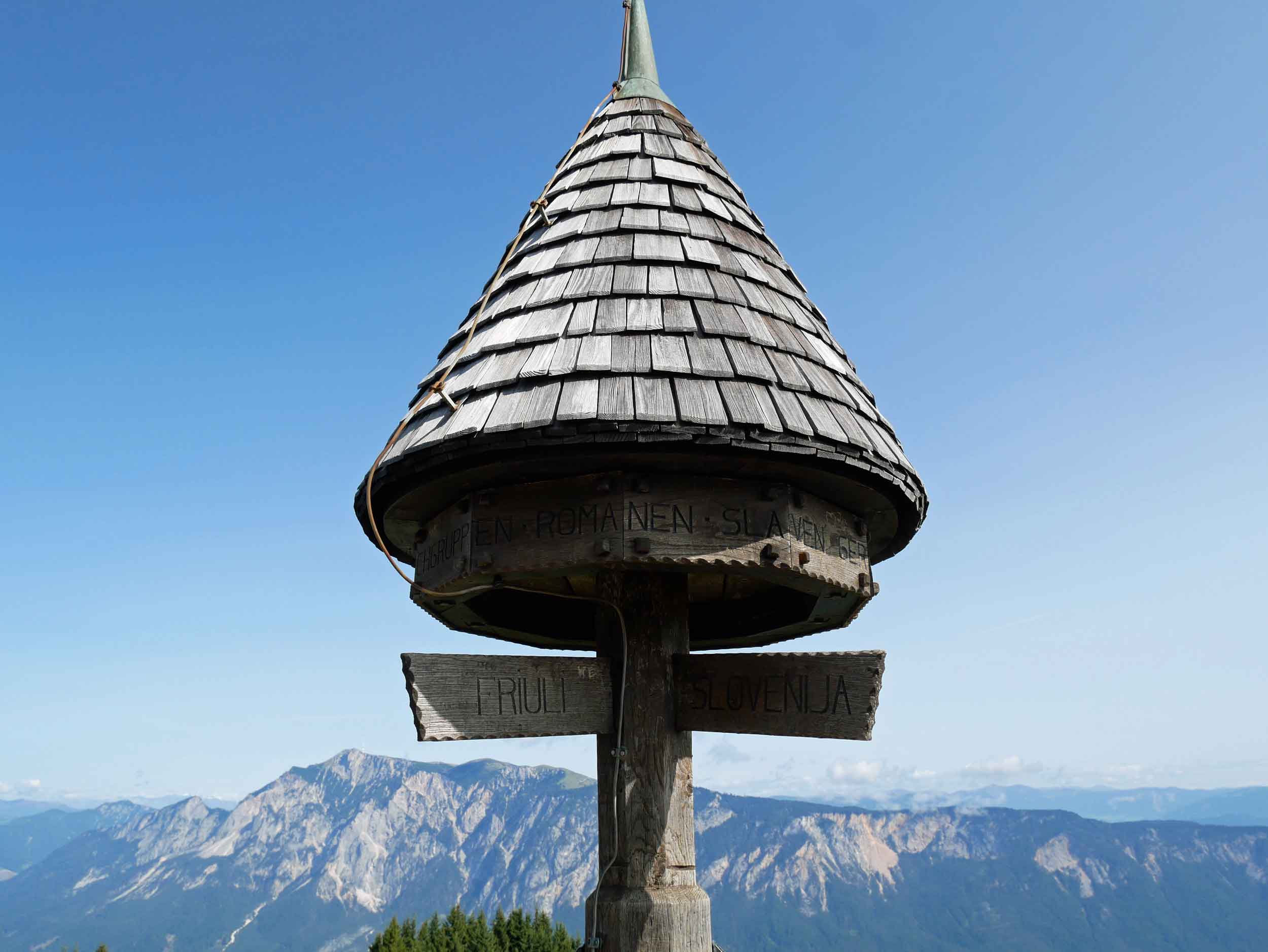
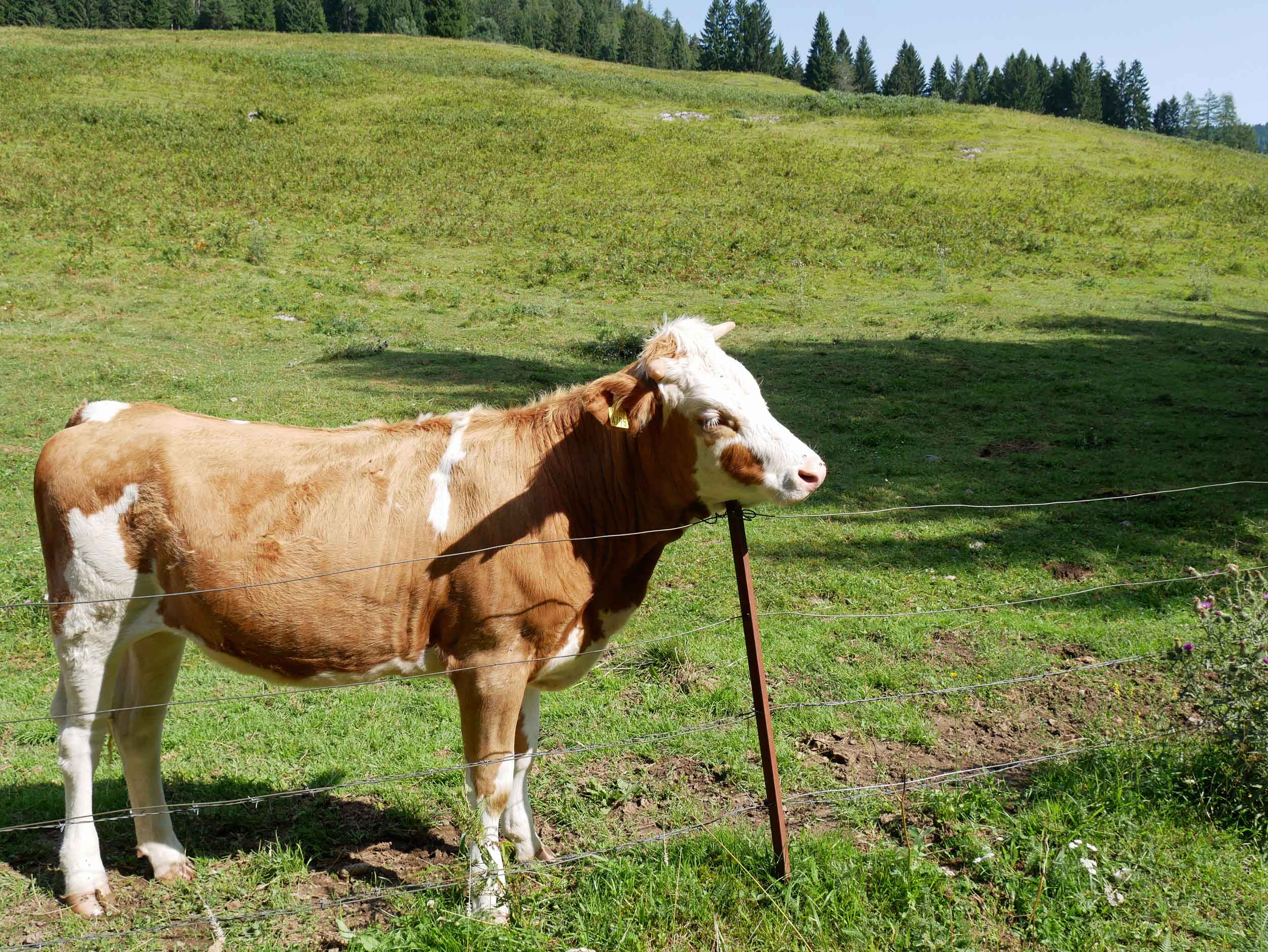

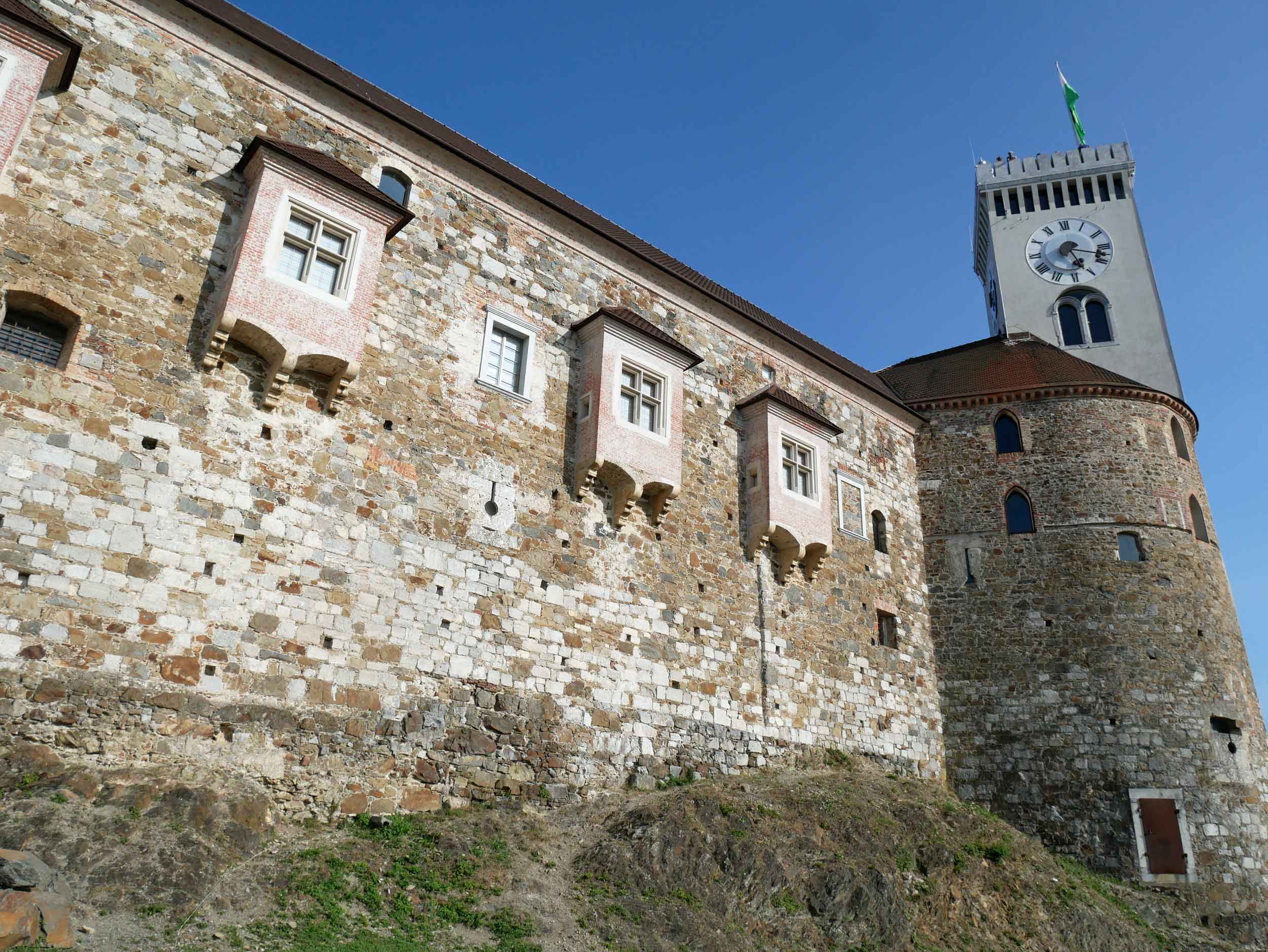
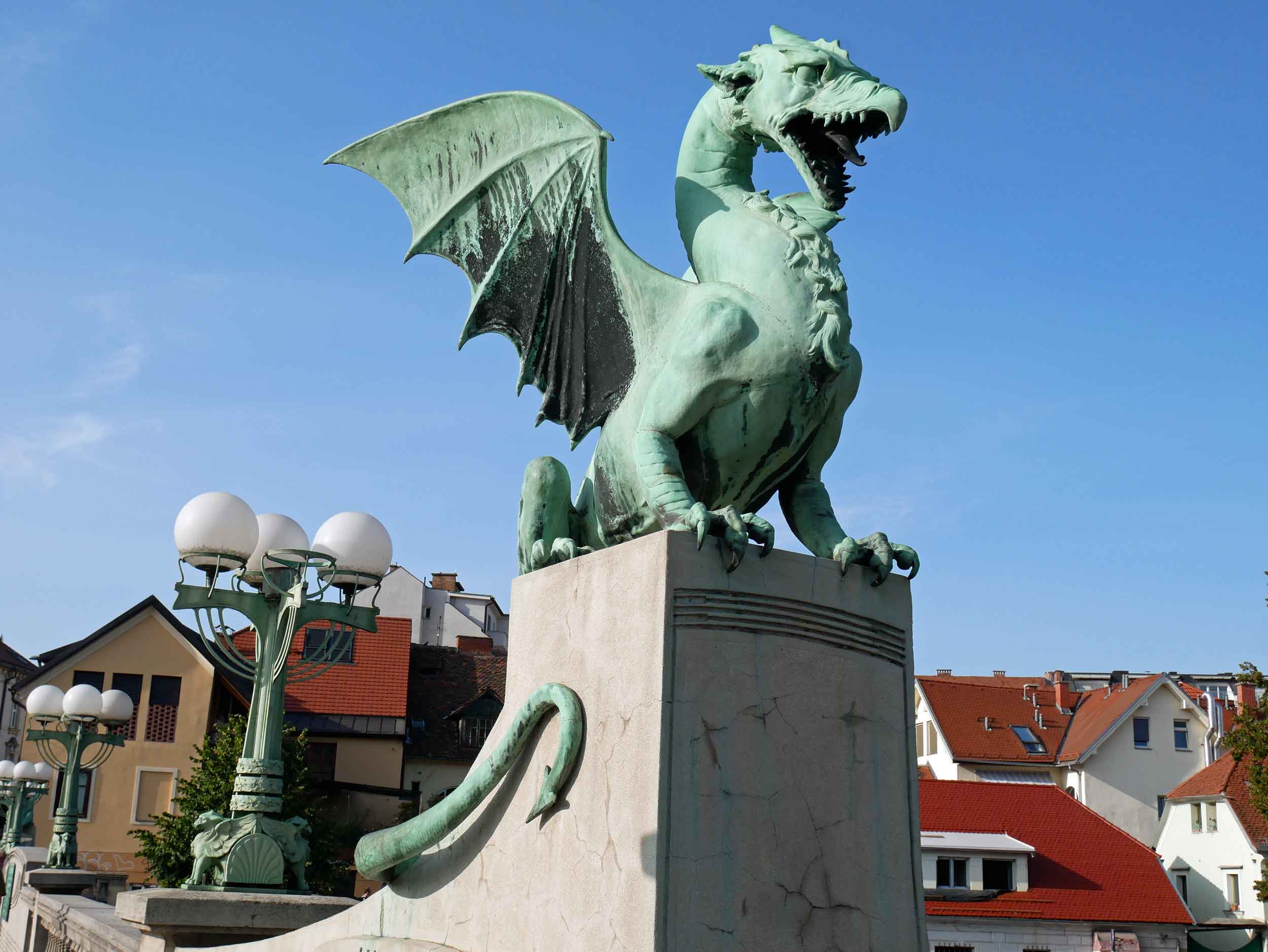
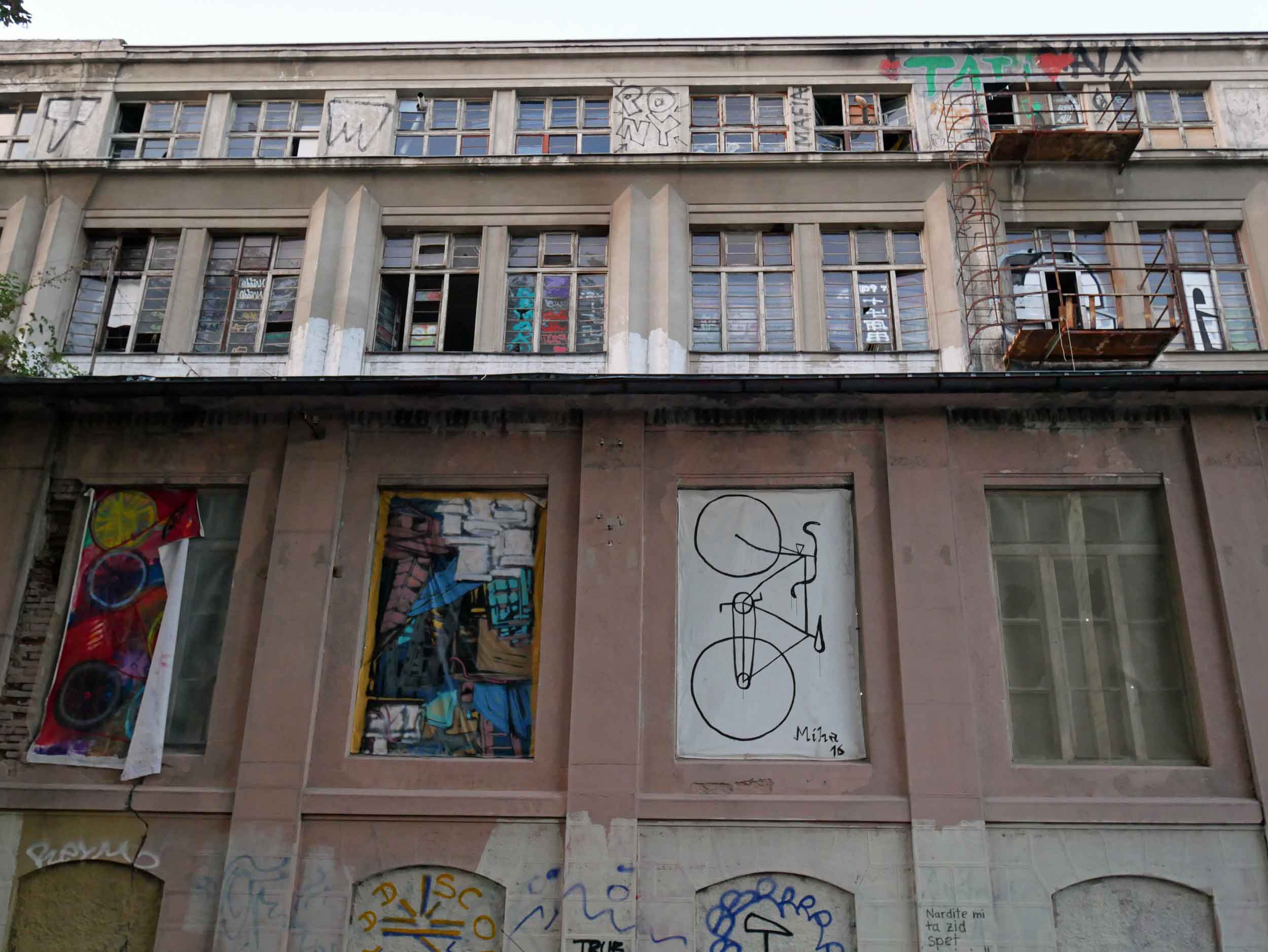
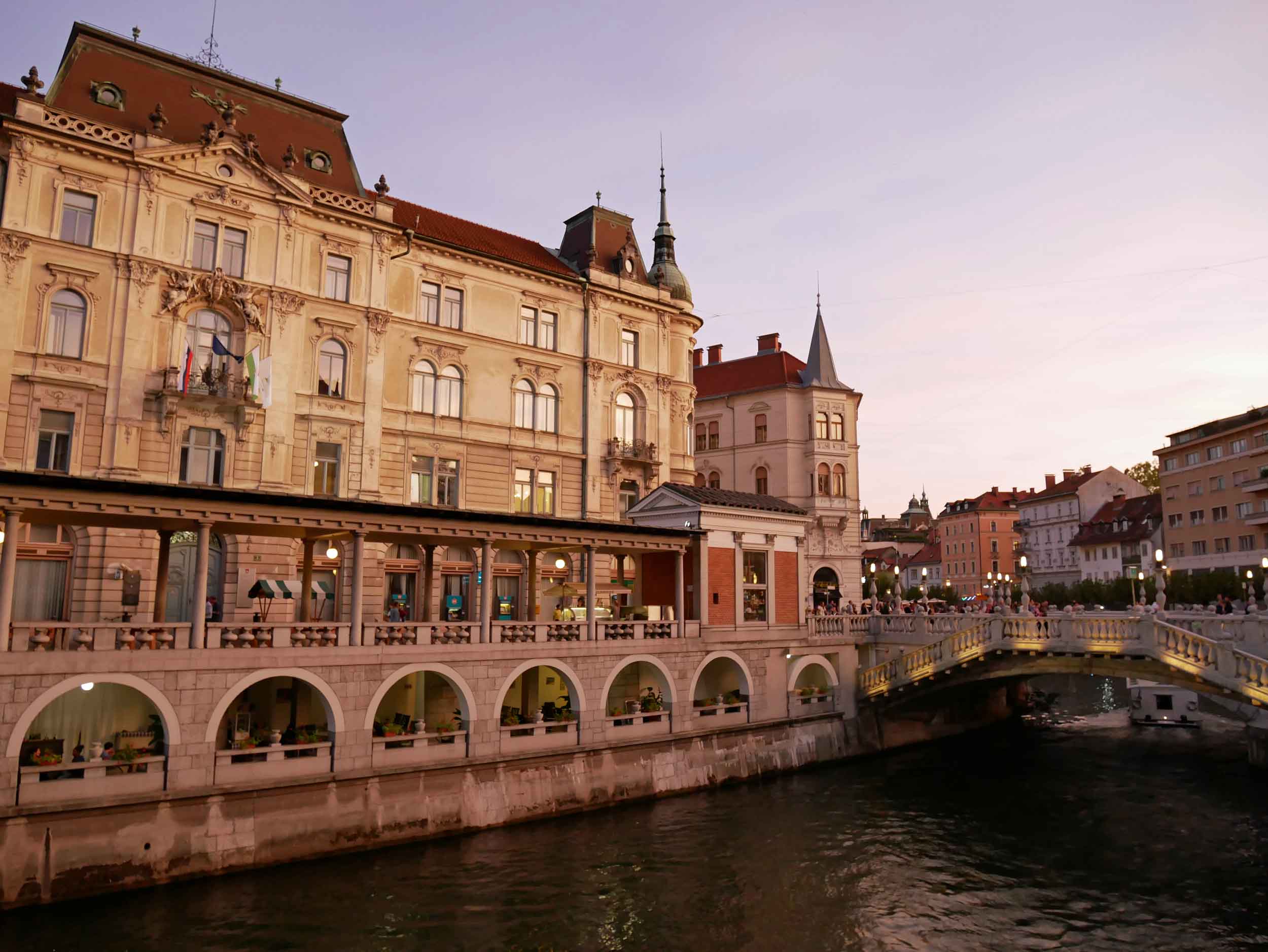
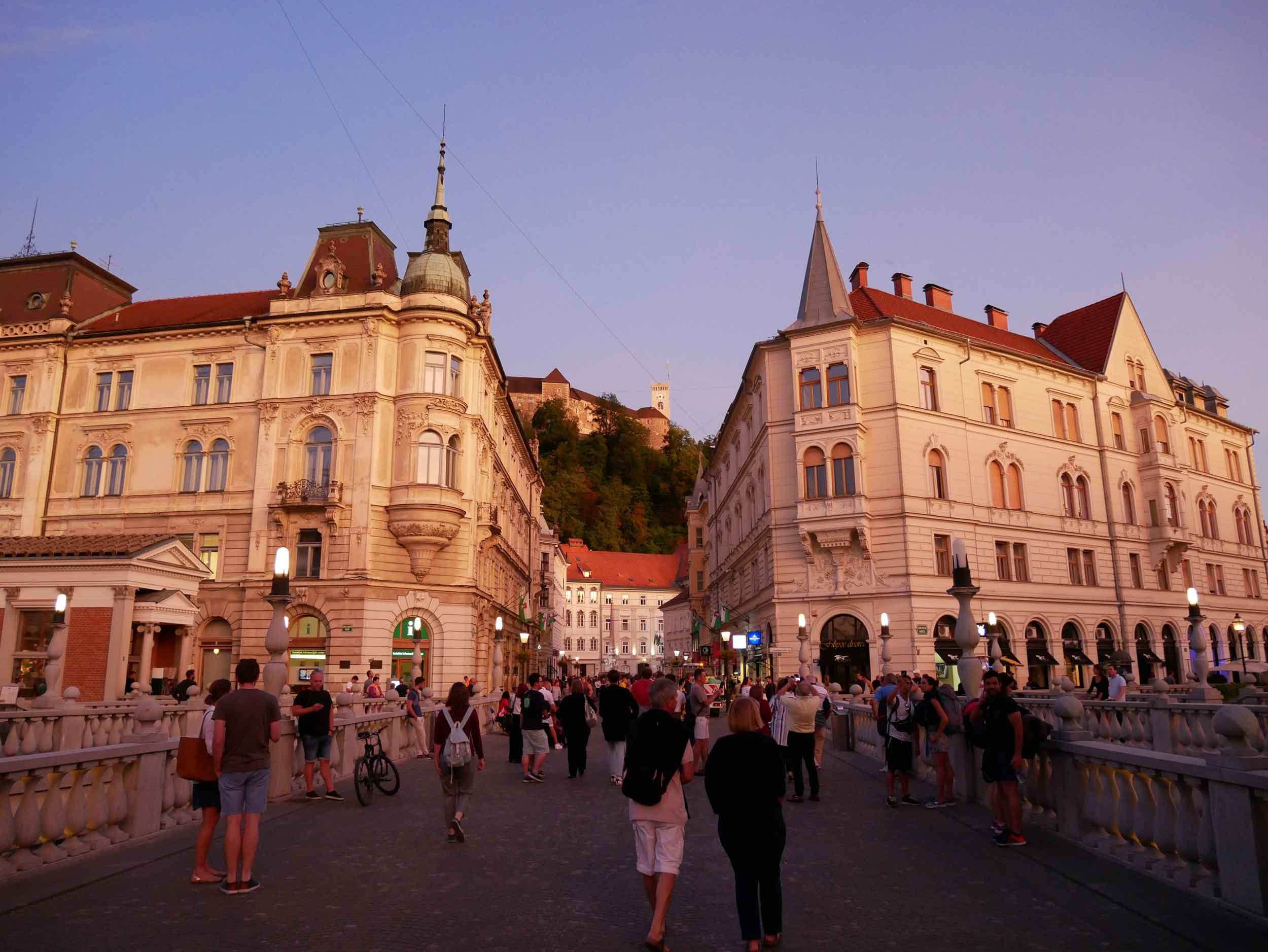
Our weeks spent on the beaches and (mostly) in the mountains of the Balkans left us both appreciative of the fact that this incredibly diverse region has much to offer and will certainly continue to draw tourists and travelers for its natural beauty, ancient history and fascinating mix of cultures.
